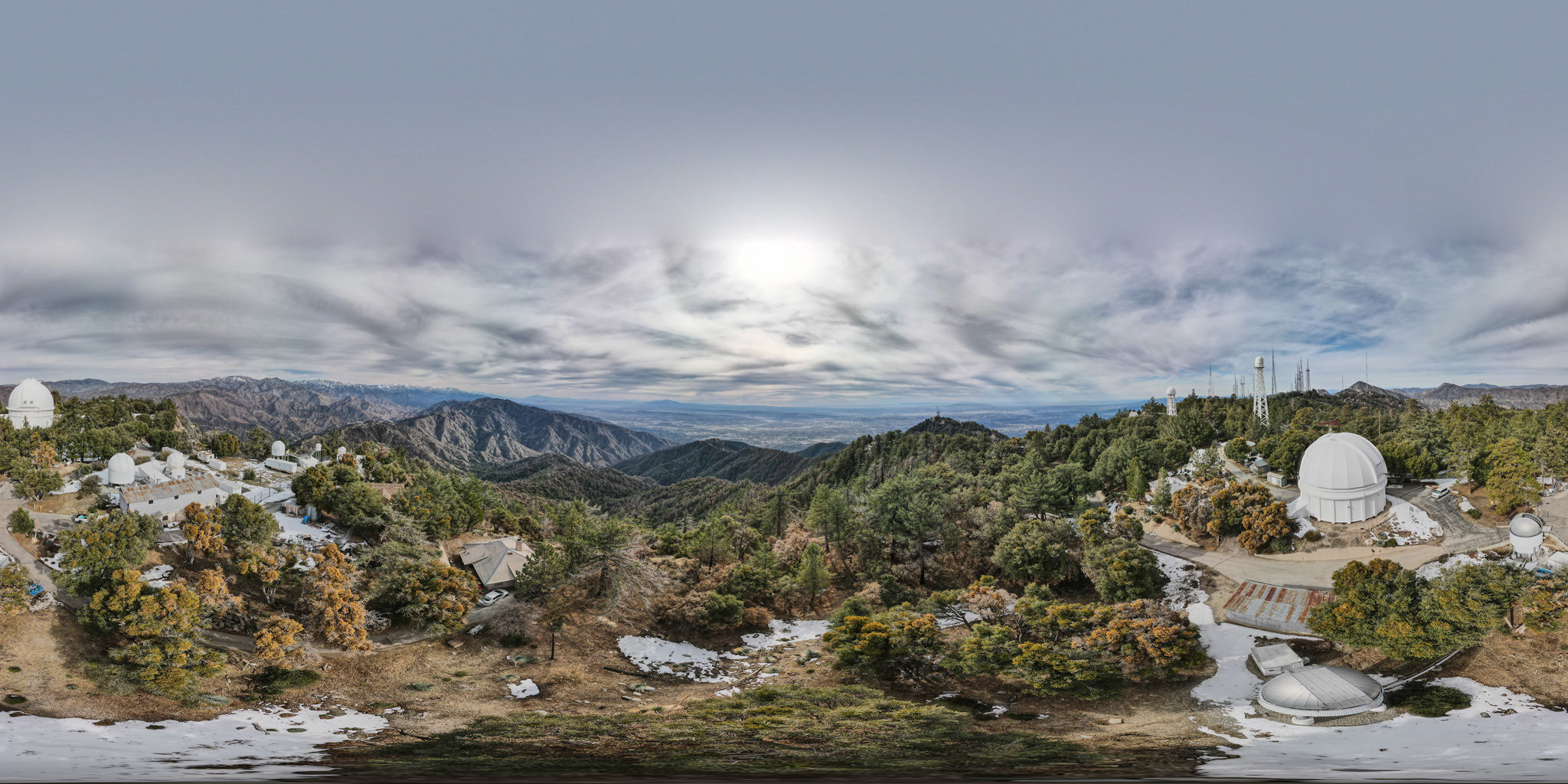
The CHARA Array:
The sharpest eyes in the world
nic scott
Telescope Systems Scientist












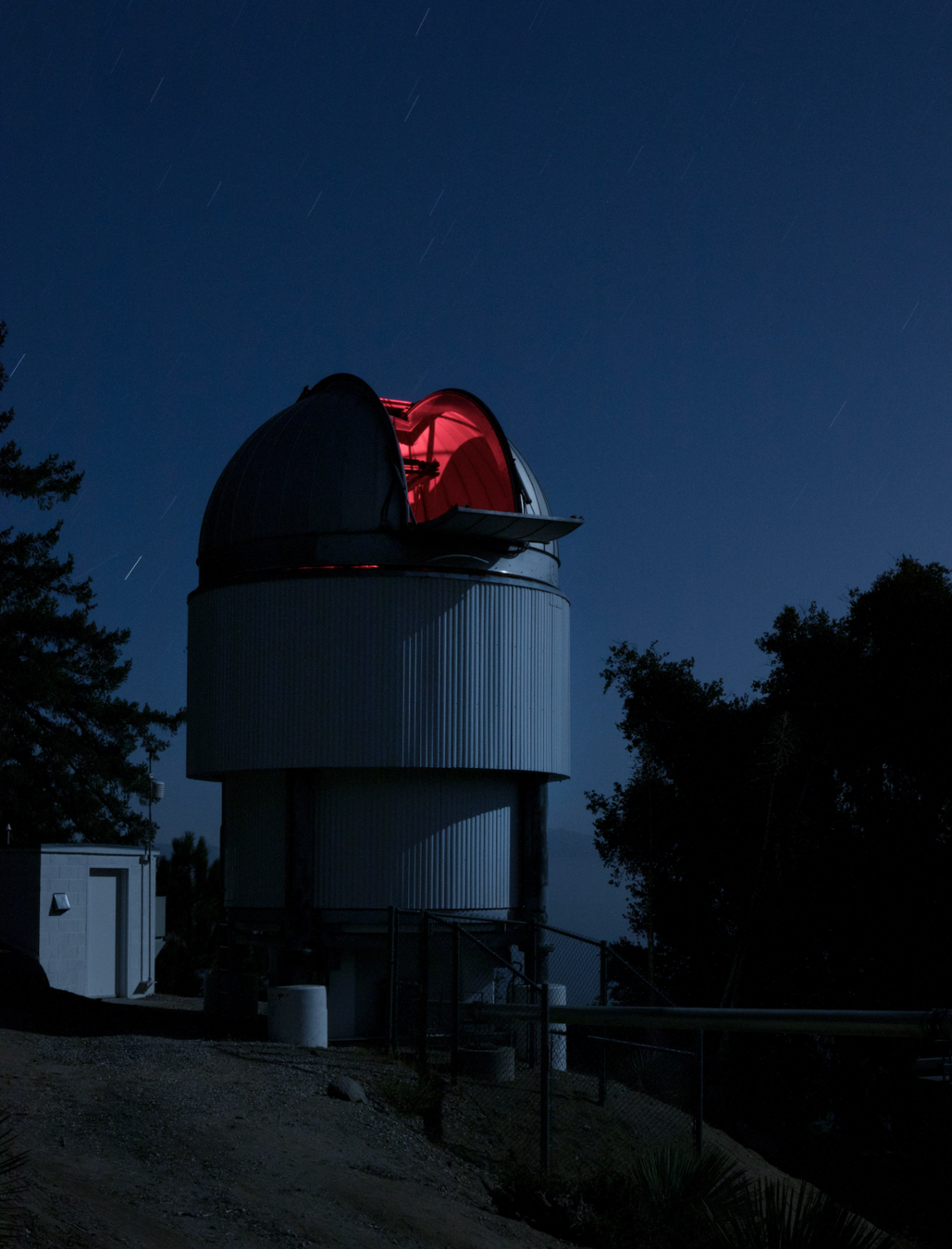

Carnegie Jun 2024

X

The Array is capable of resolving details as small as 200 micro-arcseconds, equivalent to the angular size of a nickel (0,20€) coin seen from a distance of 10,000 miles (16,000 km).

Preliminary planning: 1985
engineering studies: 1992
Georgia State $5.6-million 5-telescope array: 1994
NSF capital investment to nearly $6.3-million.
University has provided matching funds in a similar amount.
Ground broken: 1996
Keck Foundation $1.5-million to add a 6th telescope: 1998
First fringes: 1999
The Array achieved starlight fringes on its 331-meter baseline, the longest baseline (by a factor of three) ever achieved by an optical interferometer: 2000
>250 refereed publications

Center for High Angular Resolution Astronomy
Georgia State University, Atlanta
Director: Douglas Gies
CHARA Array
Mount Wilson Observatory, California
Director: Gail Schaefer
16 staff members onsite
Operations funded through the NSF, GSU, collaboration partners












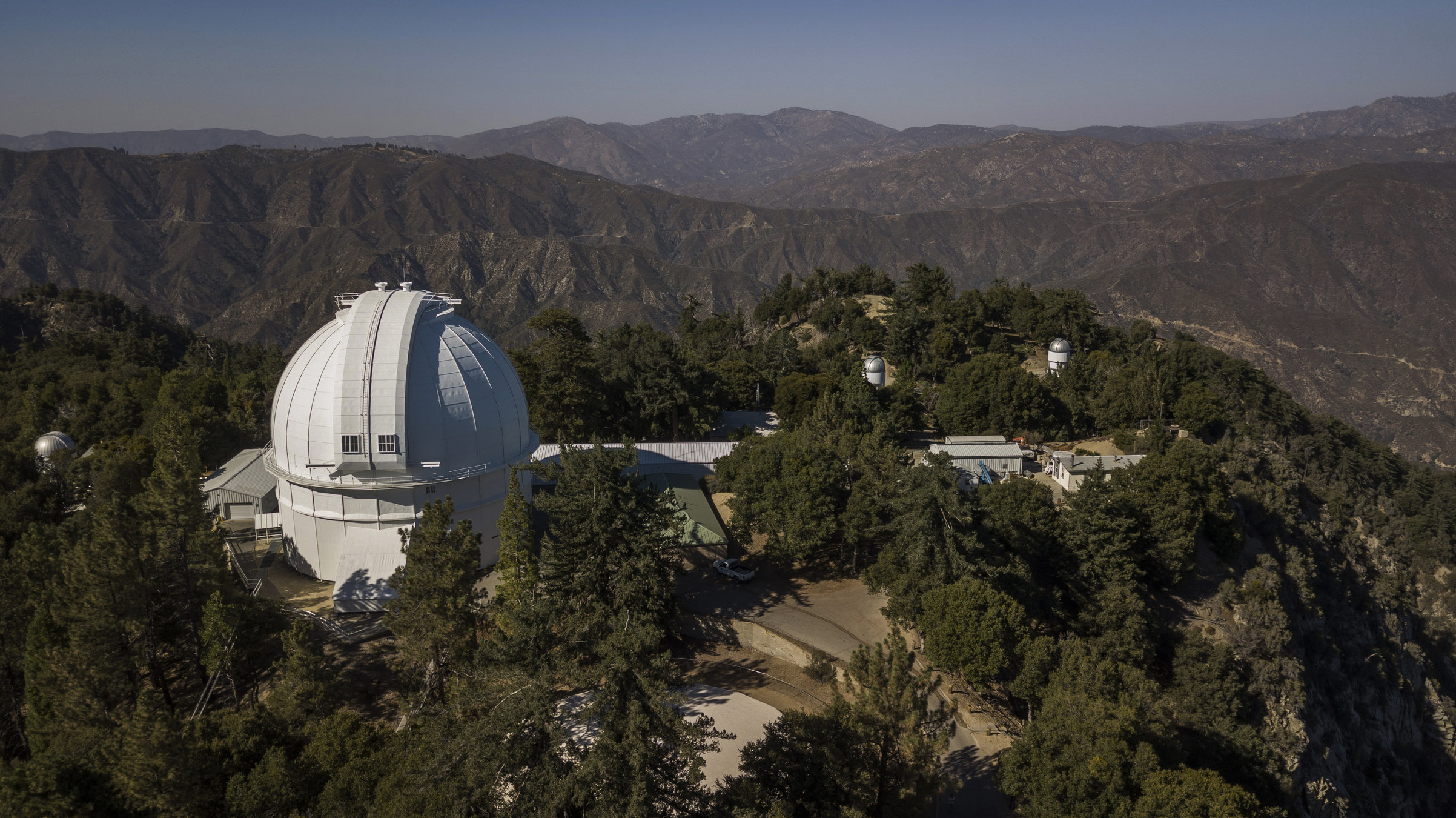
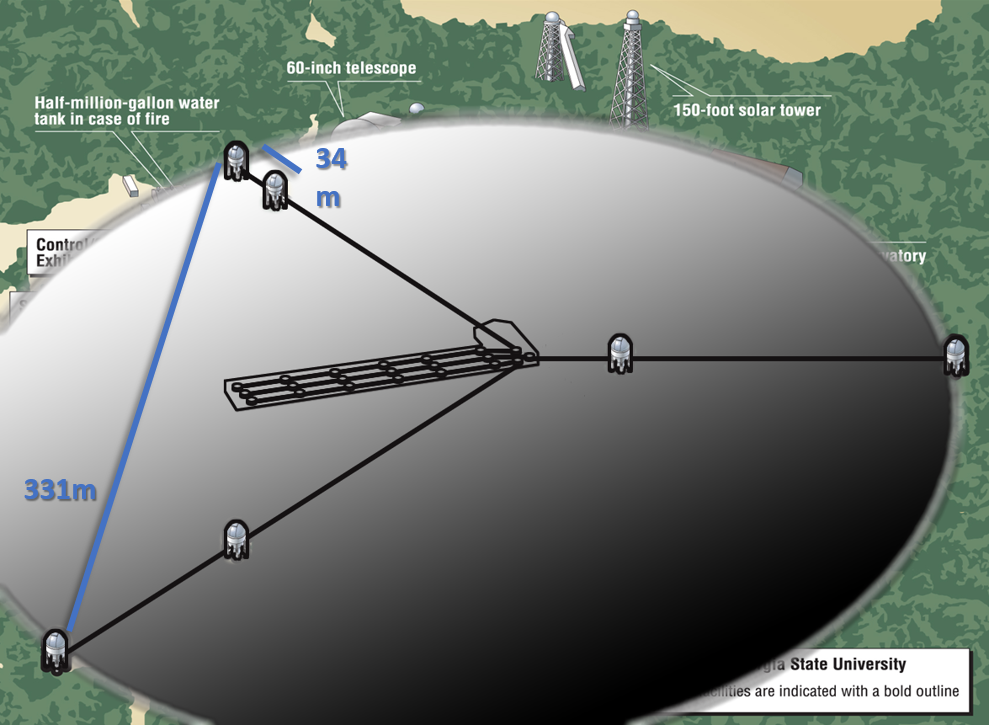
- 0.20 mas at R (650 nm)
- 0.52 mas at H (1.67 μm)
- 0.66 mas at K (2.13 μm)
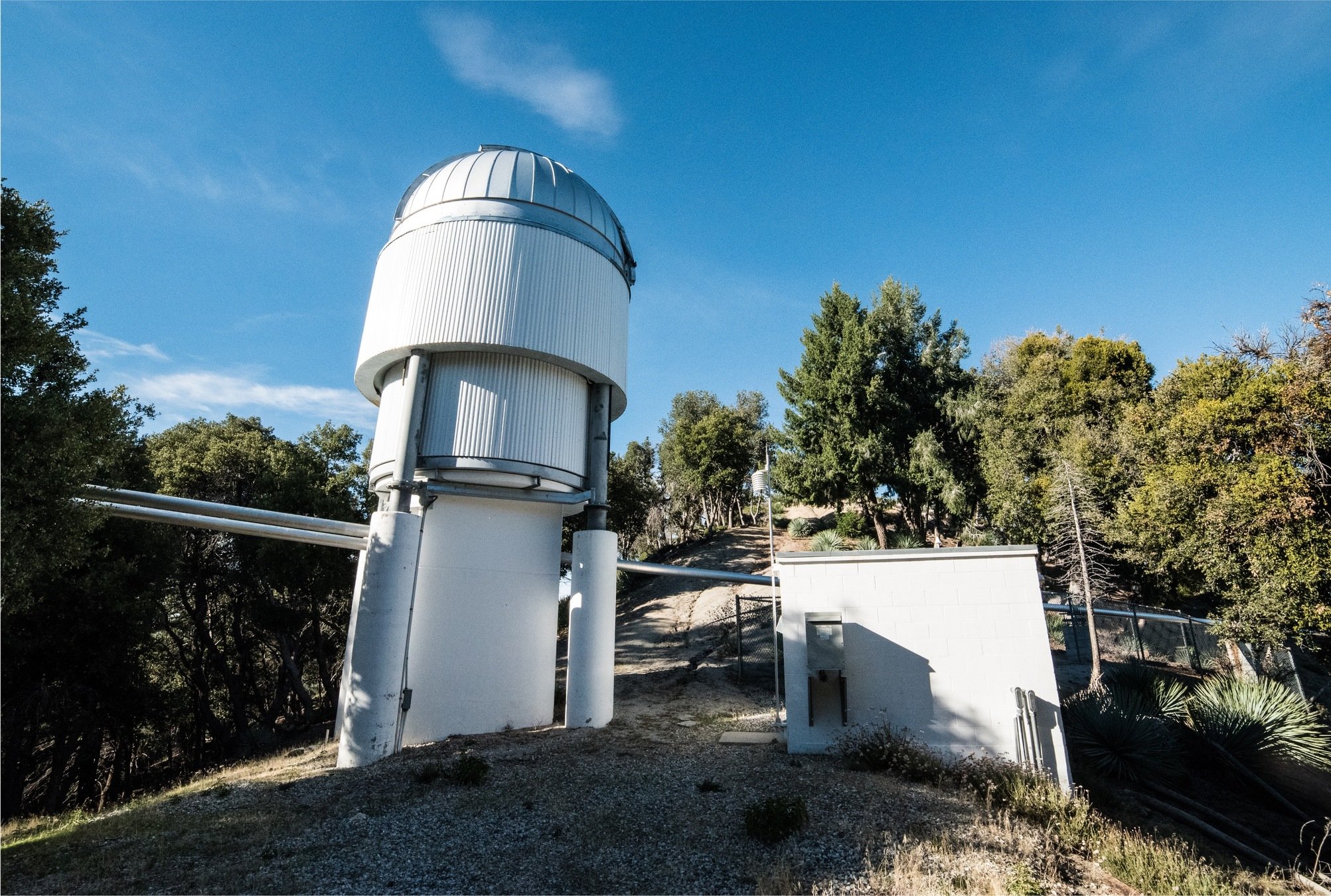
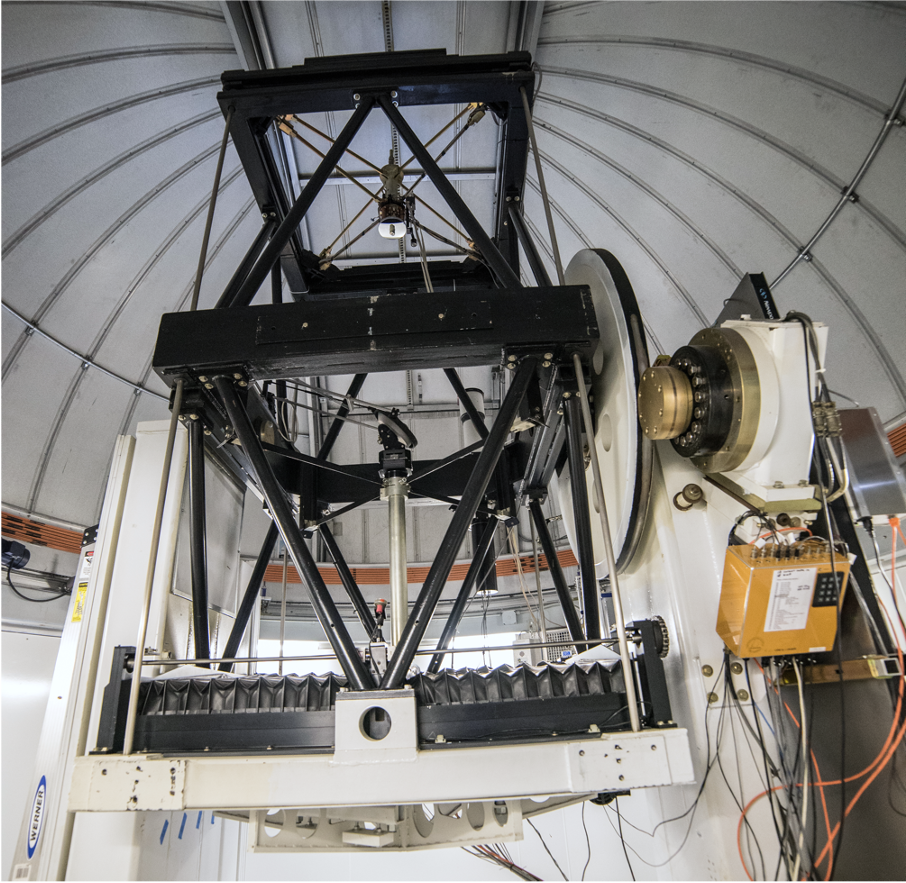

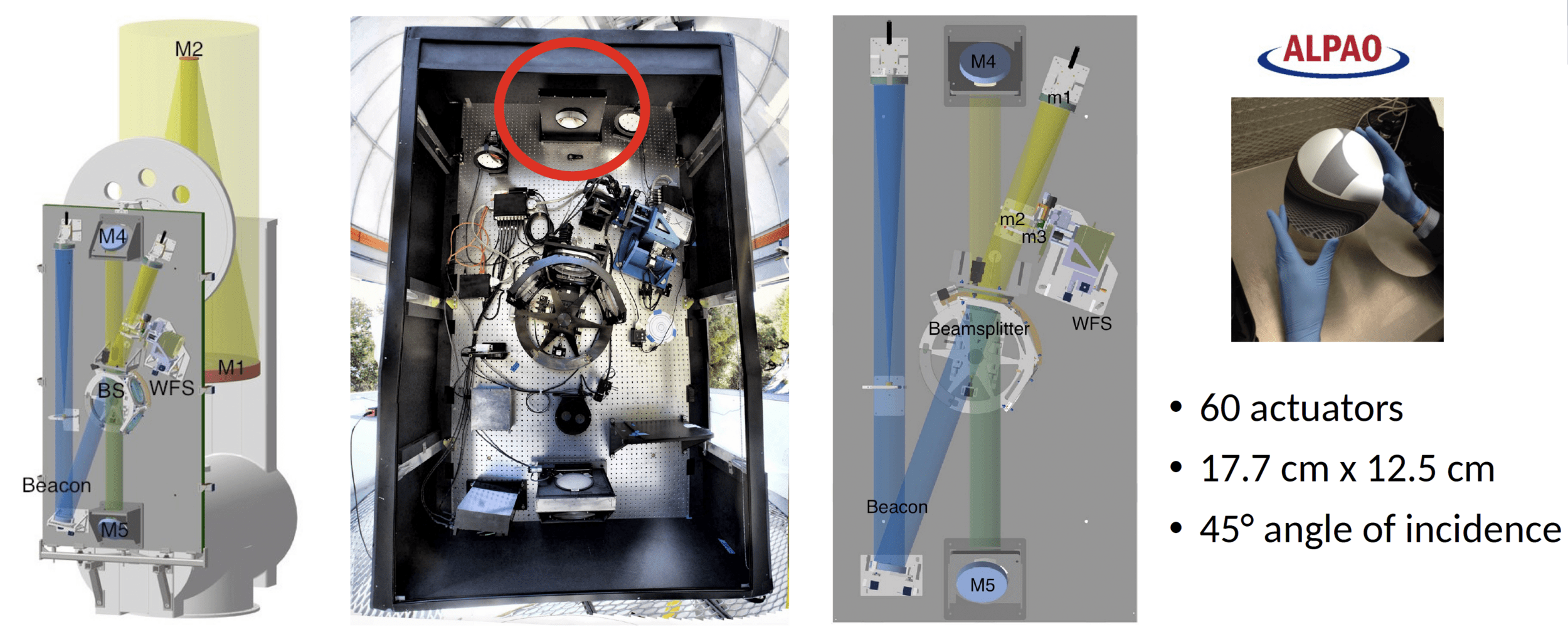
TelAO
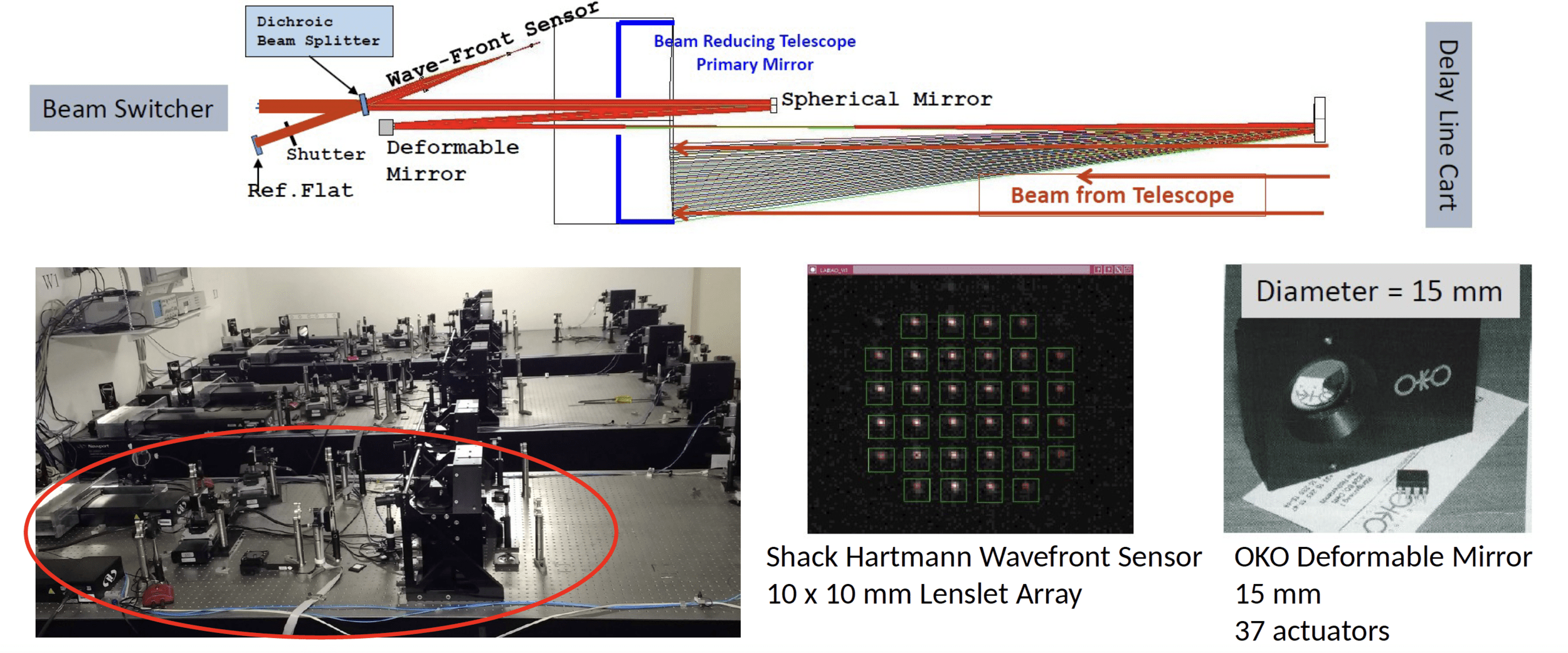
LabAO
WFS
phase
DM
image
phase
image

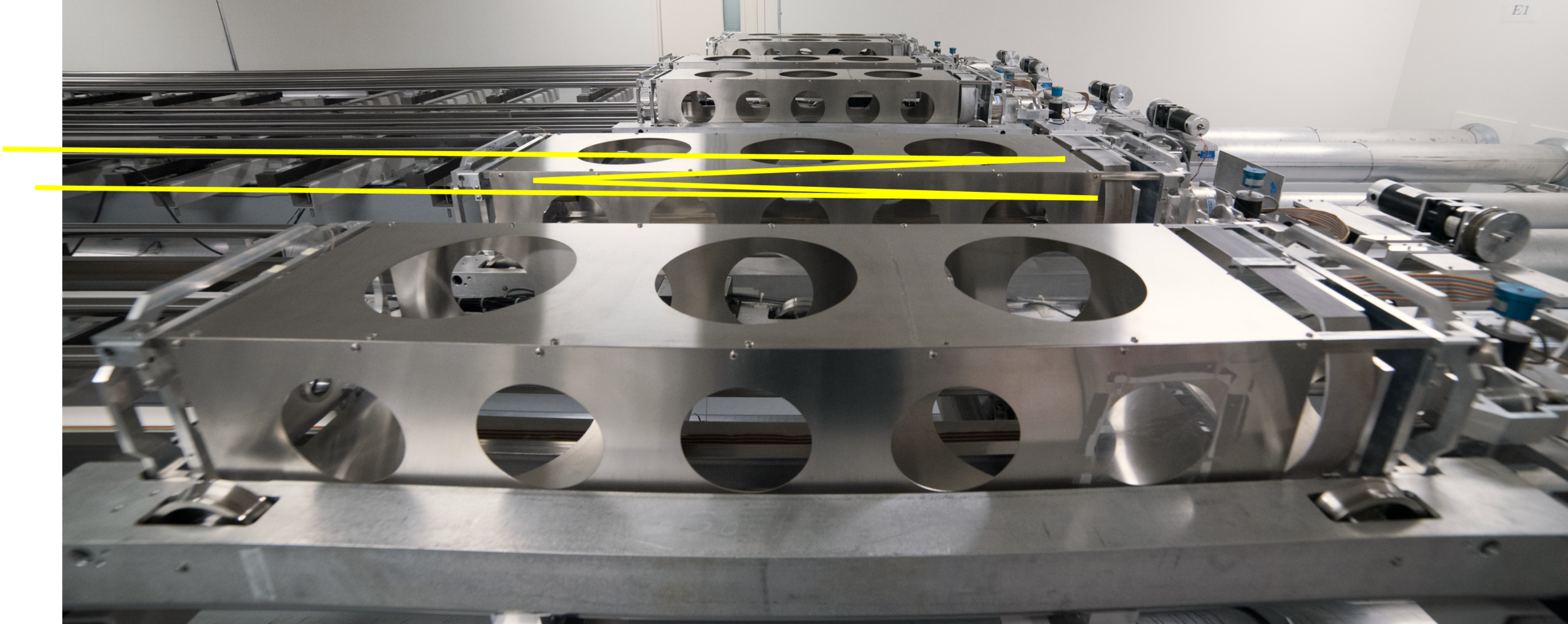
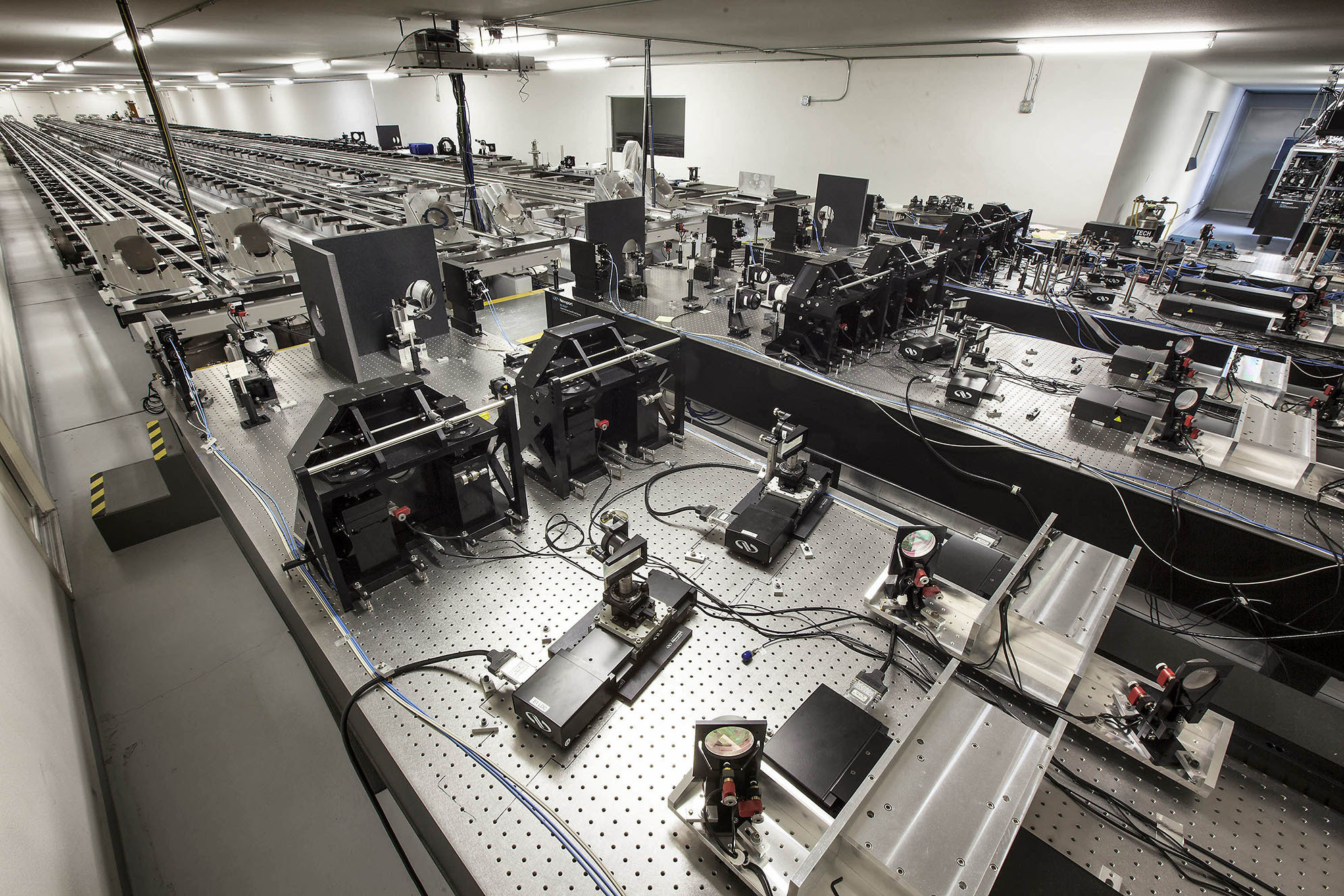
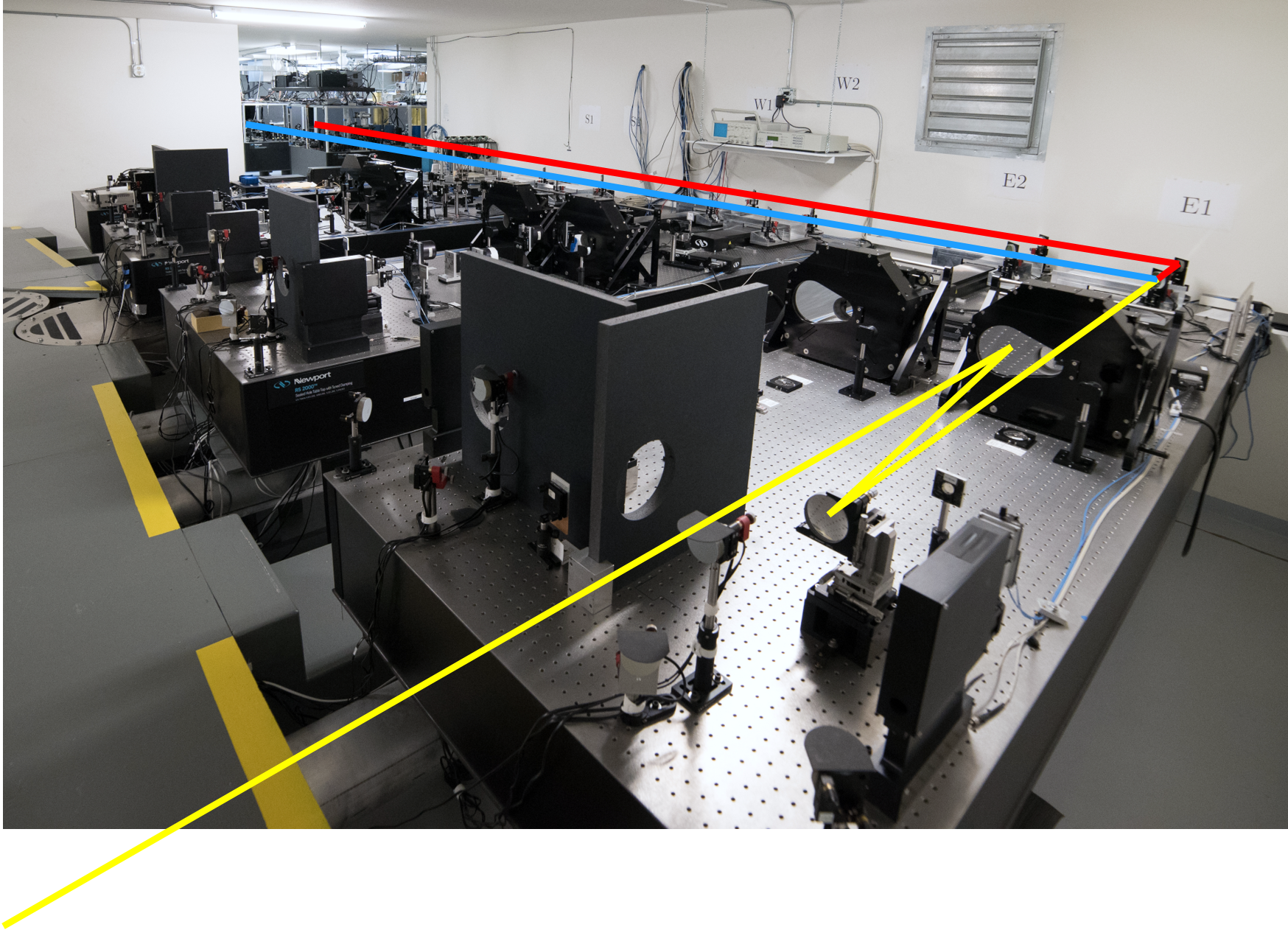
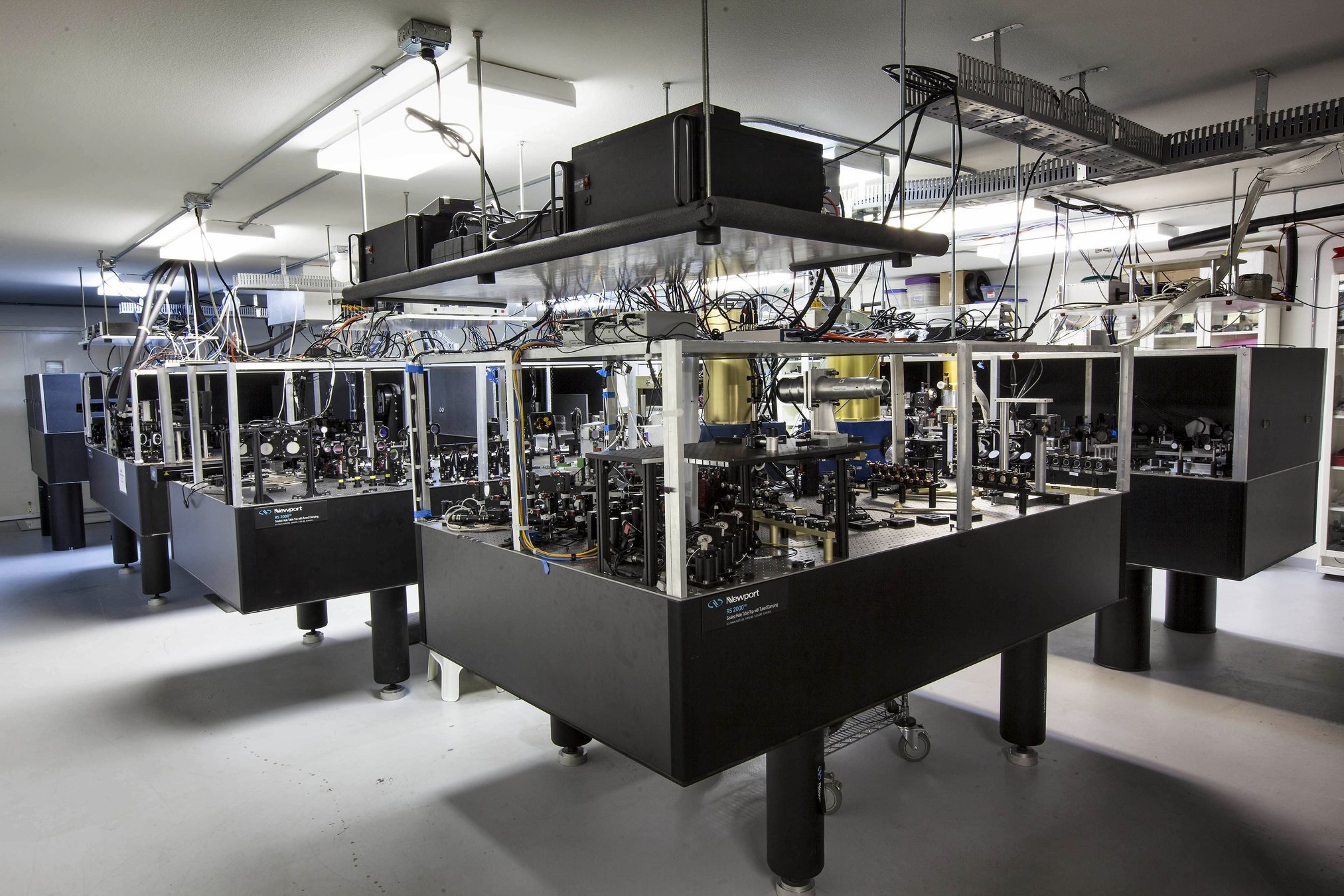

MIRX
MYSTIC
SILMARIL
SPICA
CHARIOT
PAVO
VIS BEAMS
METROLOGY
STS/STST
BEAM SAMPLERS
BEAM Reduction
LabAO




Fizeau & Michelson
Brown & Twiss
1850s
1890s
1920 - measured Betelgeuse (with Pease)
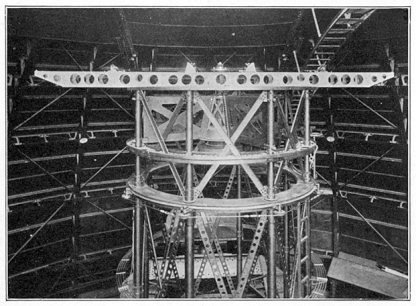
1956 - HBT effect, correlation b/t coherent photons
Intensity interferometry
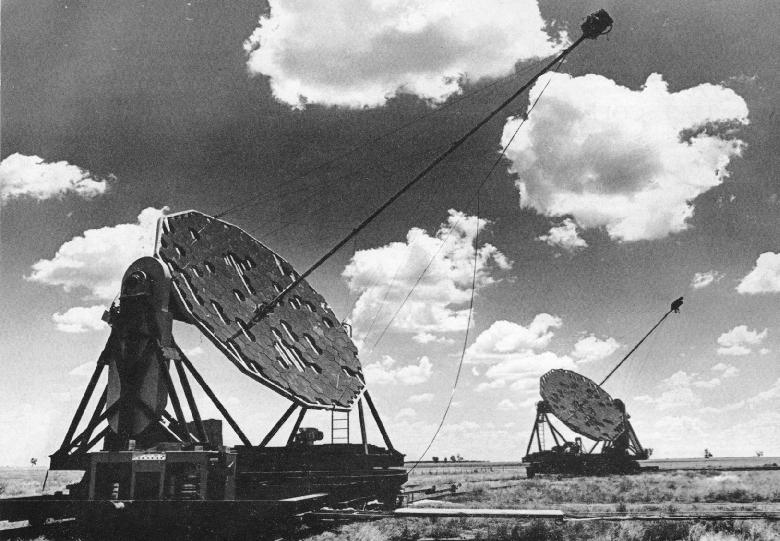



TMT

GMT

ELTs
16x sharper than Hubble ... but CHARA is 17x sharper than ELT


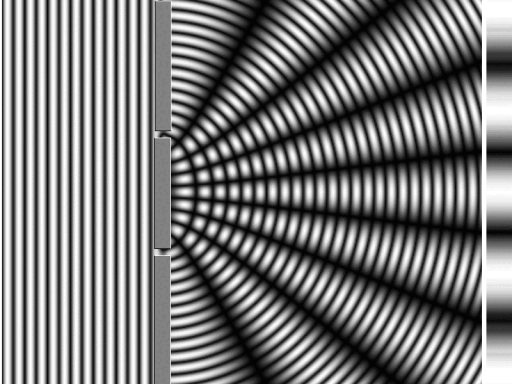

Image credit: ESO
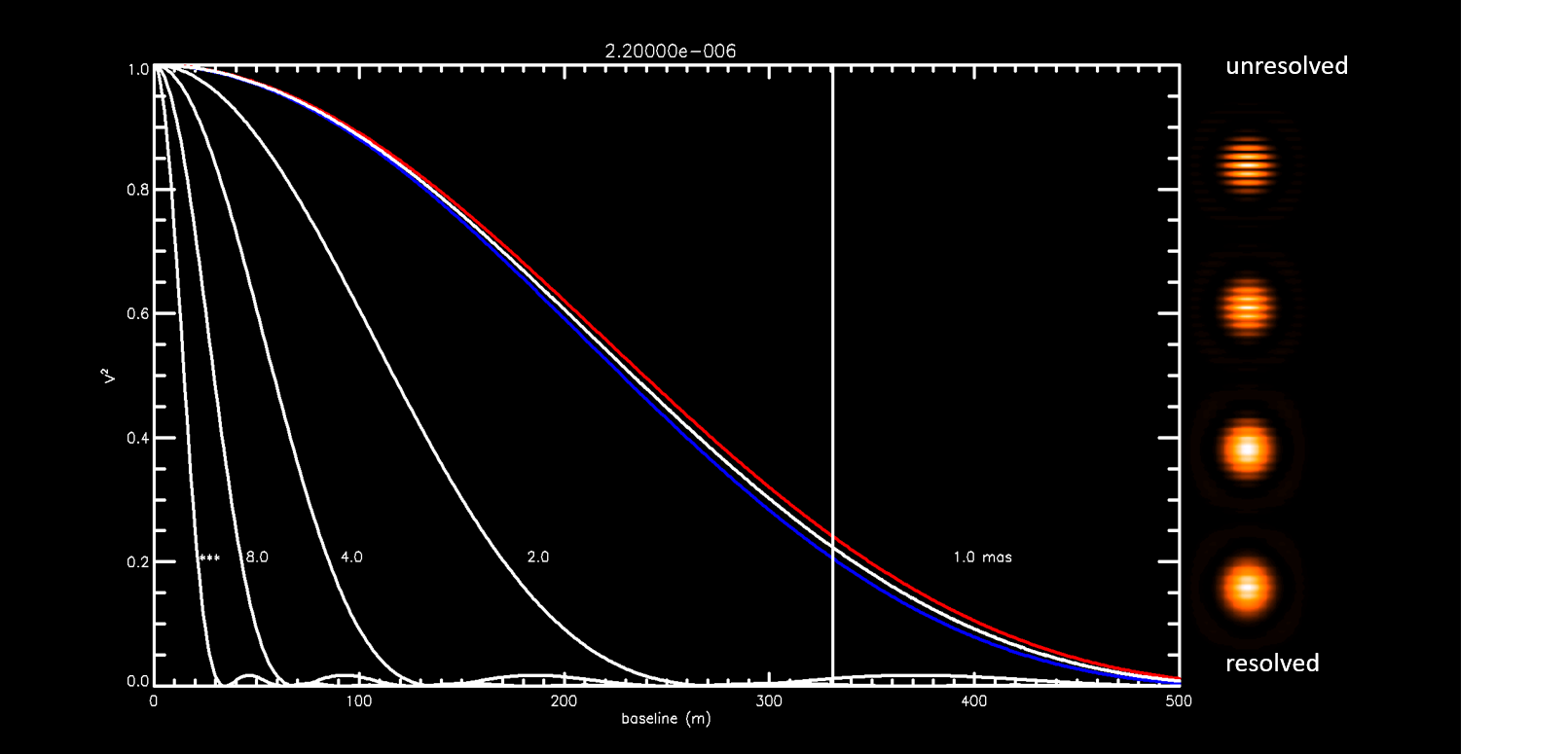
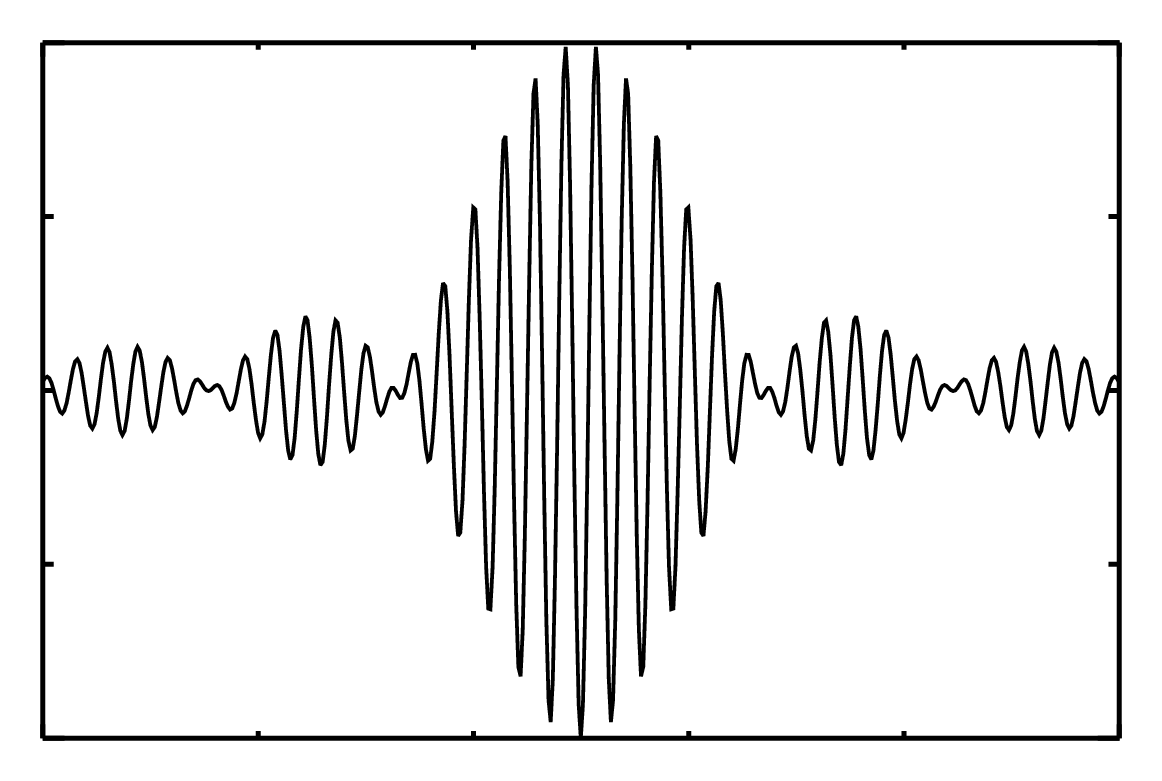
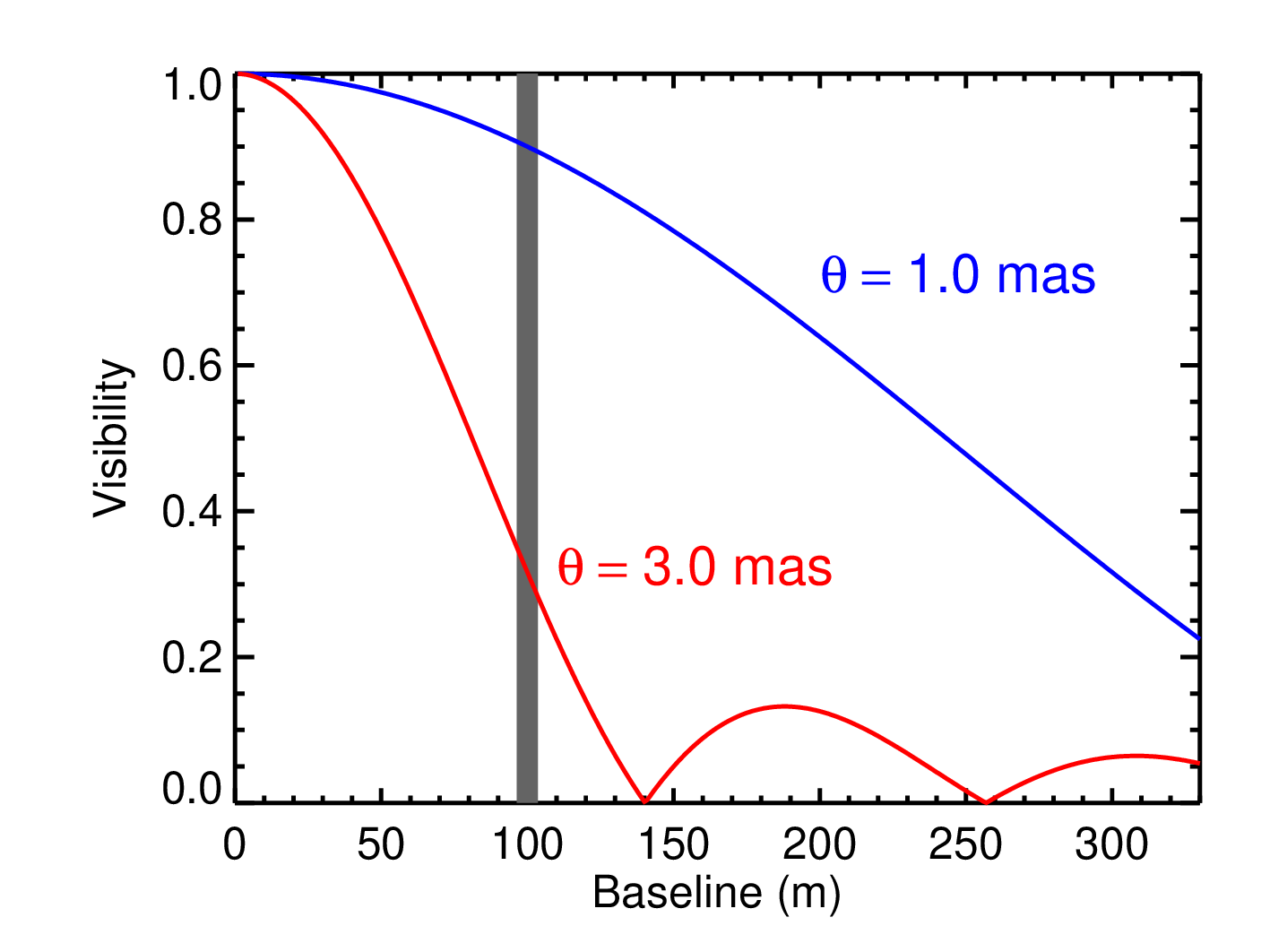
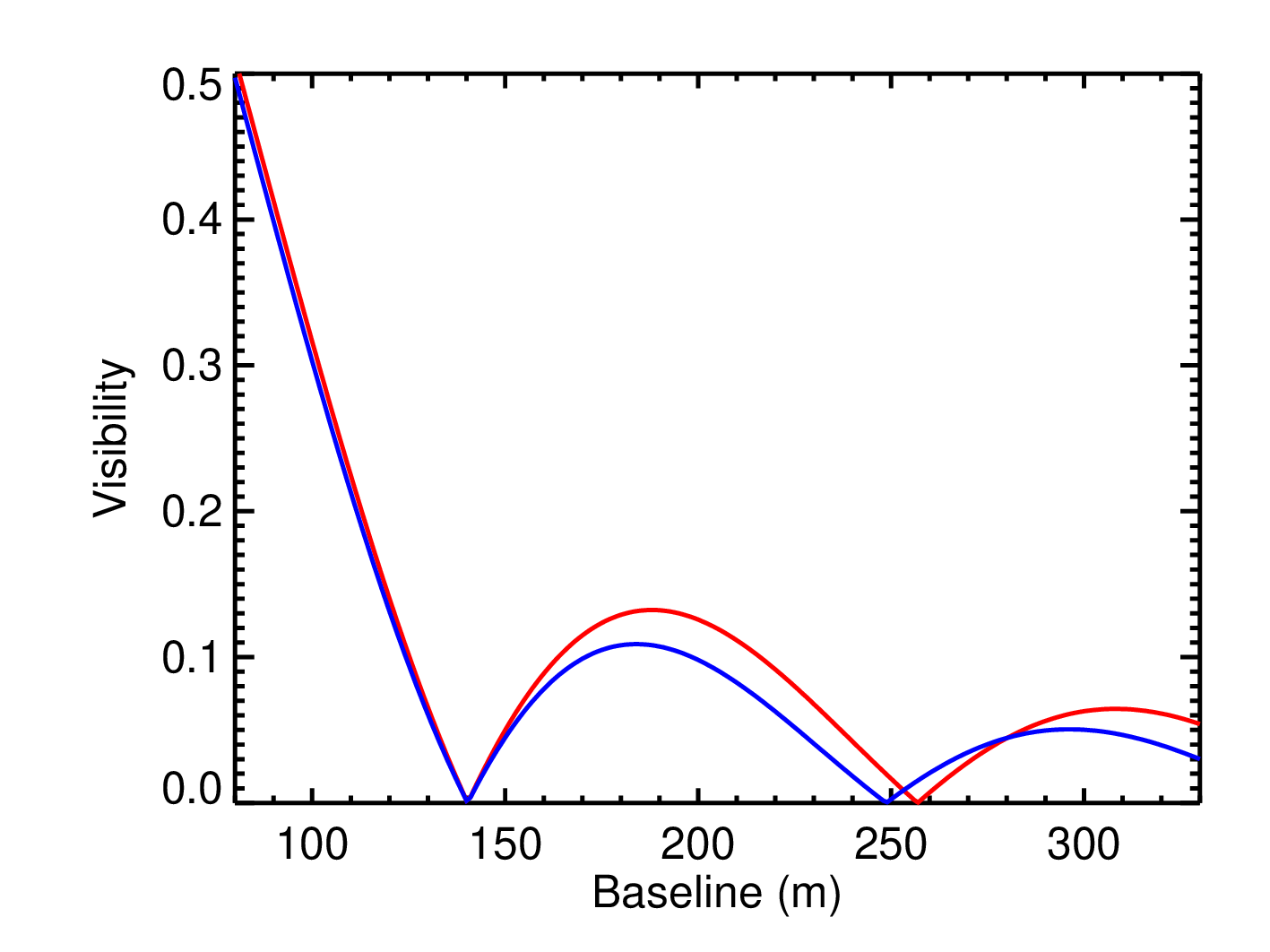
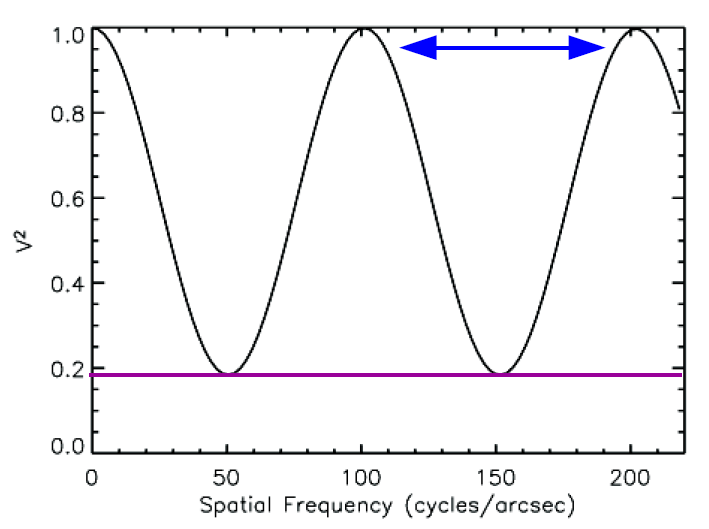
diameter
Limb darkened vs Uniform disk
binarity



Lawson 2003, S&T
Separation
flux ratio
(B/λ)
These "closure phases" also yield information about source symmetry
Combine the phases measured in a closed triangle of three telescopes in a way that cancels out the atmospheric turbulence.

symmetry

Spectrally dispersed fringes produce differential visibilities and differential phases
- visibility and phase of emission lines relative to the stellar continuum.
- measure the size and velocity structure of rotating circumstellar disks, outflows, and winds around stars.
Differential Vis and Differential Phases
Star + disk.
- drop in the visibility across the emission lines indicate that the disk is more resolved than the stellar continuum.
- double-peaked profile corresponds rotating disk.
- S-shaped profile shows a shift in the photo-center across the wavelength channels.
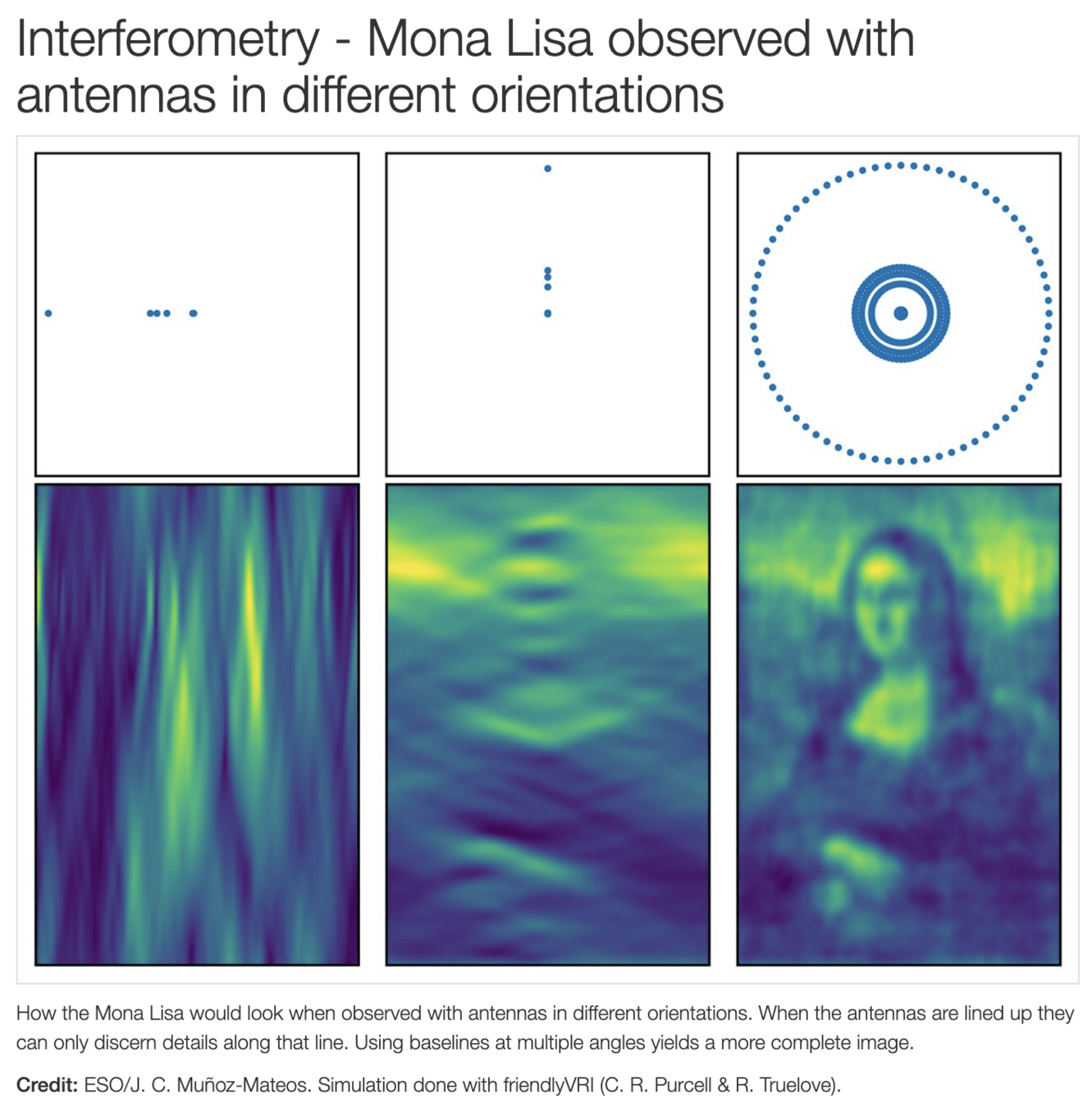
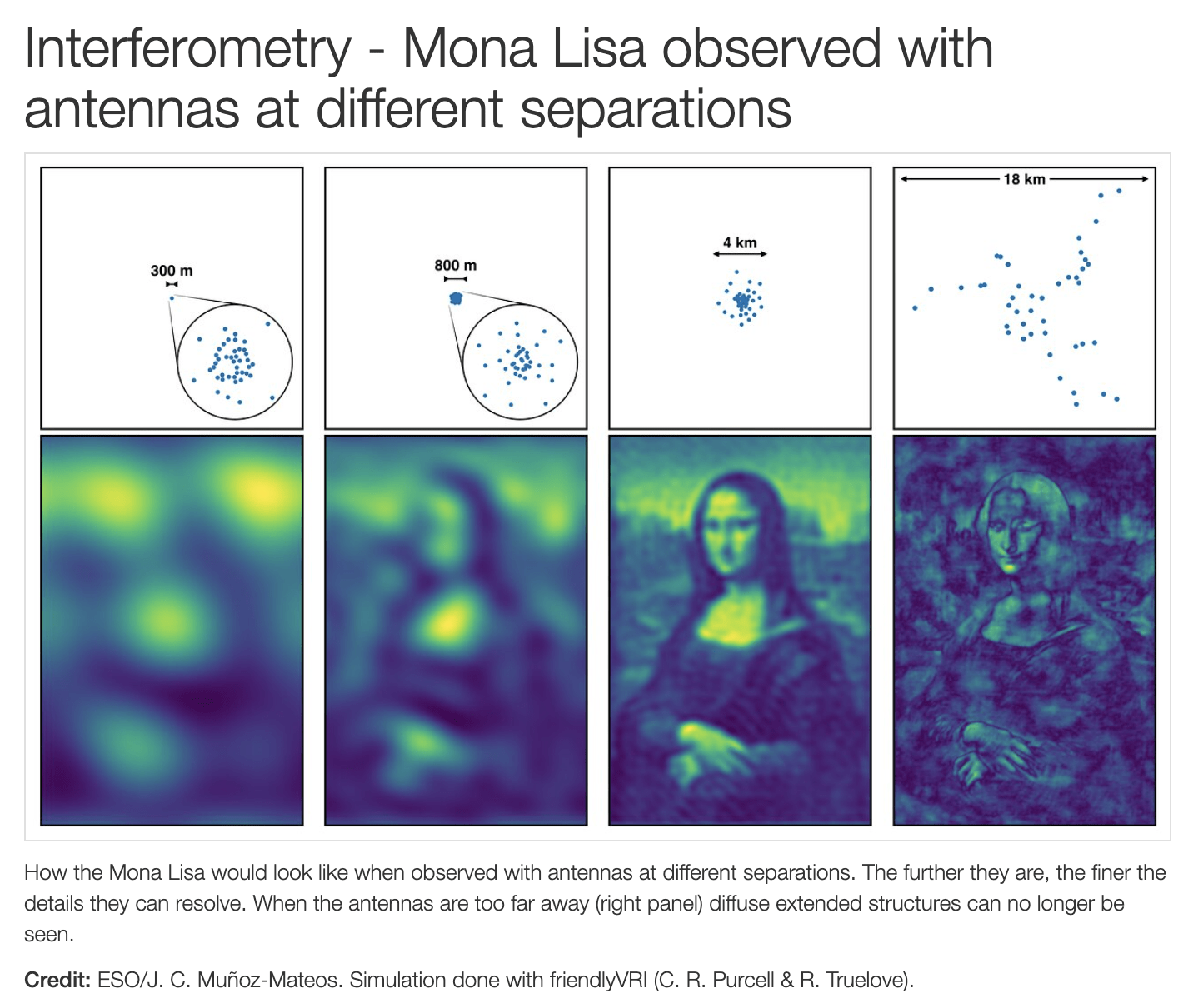

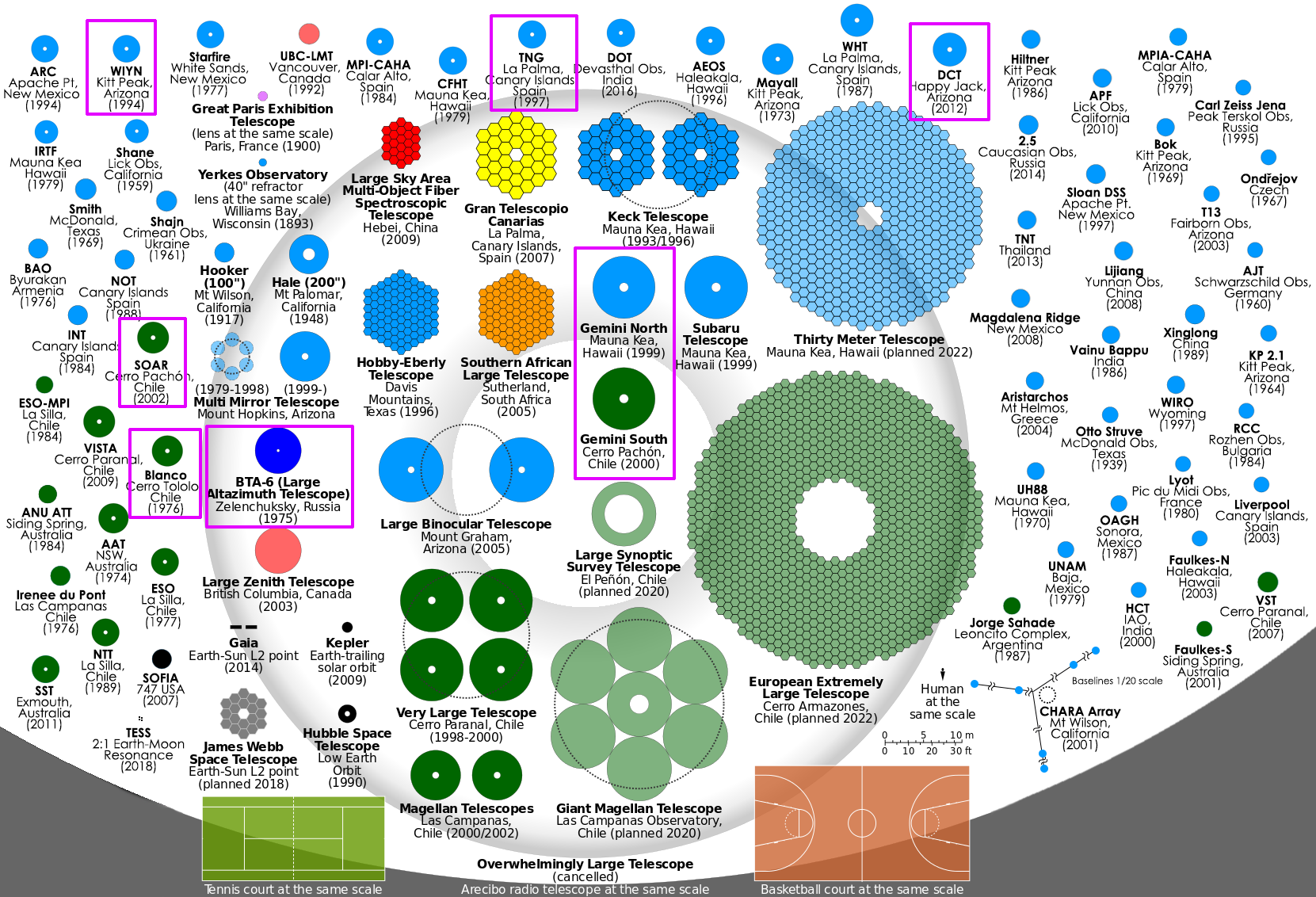




up to 331m
the CHARA Array
Spatial resolution
• 0.20 mas at R (650 nm)
• 0.52 mas at H (1.67 μm)
• 0.66 mas at K (2.13 μm)
34 to 331m
- 15 baselines
- 10 closure triangles
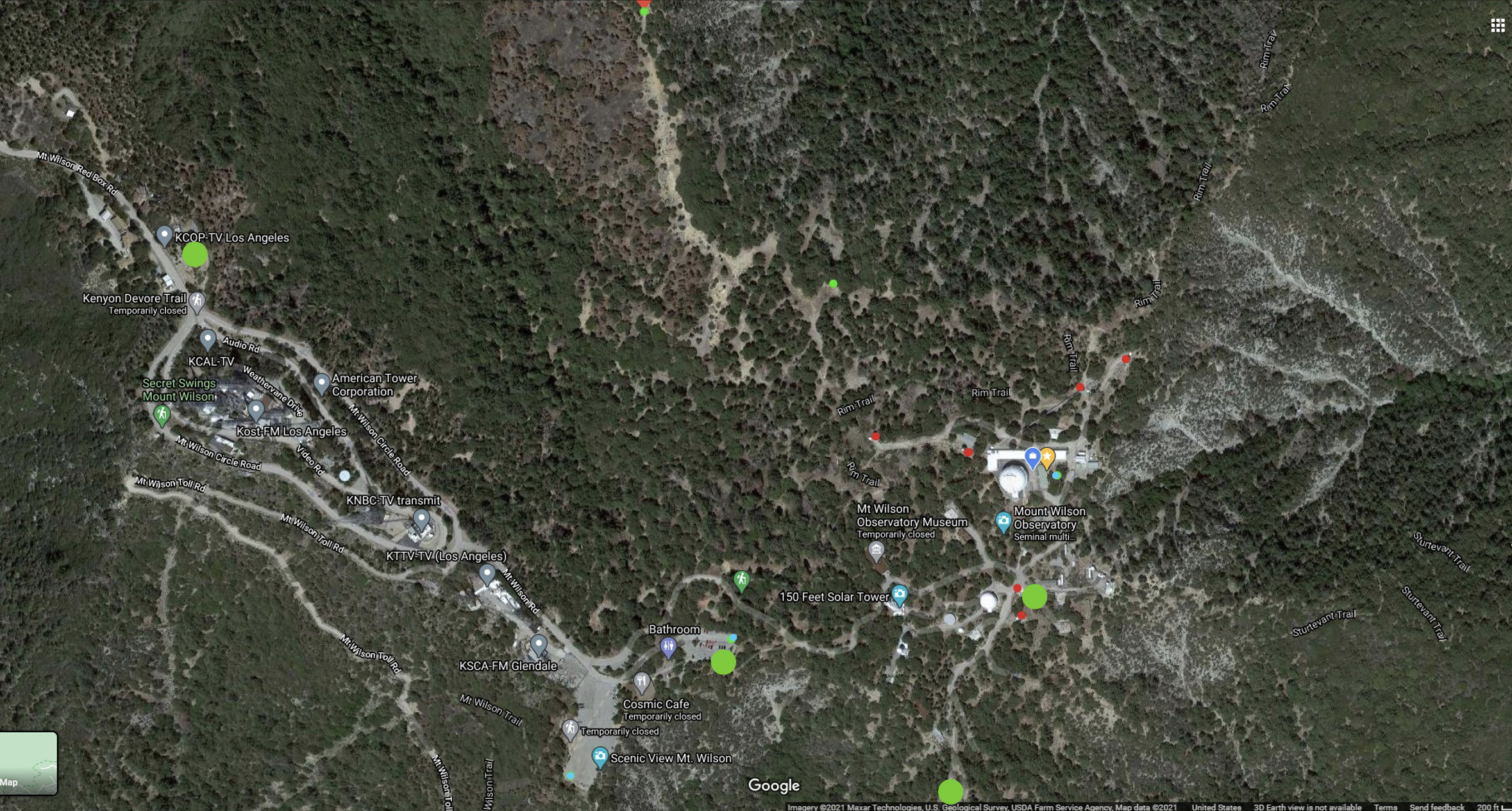

1100m
600m
~17m
S3
S4
W5
Max spatial resolution
• 0.06 mas at R (650 nm)
• 0.16 mas at H (1.67 μm)
• 0.20 mas at K (2.13 μm)
17 to 1100m
- 36 possible baselines: array + CMAP [6+3] (15 simultaneous)

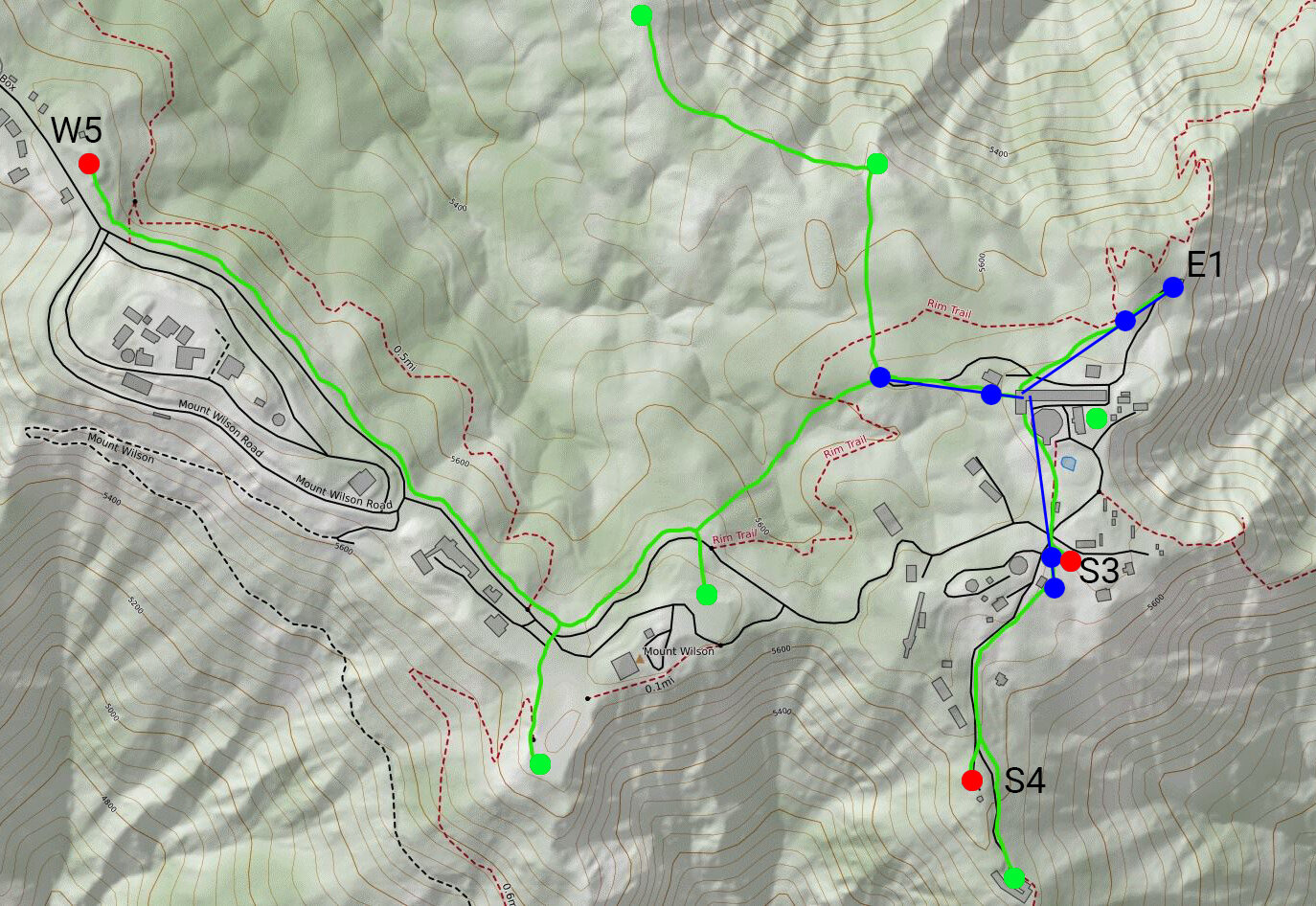
The full Michelson Array would offer
12 total positions, creating 66 possible baselines.
CMAP
(CHARA Michelson Array Pathfinder)

Mobile Telescope Transport (TR116)
Ligon et al. 2022

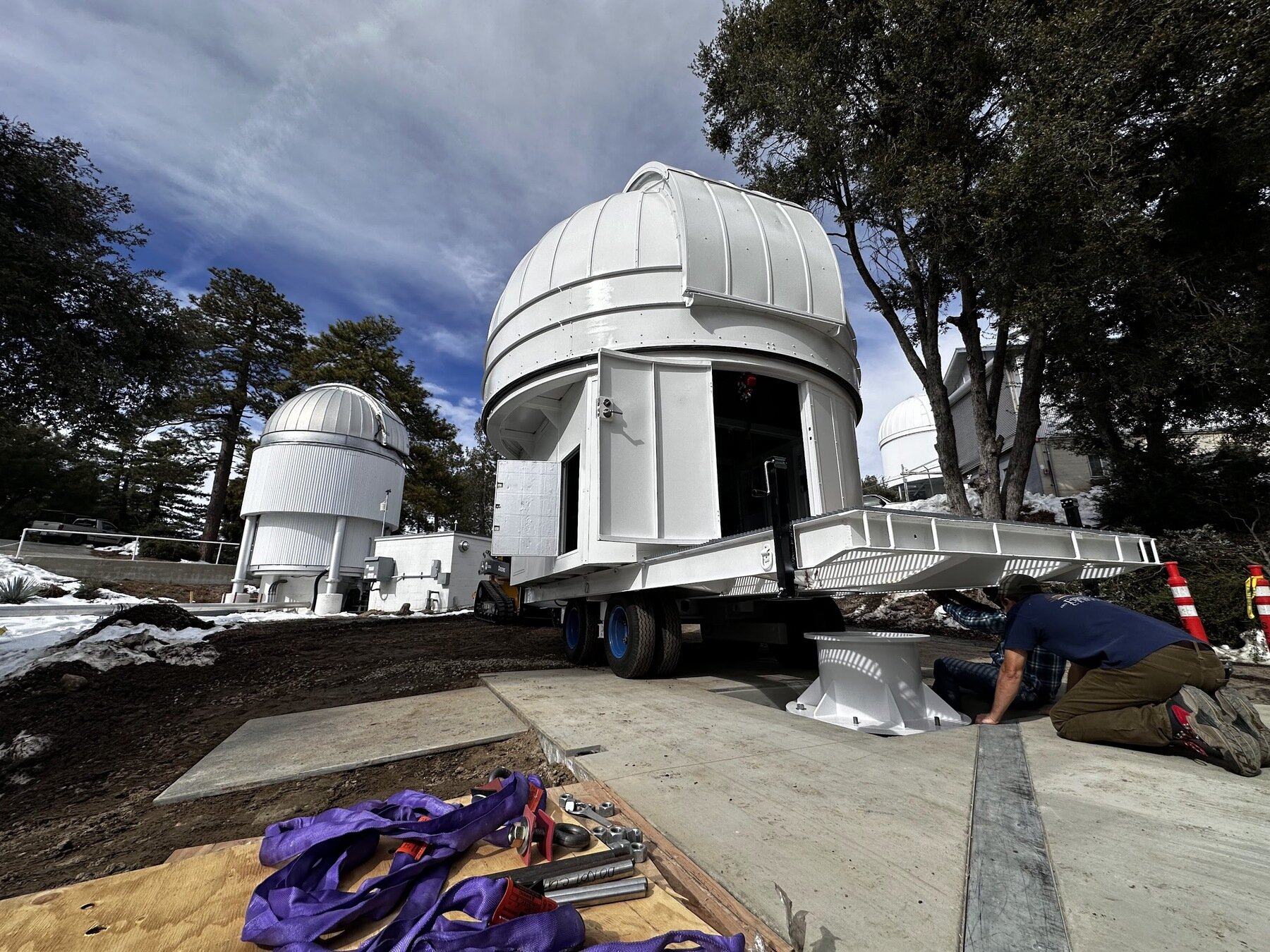
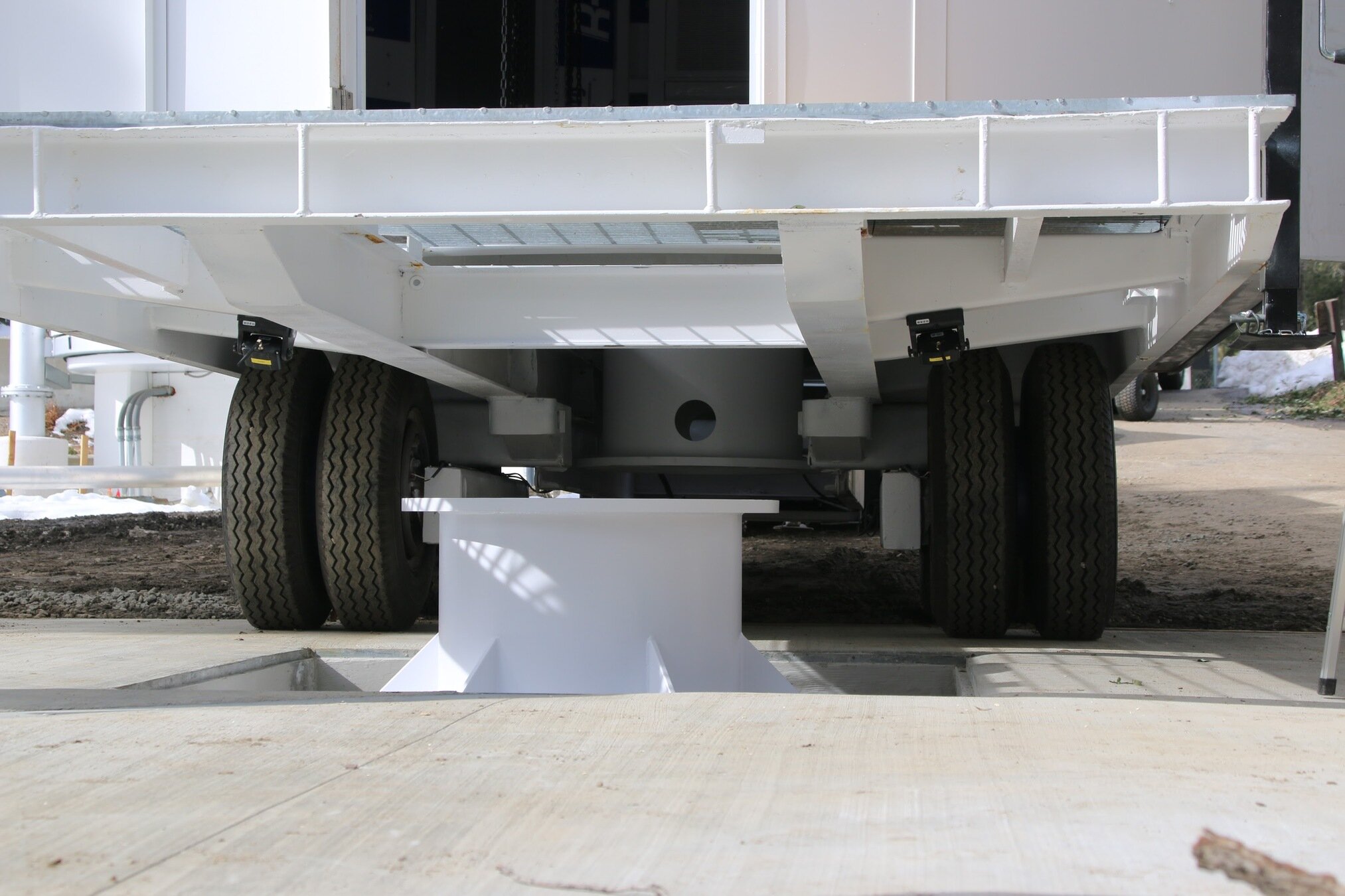
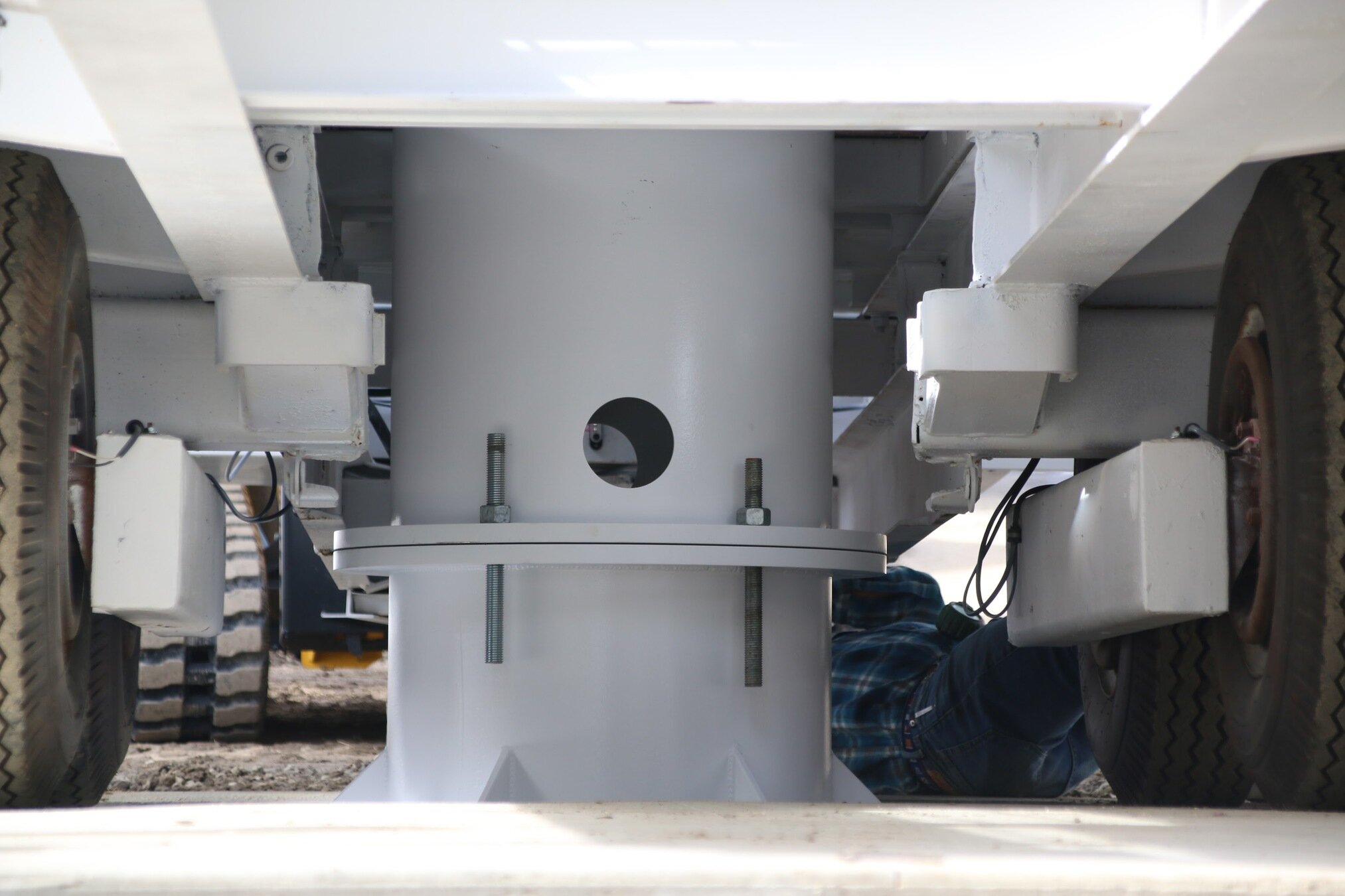
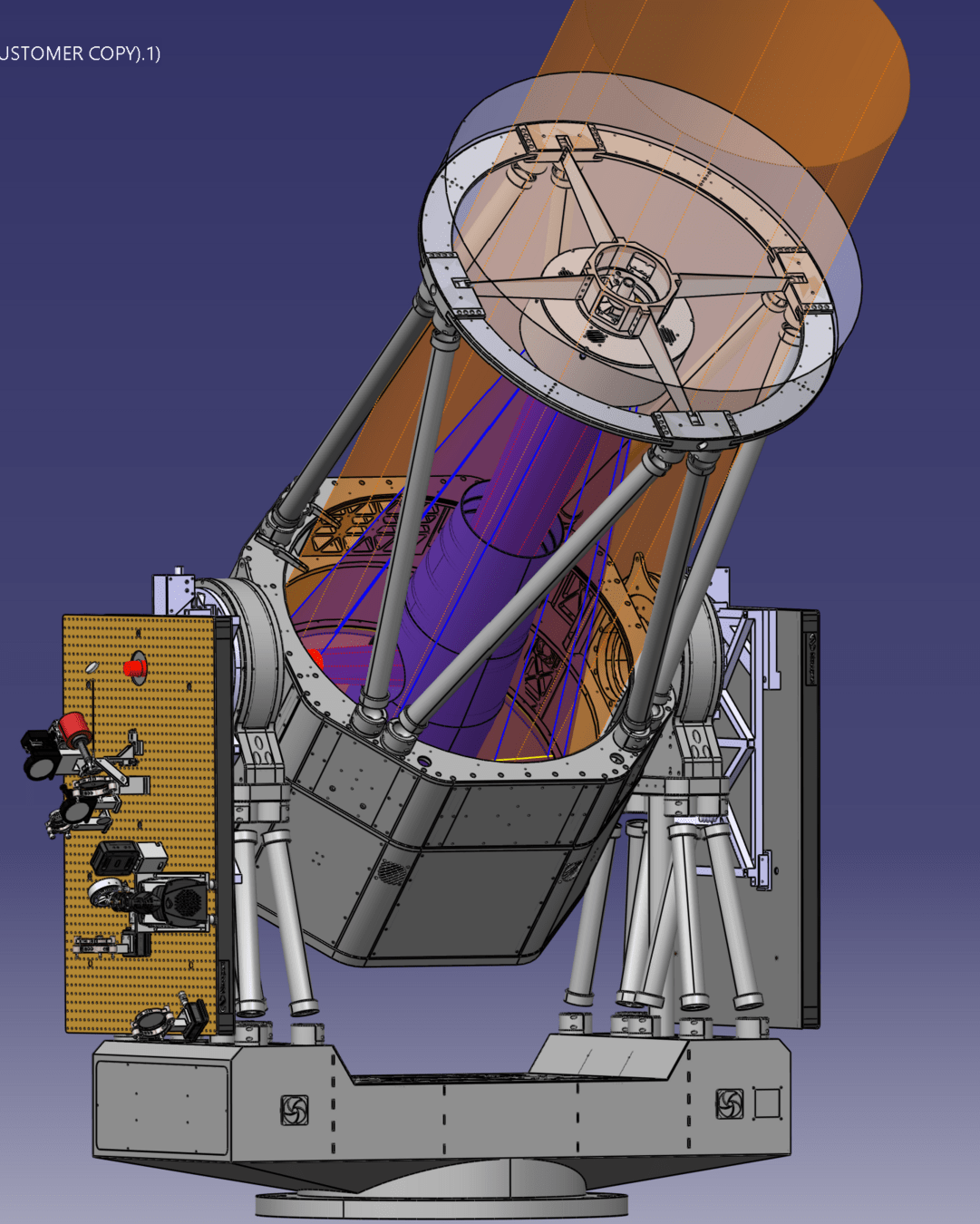
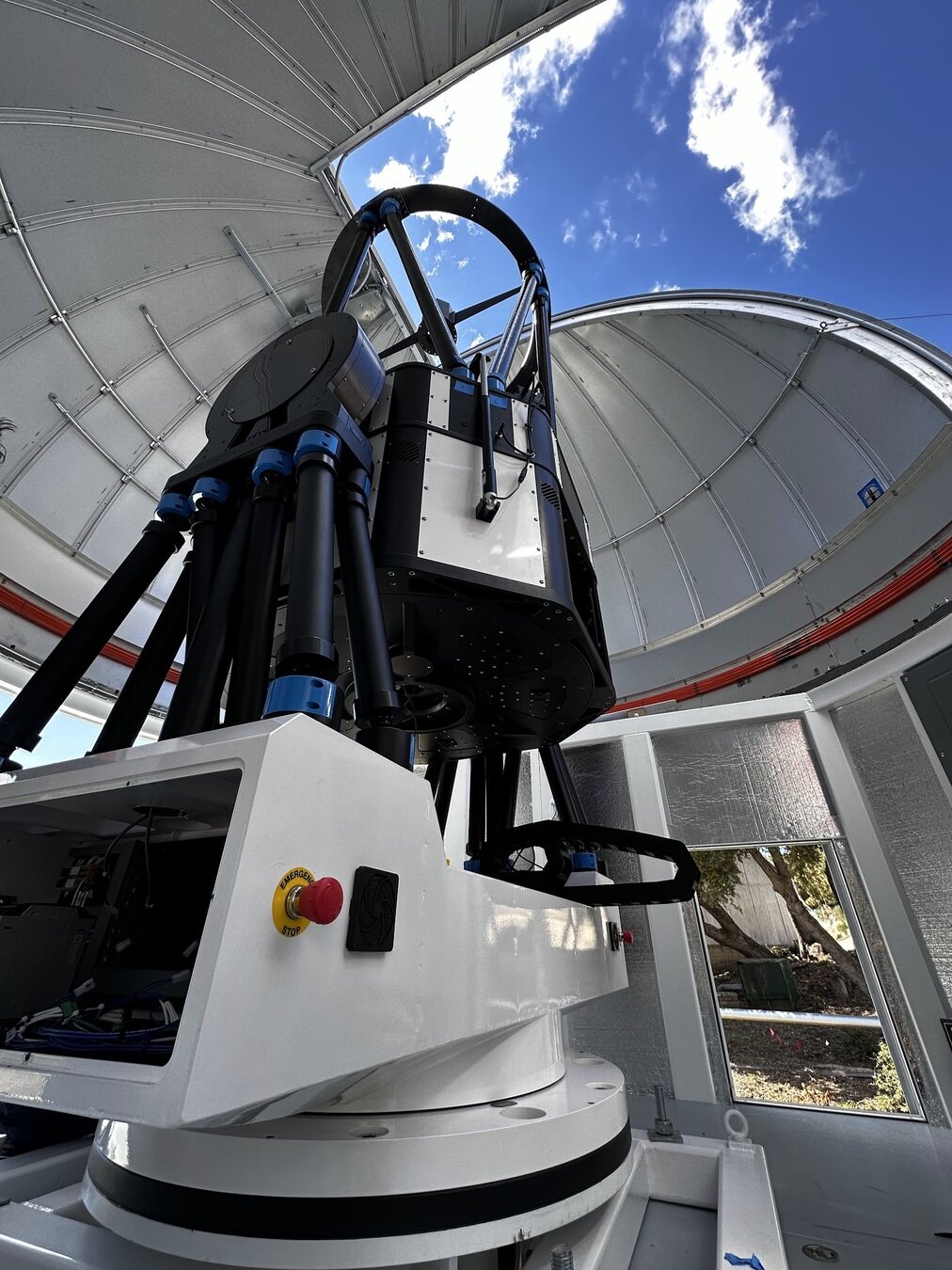


S4

S3
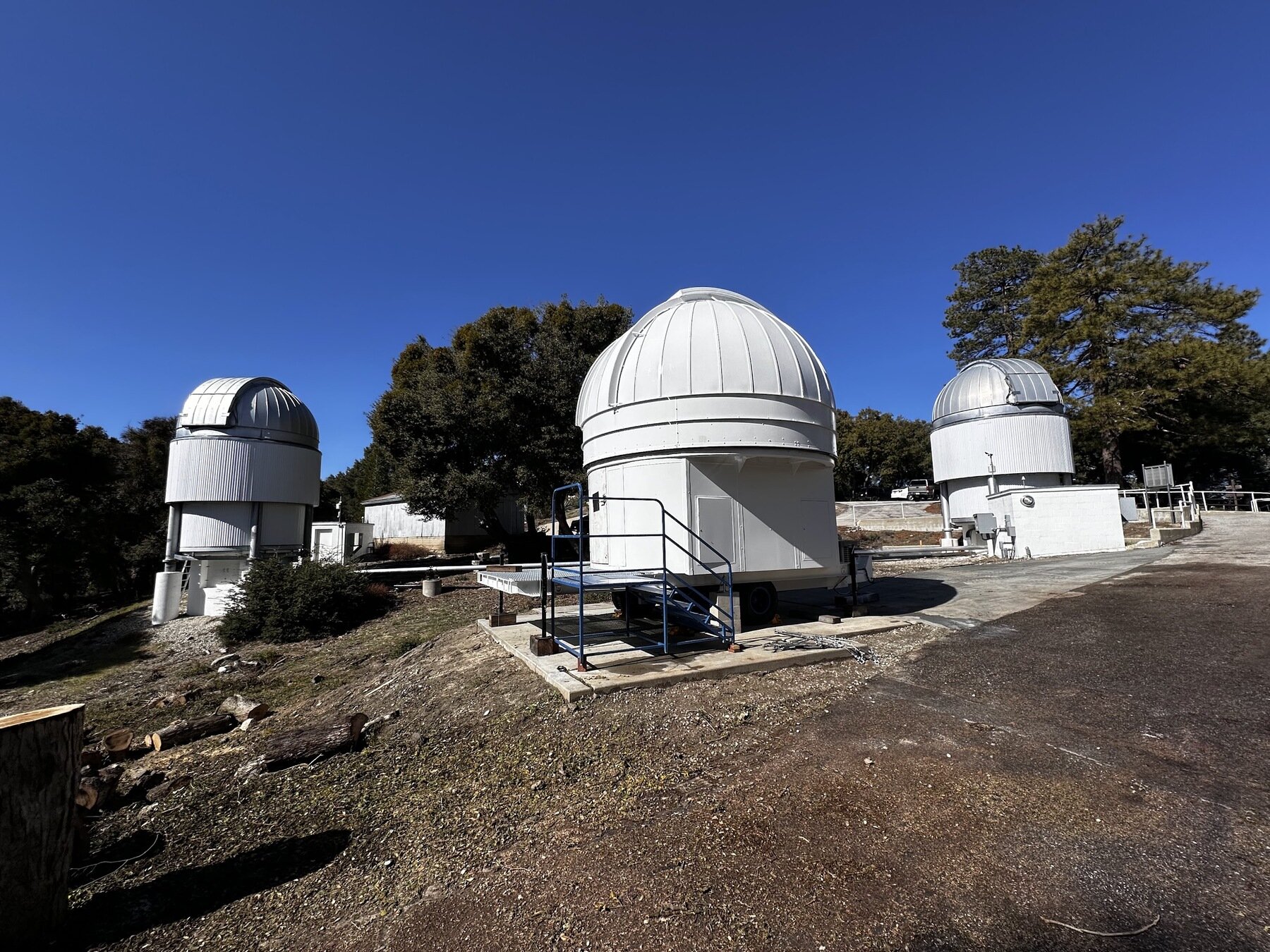
ALOHA – Univ. Limoges
Single-mode PM fibers
λ=810 nm, 240 m long
Laying on the ground
Connect S1+S2
On-sky fringes
Magri, Grossard, Reynaud et al. (submitted)
CMAP
Single-mode PM fibers
λ=1.6 μm, 650 m long
Trench: 18 inches deep





- new drives
- new cylinder control
- new spycams/monitoring
- new environmental sensing

Future Plans
- Telescope dichroic replacement
- more automated alignment and tracking
- new/upgraded labAO system
- TEMA replacement
- new telescope drives, cylinder drives
- fibers to all telescopes
- (PM fused silica,1550nm H-band 1st, 1350 nm – 1470 nm metrology)
- nuller "Achromatic photonic tricouplers for application in nulling interferometry" - Martinod et al. 2021
- W5/Channel 13 site (1100m)
- 0.16 mas at H, 65 μas at R
- double-pass delay
- 90m tracking delay
-
Narcissus Mirror for SILMARIL
- The Michelson Array
-
up to 300 nights over three years of open access time via NOIRLab.
-
Snapshot Imaging Mode to encourage new investigations.
-



- Expand longest baseline to 1 km
- Adaptive optics upgrades
- Optimize simultaneous observations in visible + NIR
- Central 2m telescope
- Improved sensitivity and uv coverage
- Upgrade existing 1m telescopes to 2m telescopes
- Expand delay lines

Goal:
Image exoplanet during transit
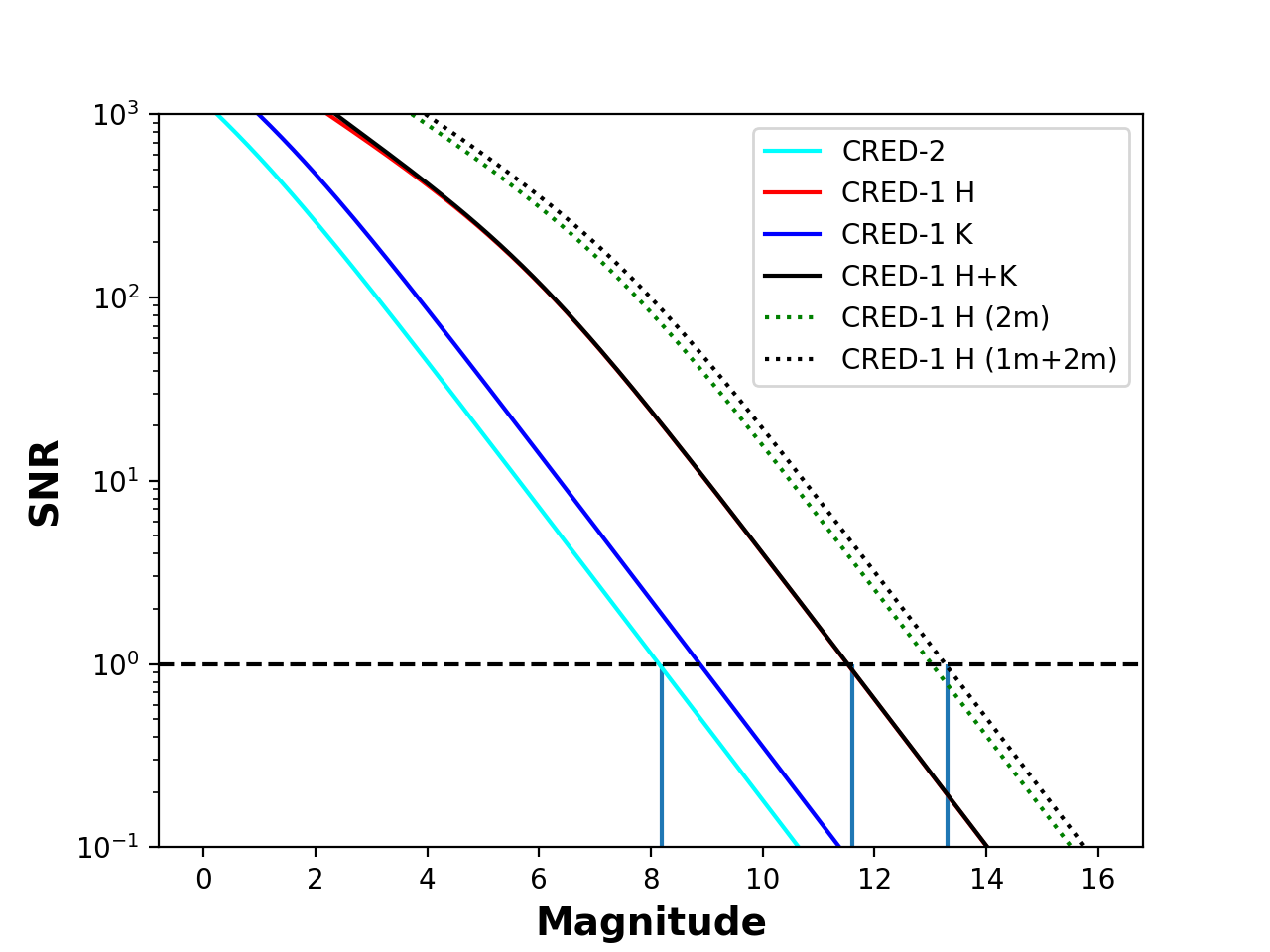
There are some 250 known exoplanets with host stars accessible to CHARA.
The new baselines will enable resolution of solar-like stars out to about 70pc in H-band. Numerical simulations of the transiting hot-Jupiter in HD189773 indicate that the shape of the silhouette of the planet can be measured in long baseline observations made during transits.
Science Drivers
- multiple star systems
- stellar diameters
- YSOs/planetary formation
- evolved stars
- starspots/surface imaging
- exozodis
- AGN
- exoplanet hosts
The Gaia orbits give the center-of-light motion of unresolved binaries, and a single resolved CHARA observation is sufficient to determine the full orbit and masses.
High angular resolution observations also reveal how interacting stars are transformed by mass exchange.
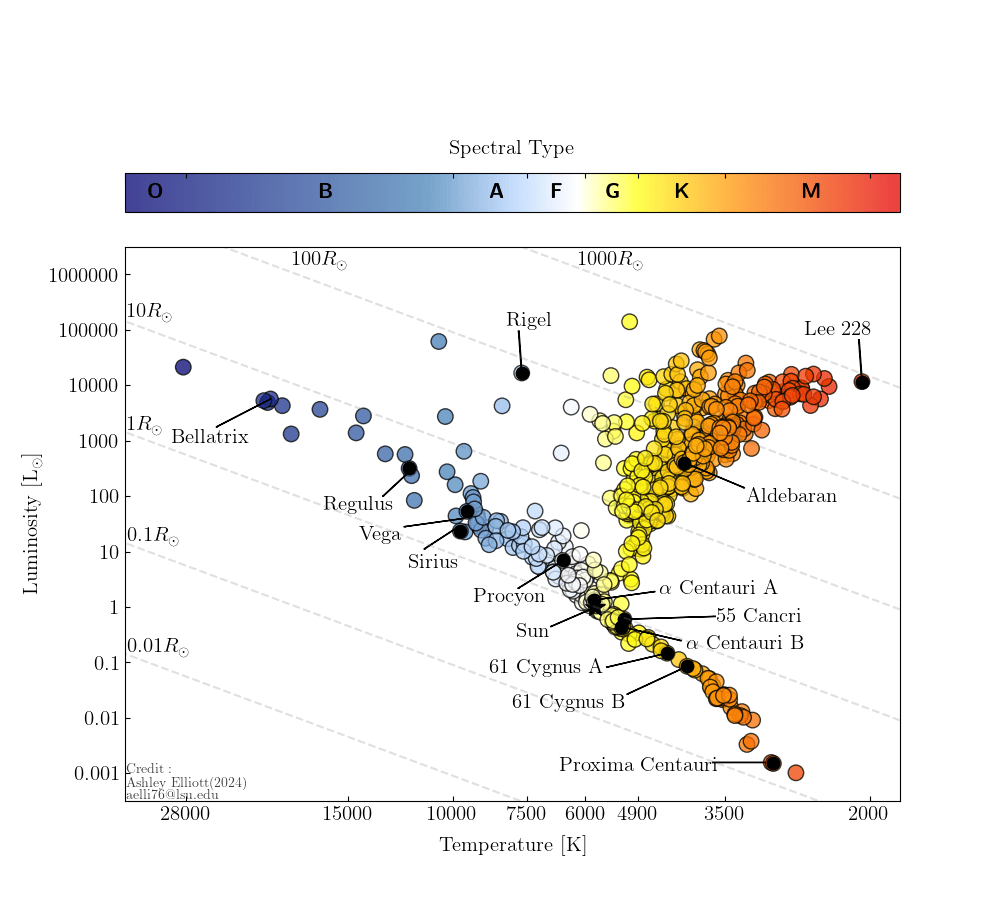
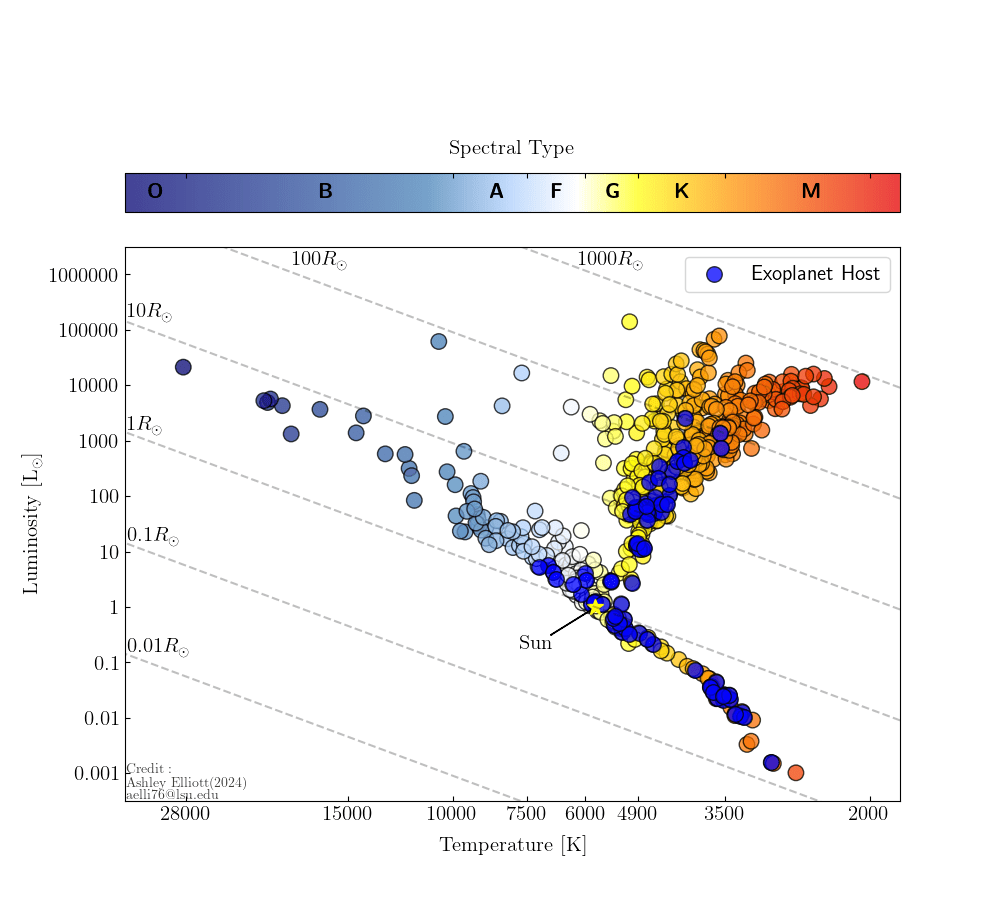
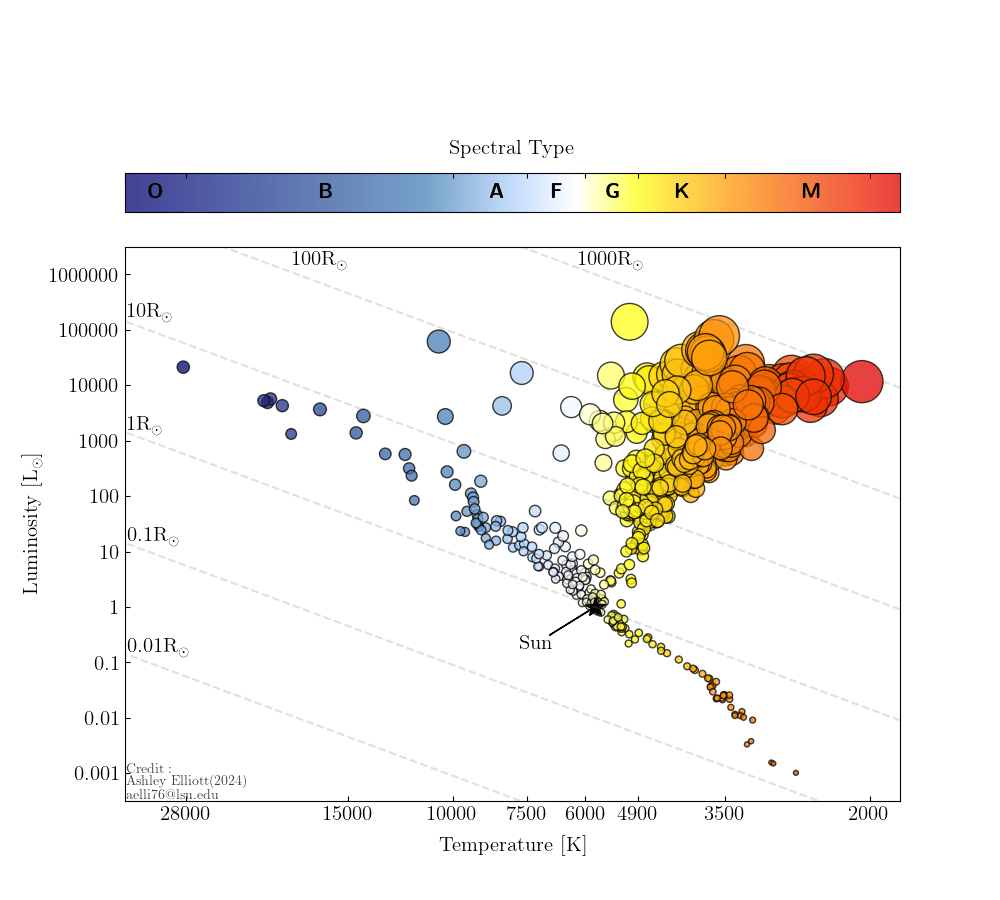
Ashley Elliott 2024
Diameters of Stars
Stellar angular diameters are key to the determination of stellar radii (w/ distance) and Teff (with a known bolometric flux).
Ashley Elliott (Louisiana State University) has compiled interferometric measurements from CHARA and elsewhere to create an empirical HR diagram
(presented at AAS special session in New Orleans, 2024).
693 stars, σθ < 5%
Ang. Dia. + Parallax → Linear Radius
Diameter + Bolometric Flux → Effective Temperature
- Compute masses and ages from evolutionary tracks/isochrones
- Test evolutionary models
- Refine color-magnitude relations
- Refine surface brightness relations
- Test asteroseismic scaling relations
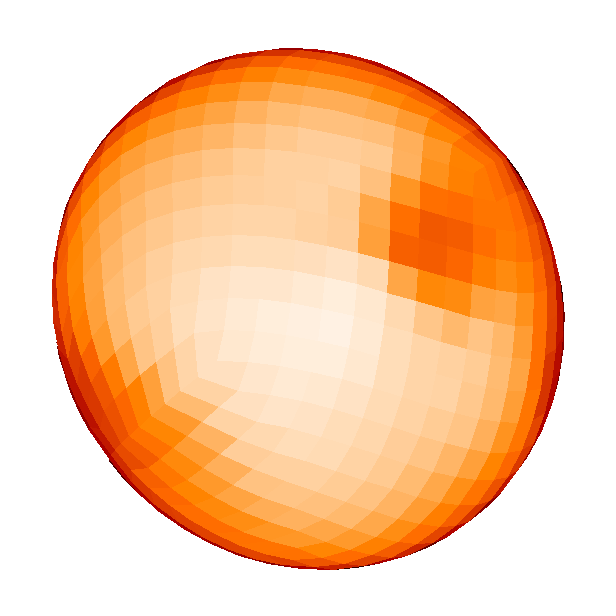
Spotted magnetic stars

Regulus -- Che et al. 2011, ApJ, 732, 68
Rasalhague -- Zhao et al. 2009, ApJ, 701, 209
Altair -- Monnier et al. 2007, Science, 317, 324
Alderamin -- Zhao et al. 2009, ApJ, 701, 209
Beta Cas -- Che et al. 2011, ApJ, 732, 68


Rapid Rotators
Zet And
Sig Gem
Lam And
θ = 2.7 mas
θ = 2.5 mas
θ = 2.4 mas


Expansion curve of Nova Del 2013.
- Changes in apparent expansion – optically thick core surrounded by diffuse envelope that cools over time
- Geometric disk: 4.5 kpc
- Asymmetric shape detected as early as 2d
Nova fireballs and dust envelope




AAVSO, Hopkins et al. (2012)



Image Reconstruction of AZ Cyg
Norris et al. (2021)
Model Simulation
Chiavassa et al. (2010)
P = 12.9 d
a = 0.87 mas
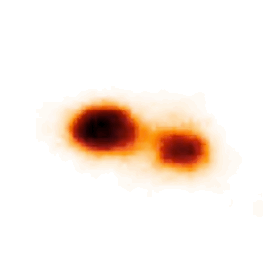


Be stars

Giant star surfaces

Gleise 486
- M3.5 V star at ~8 pc
- exoplanetary transits every 1.467 days.
- used MIRC-X to derive an angular size of the the host star
- used this to determine the physical radius and effective temperature.
- transit light curve gives the ratio of planetary to stellar radius, yielding exoplanet diameter
- High precision radial velocities captured the reflex motion of the star and led to an exoplanet mass
- model of the interior structure and possible atmosphere of this other world in the solar neighborhood.
Exoplanet Systems
Interferometric observations of exoplanet host stars provide the means to determine the detailed
stellar characteristics that are required to find the exoplanet properties.
- Radius and Teff of host
- Mass + age from evolutionary tracks
- Size of habitable zone
- Radius of transiting planets


Exoplanet Systems
Planet formation is generally considered in the context of young stars, but mass loss in older stars may also play a role in making planets at the end of a star's life.
post-AGB star AC Her
- binary system
- surrounded large disk of gas and dust.
Anugu determined the first 3D orbit for AC Her
- the first for any post-AGB system
→ found that the large cavity in the center of the circumbinary disk is not created by the tidal action of the central binary.
Circumbinary disk with close to a polar alignment with respect to the binary orbit.
- Any planet formed in the disk would be relatively stable.
- central cavity in the disk could be result of such a planet.
If so, represents the first example of a polar circumbinary planet.

Imaging Luminous Stars
Mass loss plays a central role in the final evolutionary stages of massive stars, and
with the Great Dimming of Betelgeuse in 2019 -- 2020 there is a renewed interest in episodic mass loss events that occur in luminous supergiants.
The cool hypergiant star RW Cep experienced a similar but longer duration Great Dimming event in 2022:
- imaged with the CHARA Array near photometric minimum
- H- and K-band images show an asymmetric intensity distribution and a distorted shape
- NIR spectroscopy found fading increased towards shorter wavelengths
- implicates dust formation from stellar ejecta as the explanation for the fading and unusual appearance.


Patchy appearance results from dust created by a huge ejection from the star
What causes 1.2 mag
drop in V-band flux?


Illustration credit: NASA, ESA, and E. Wheatley (STScI)
Anugu and colleagues are continuing to monitor the star with CHARA to explore how the surface appearance changes as the star brightens again.
Disks Around Young Stars
The disks around T Tau type and other Young Stellar Objects (YSOs) are the birthplaces of planets, and interferometric imaging offers important clues about the environments surrounding planet formation.



Disks Around Young Stars
SU Aur
MIRC-X observations of to build a model of the circumstellar disk's geometric and physical properties.
- inclined and warped
- observed flux mainly comes from the illuminated far side of the disk
- near side partially obscures the central star
- dust emission indicate formation of a disk wind from the upper and lower boundaries of the warped disk.

Disks Around Young Stars
The process of planet formation involves the development of instabilities in the disk that can be followed through time series interferometric observations at very high angular resolutions.
luminous Herbig Be star HD 190073
- YSO disk is viewed almost face-on (i<20°)
- clear view of the full extent of the inner gas disk.
- discovered a bright spot in the disk that migrated by 27° over of 32 days
V1925 Aql


Binary and Multiple Stars
new results from the ARMADA survey to search for triple systems among known intermediate mass binaries.
- astrometry methods ~ 20 - 50 μas residuals
- potentially could detect Jupiter-mass exoplanets in binaries.
new orbits of 12 companions around early F- to B-type binaries,
- 9 new detections and
- 3 first astrometric detections of known RV companions.
Complementary radial velocity measurements for some of these systems yield very reliable mass estimates.




Binary and Multiple Stars
The origin of the rapid spin of the emission line Be stars is a long-standing mystery
that may involve prior mass transfer in an interacting binary.
- MIRC-X survey of a sample of nearby Be stars
- faint companions for 7 new binary systems (subdwarf companions + orbits)
These companions are the stripped-down remnants of the former, more massive companion that transferred mass and angular momentum to the Be star through Roche lobe overflow.
The stripped stars are hot and faint, and some have been detected through UV spectroscopy (Wang 2021).
Klement made 3D orbits through combined spectroscopic and astrometric orbit fitting to determine stellar masses at this hitherto unseen stage of binary star evolution (see the case of HR 2142).

NGC 4151


Active Galactic Nuclei
Kishimoto suceeded in obtaining fringes with CHARA Classic on the bright central region of the active galactic nucleus of the Seyfert galxy NGC 4151.
- Central structure around the supermassive black hole becomes resolved at the 0.5 mas scale.
- Fits suggest a ring-like structure viewed at an inclination of 40°.
- oriented ~ perpendicular to the position angle of the radio jet
- K-band flux probably originates in a dust sublimation region on the face of the torus surrounding the black hole.



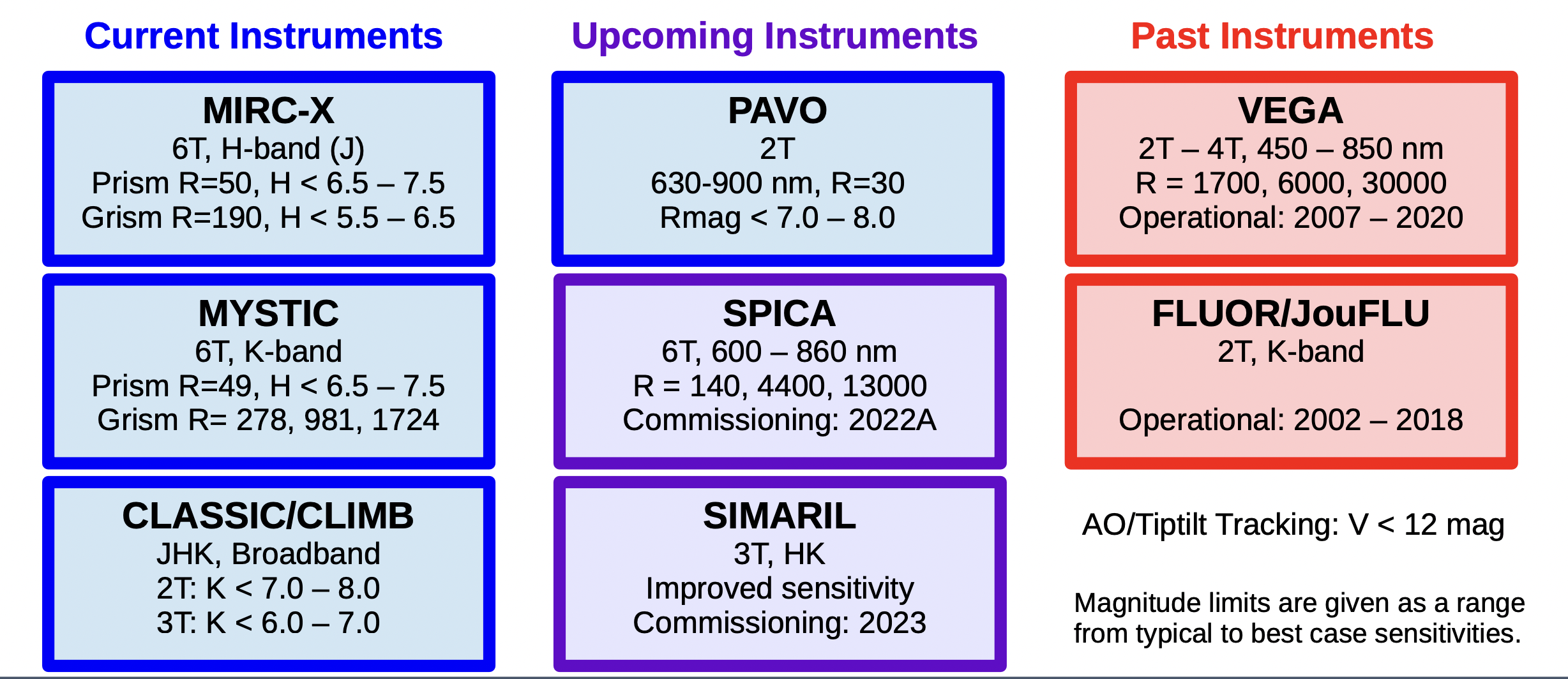


Lanthermann et al. 2022
SILMARIL
MIRCX
MIRC-X disperses light across several spectral channels and operates in the J and H-bands. MYSTIC operates in the K-band. MIRC-X/MYSTIC can be used simultaneously to create images of stellar surfaces and circumstellar disks. The precision closure phases are well suited to detecting faint binary companions.
Three spectral modes are currently available in the H-band: prism R=50 (8 spectral channels), prism R=102, and grism R=190. A higher resolution grism with R=1170 is available (with approval)



STS and STST
Anugu 2020
MYSTIC
MYSTIC, the Michigan Young STar Imager at CHARA is a K-band, cryogenic, 6-beam combiner. All-in-One 6T or high sensitivity 4T gravity chip
A 4-telescope mode for MYSTIC using an integrated optics component designed for the VLTI-GRAVITY experiment is under development and will provide better sensitivity for the faintest targets.
MYSTIC is available in the K-band using a low-resolution R=49 prism. Additional spectra modes (prism R=22, grism R=278, grism R=981, grism R=1724)
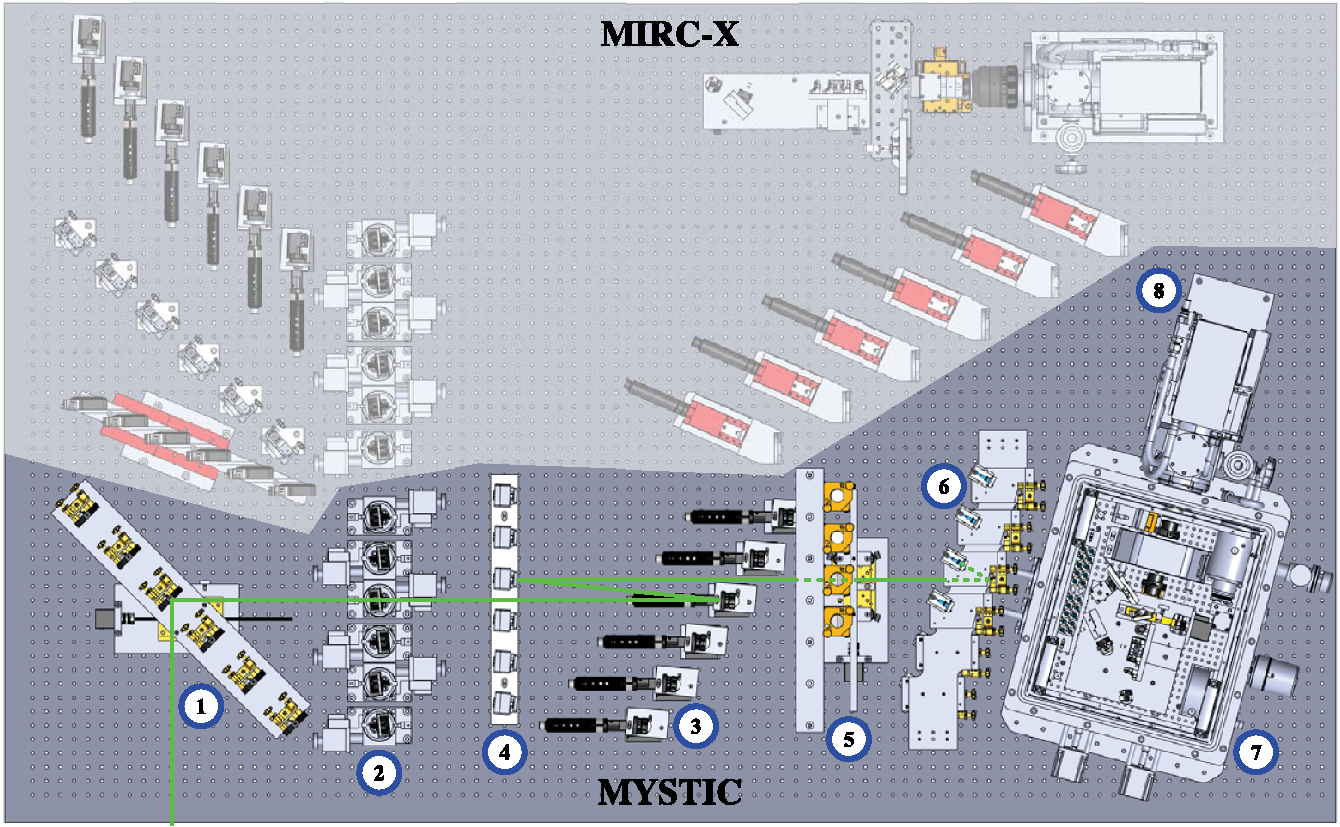
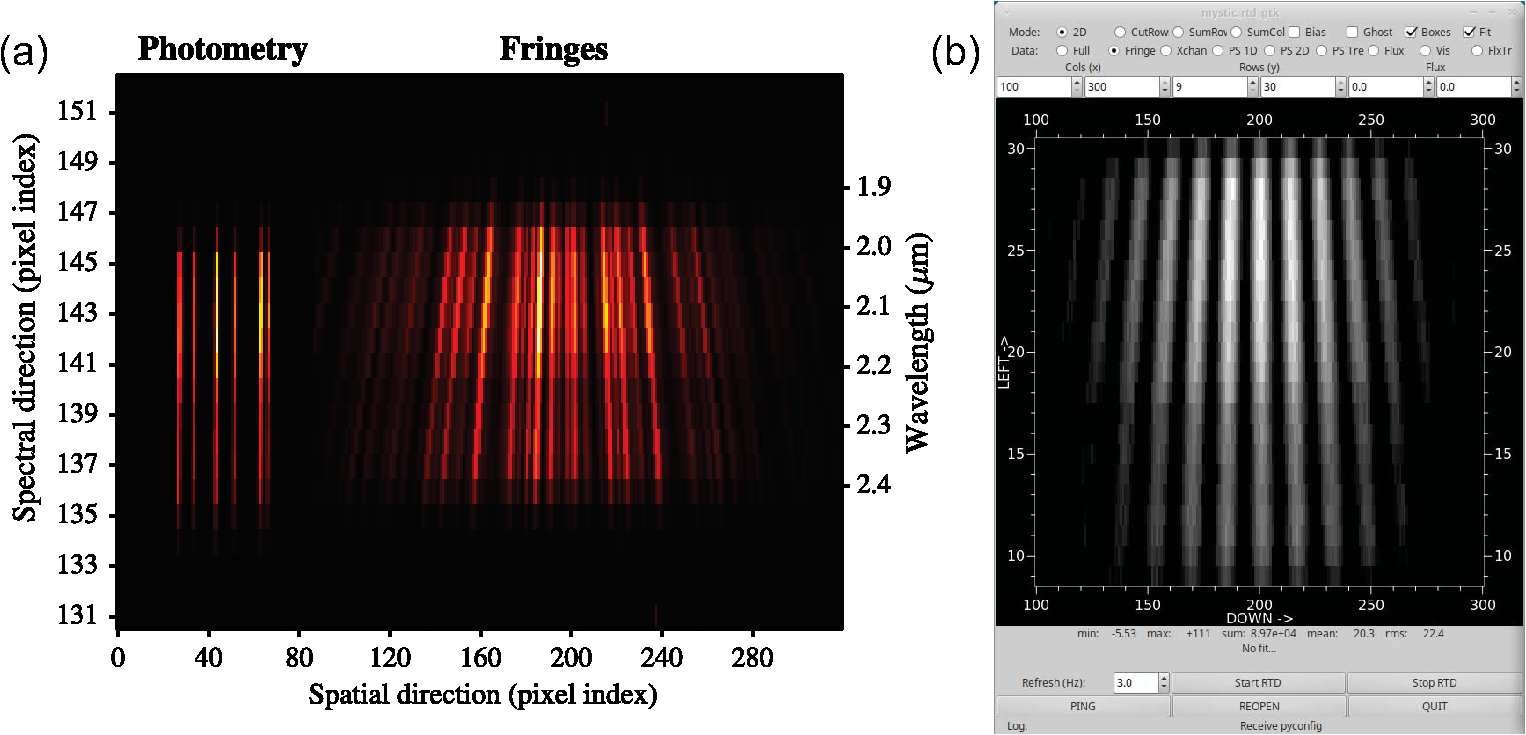
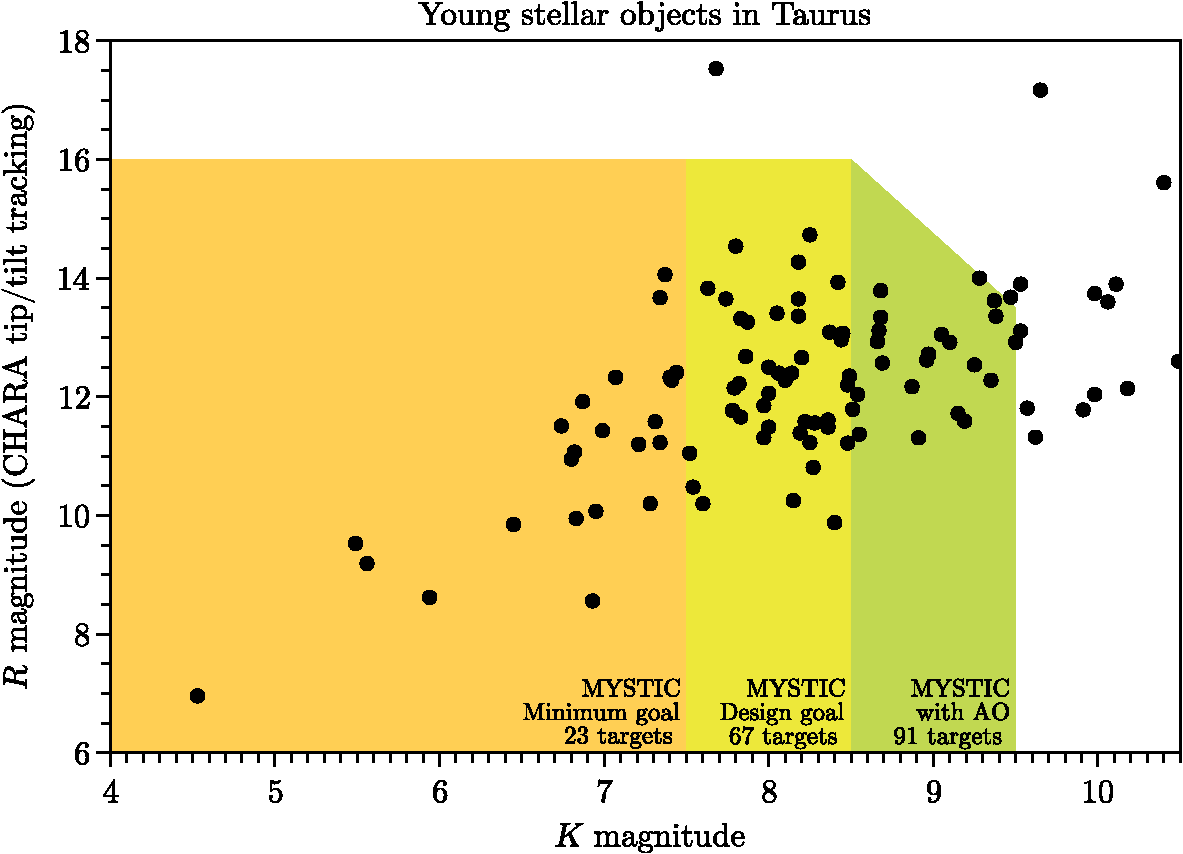
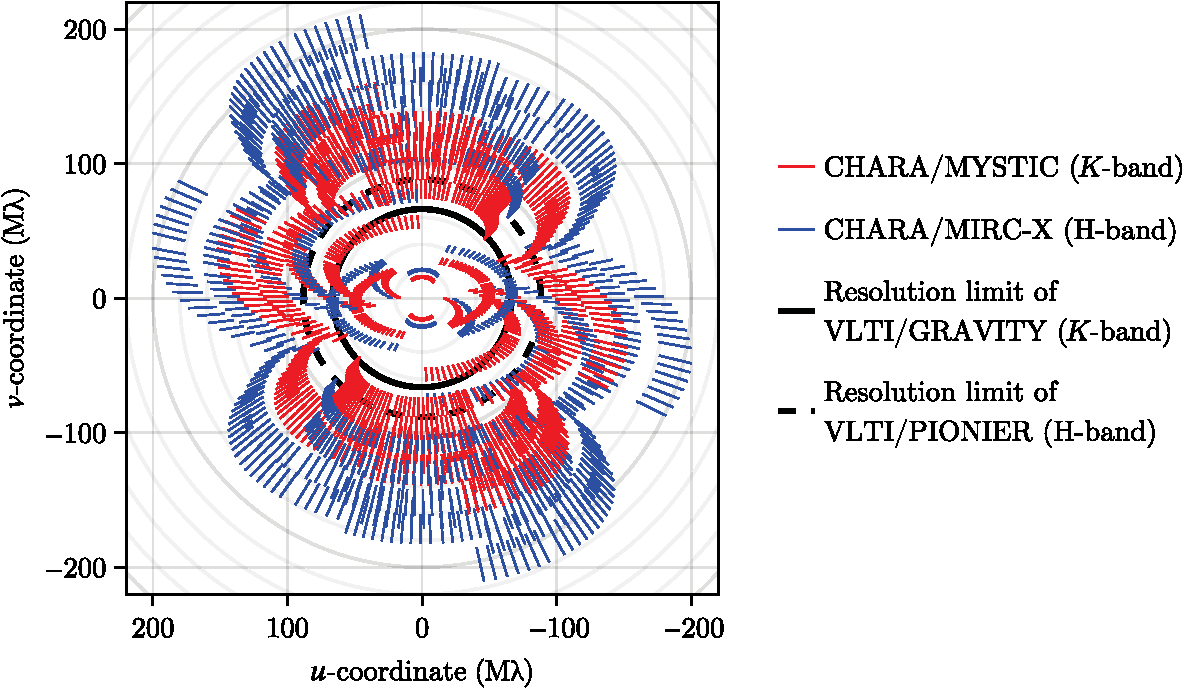
Setterholm et al. 2023

Pannetier et al. 2021
SPICA
(Stellar Parameters and Imaging with a Cophased Array)

SPICA-FT H-band 6-beam ABCD combiner by VLC Photonics, inspired by GRAVITY
low-resolution mode uses MIRC-X for fringe-tracking
The goal of the SPICA project is to provide a large and homogeneous set of stellar parameters across the HR-diagram. The survey aims to measure the angular diameters of 1000 stars.
Low-resolution spectrograph for measuring precise angular diameters (R=150, 50 channels over 650–950 nm).
For a sub-sample of bright stars, medium (R=4300) and high (R=13,200) spectral resolution modes will be available for spectral imaging of stellar surfaces and environments and kinematic studies.

spectrograph

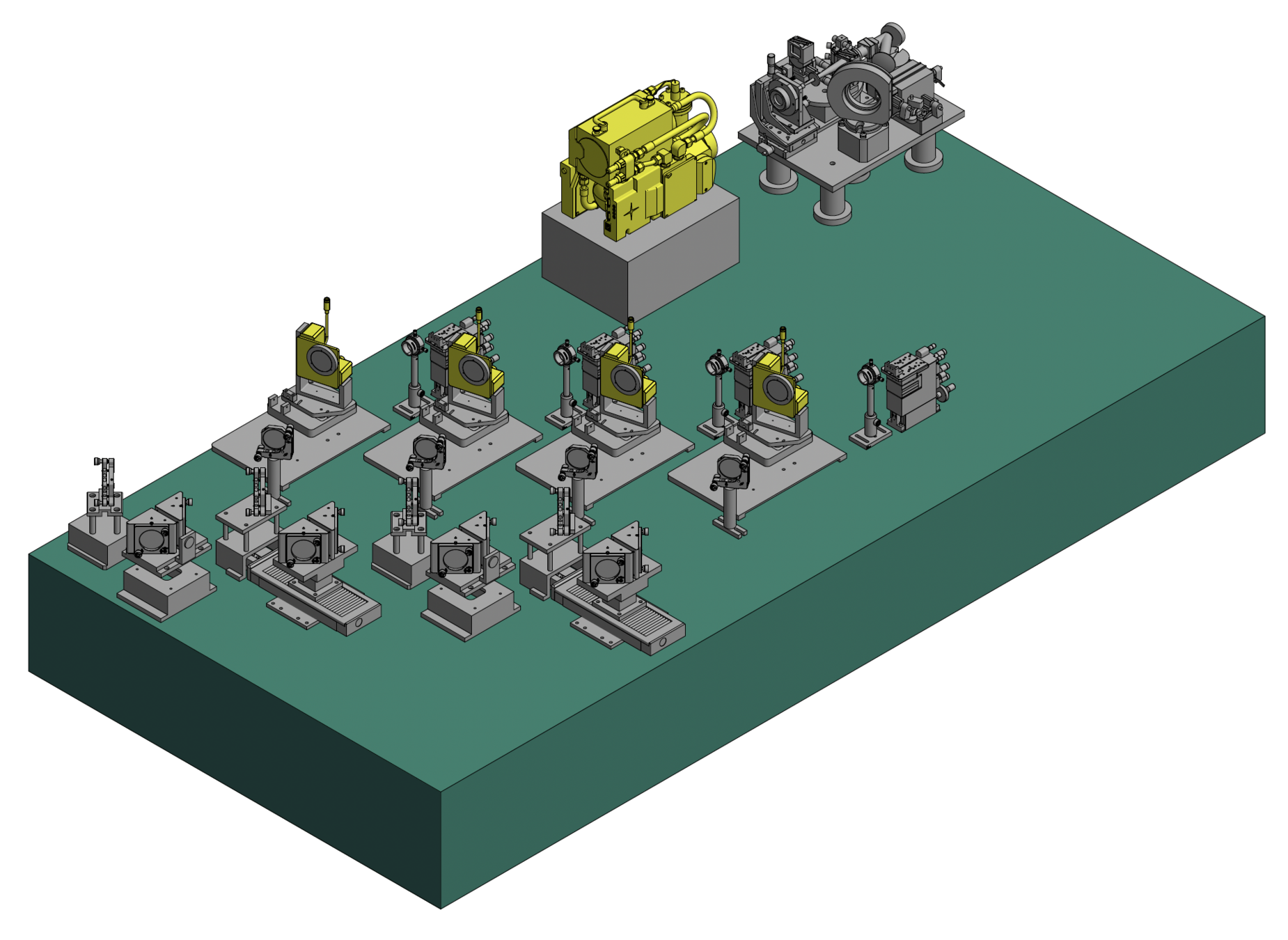
Currently have two injection stages
CHARIOT
(CHARA Array Integrated Optics Testbed)
collaboration with Leibniz Institute for Astrophysics Potsdam (AIP)
ULI optics for JHK bands
(Siliprandi, Labadie, Madhav, Dinkelaker, Thompson, Benoît)



bonus slides
-
Review the current state of capabilities and techniques in optical/IR interferometry
- Highlight science cases enabled by microarcsecond resolution at optical/IR wavelengths (e.g. exoplanets, stellar physics, young stars/disks, AGN and SMBHs)
- Discuss quantum-enhanced methods for pushing current limitations on spatial resolution
- Establish collaborations between the astronomy and quantum communities to address science requirements and technical challenges


Charting Quantum Horizons March 2024 - Tucson, AZ
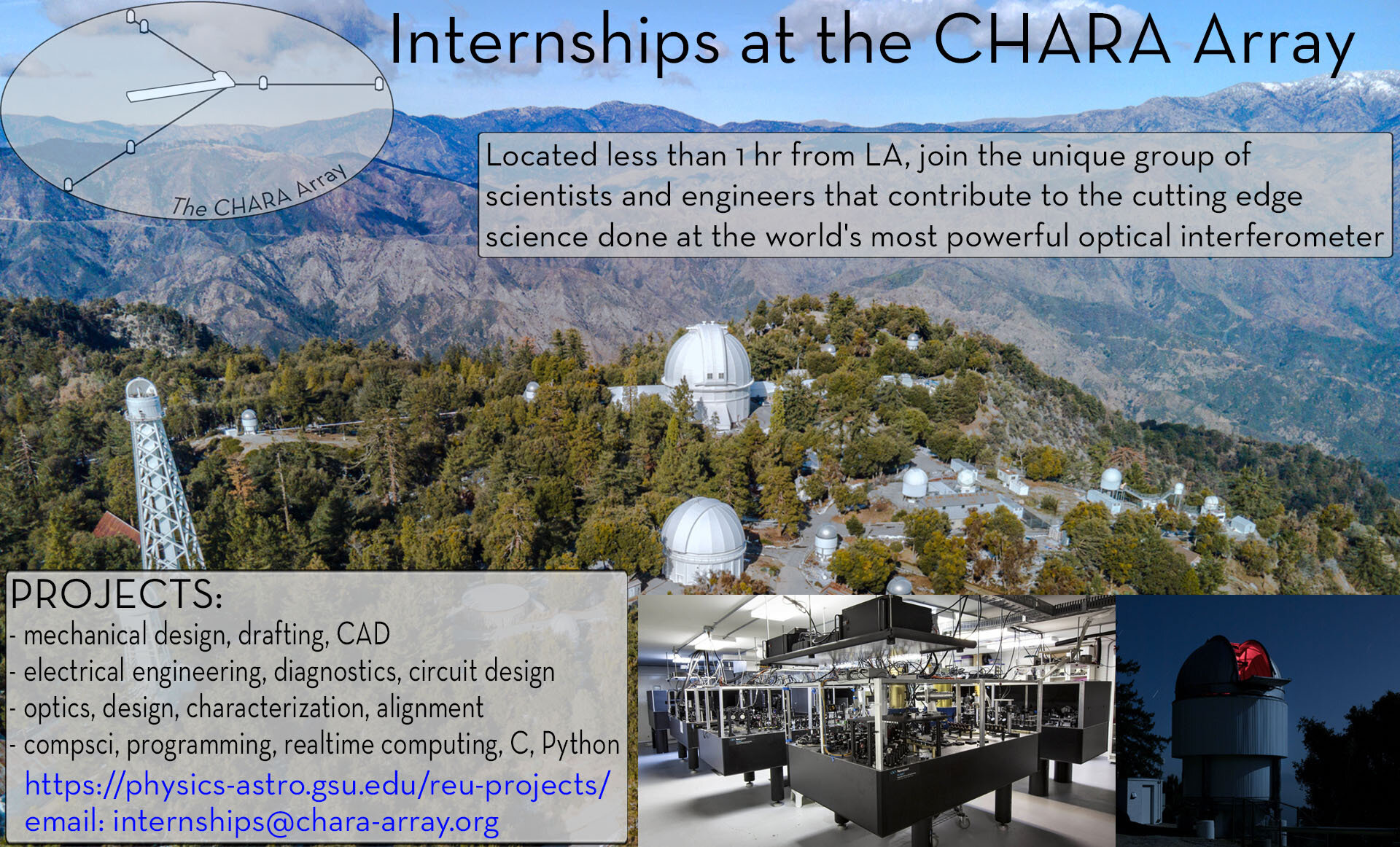
relation semimajor-axis (a) and the period (T)
masses of objects
use this to calibrate Mass-Luminosity relationship for single stars
stellar masses
stellar radii
stellar ages
fundamental astrophysics

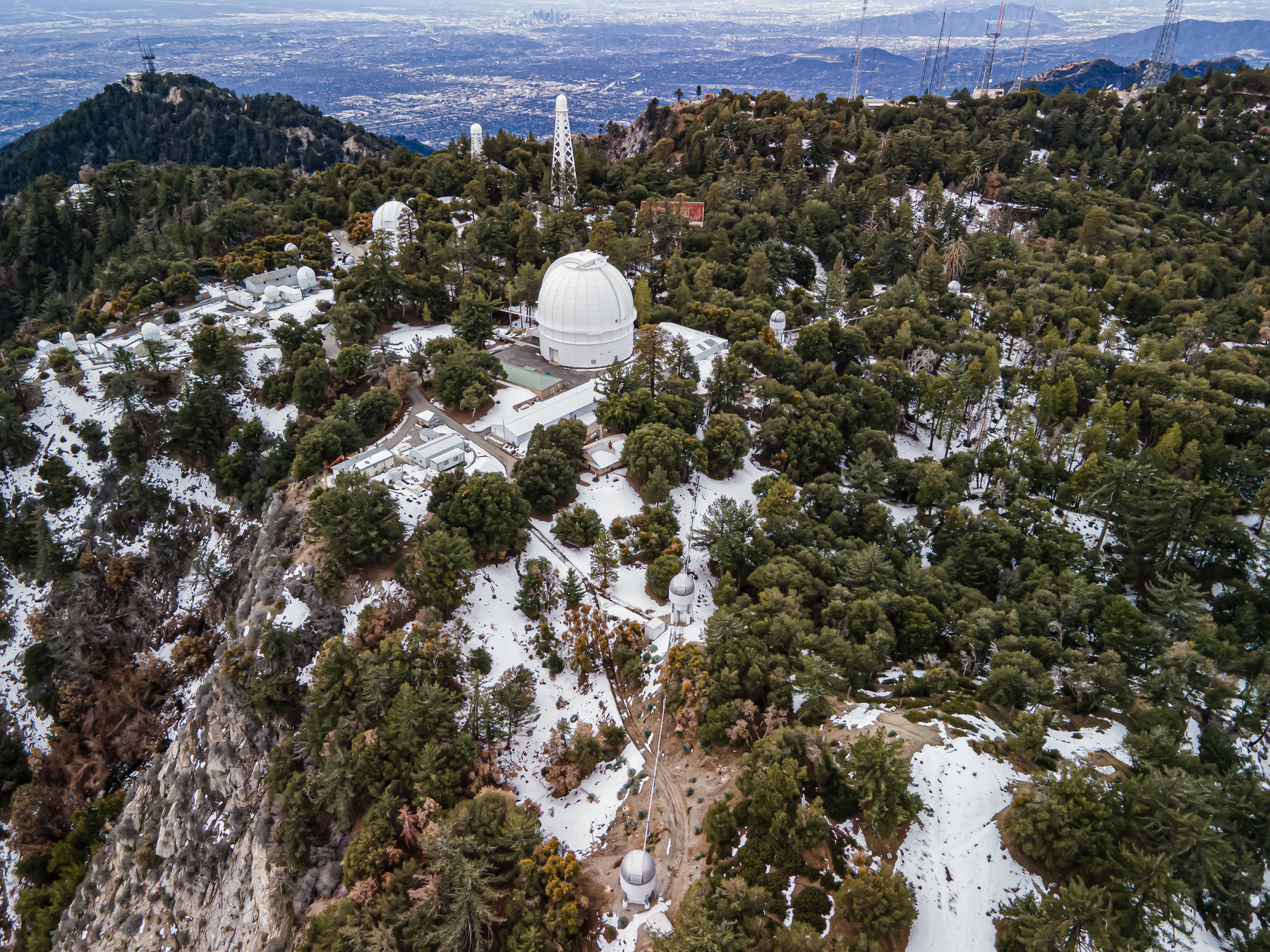

VLTI

up to 140m
The Rayleigh criterion and the tyranny of the atmosphere
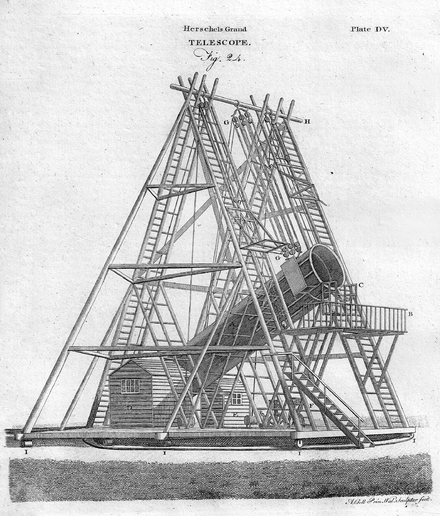

but in atmosphere, turbulent cells limit resolution to
Labeyrie
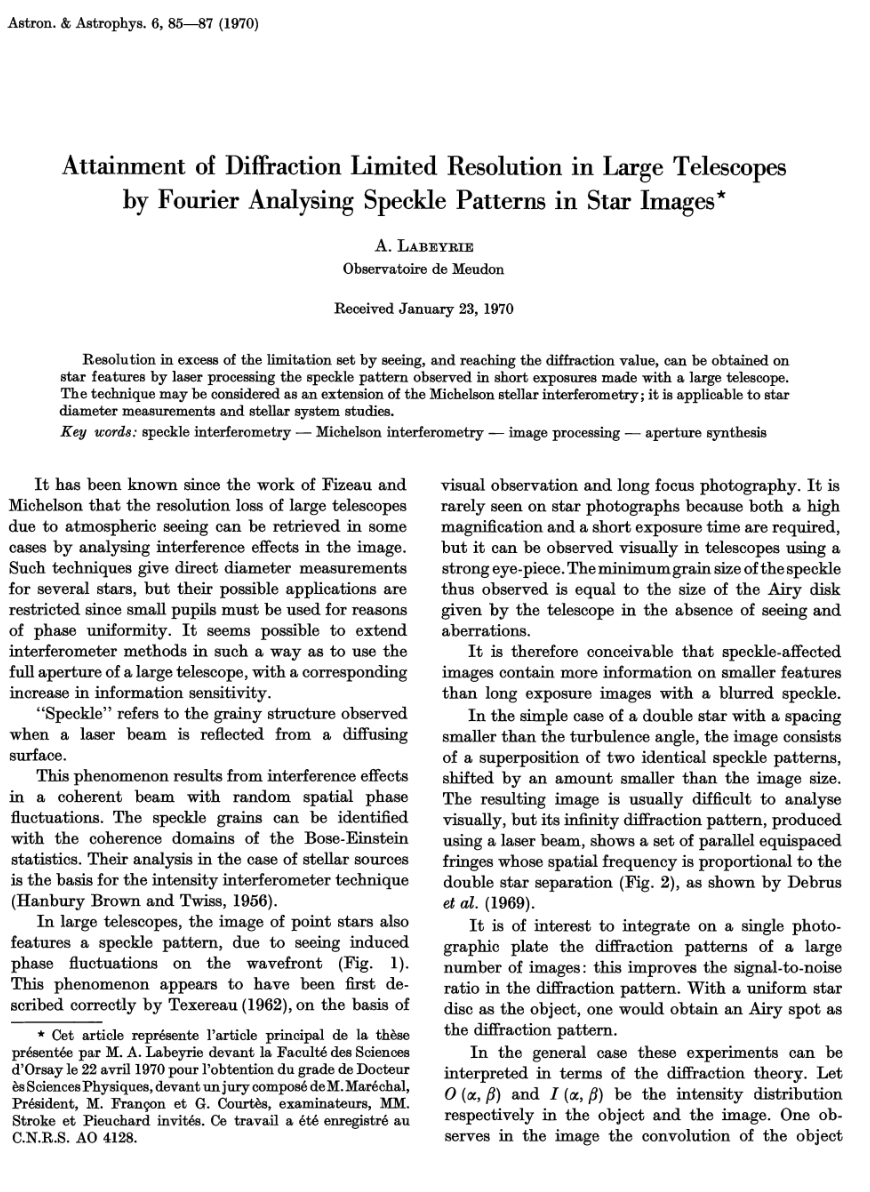
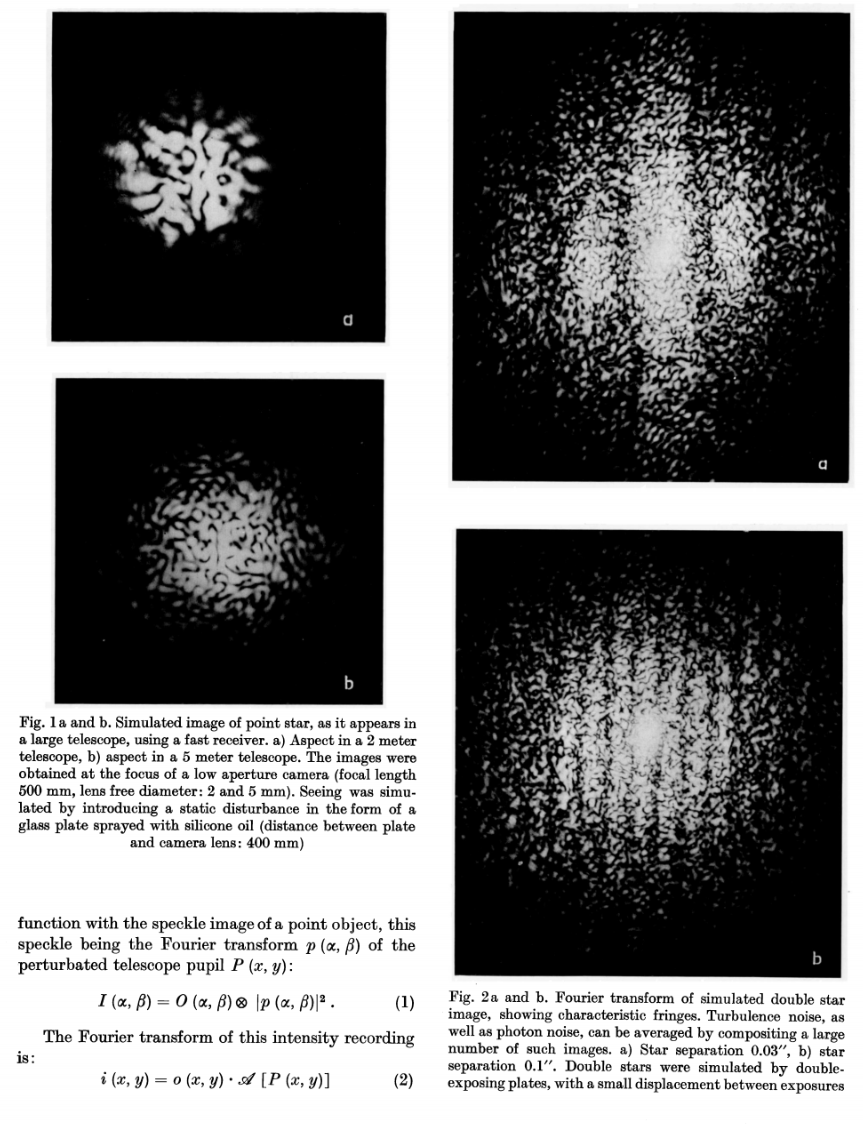
a method to obtain diffraction-limited resolution across the full aperture of a large telescope
long exposure
speckles blur
produce Airy pattern
true images are impossible, only centrosymmetric objects can be reconstructed, but later work fixed this (mostly)
speckle pattern is the Fourier transform of telescope pupil
autocorrelation of speckles
(in Fourier space)
modulus
(time-averaged intensity)
-
Explore the apparent variability of known exozodis
- long-term monitoring
- clues to source and formation of the dust
-
Expand strong exozodi sample
- leveraging LBTI and prior surveys
- from ~100 \(\rightarrow\) ~1000 objects
- Use spectral dispersion to resolve the thermal/scattered dilemma
- Risk mitigation for coronagraphy/starshade missions
-
Target selection and characterization for mid/large missions (HWO, Plato, etc)
- exozodis likely to be dominant noise source
- Precision diameters and fundamental astrophysics
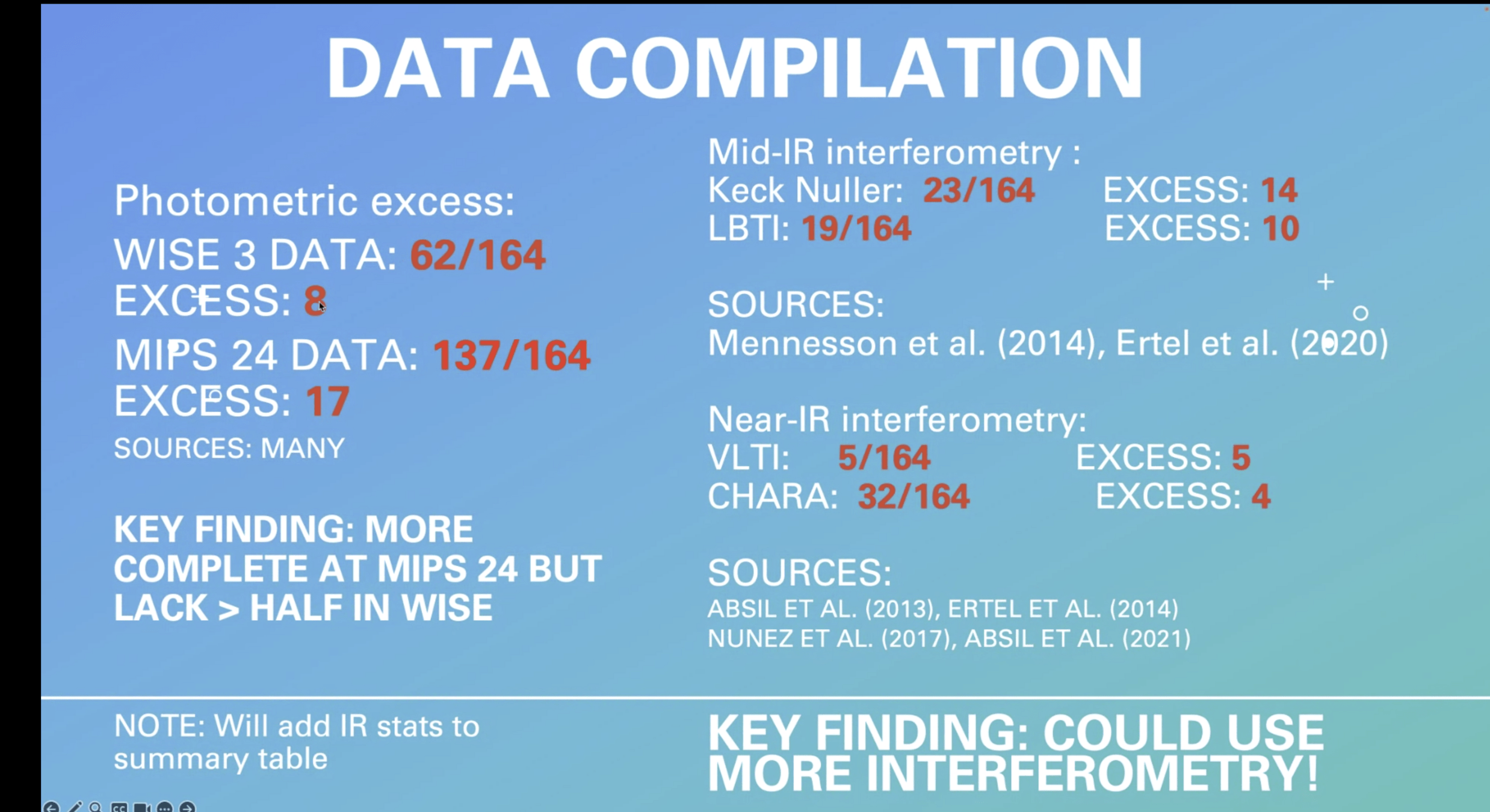
following slides stolen from EXOPAG 23:
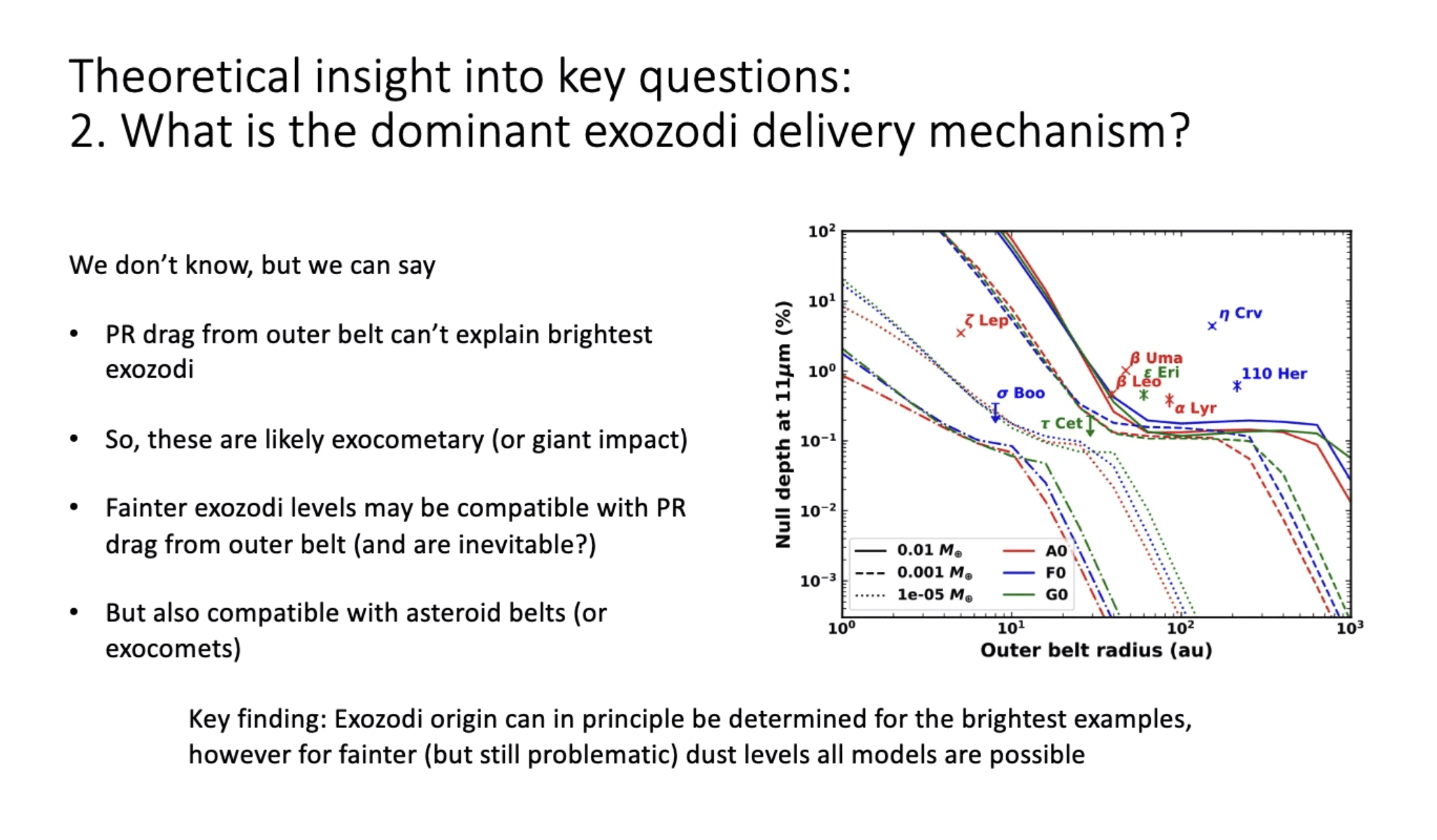
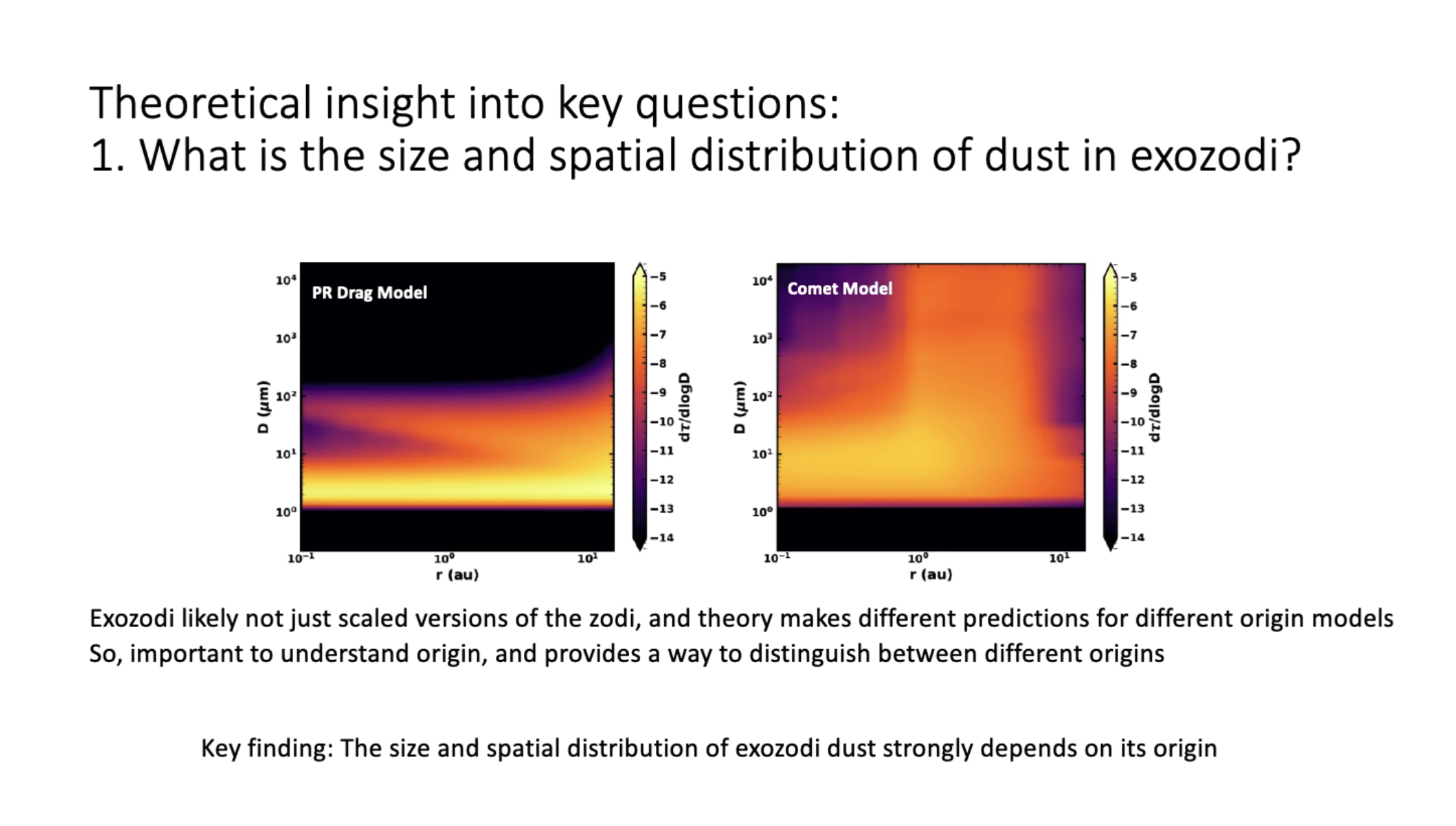
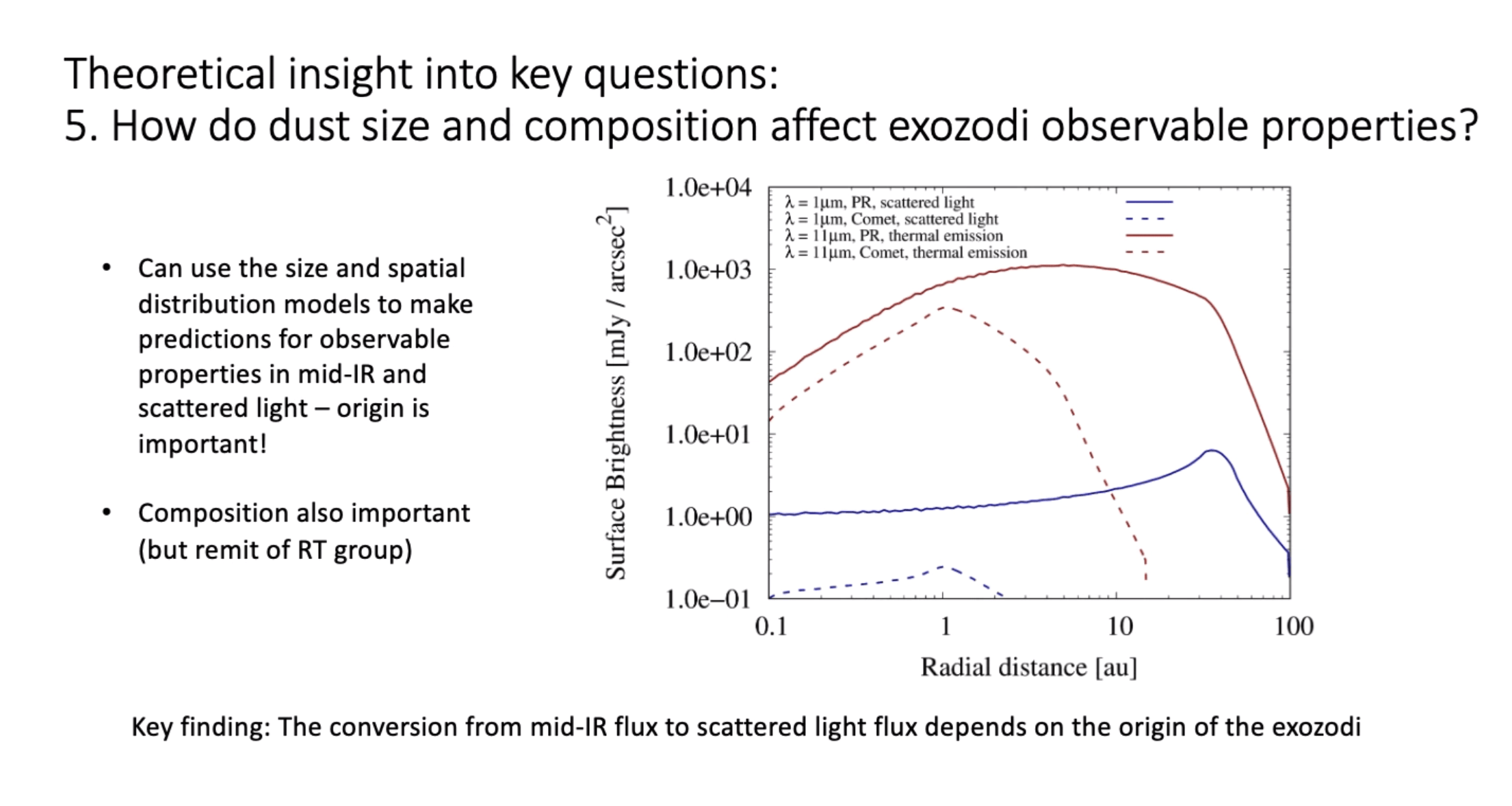
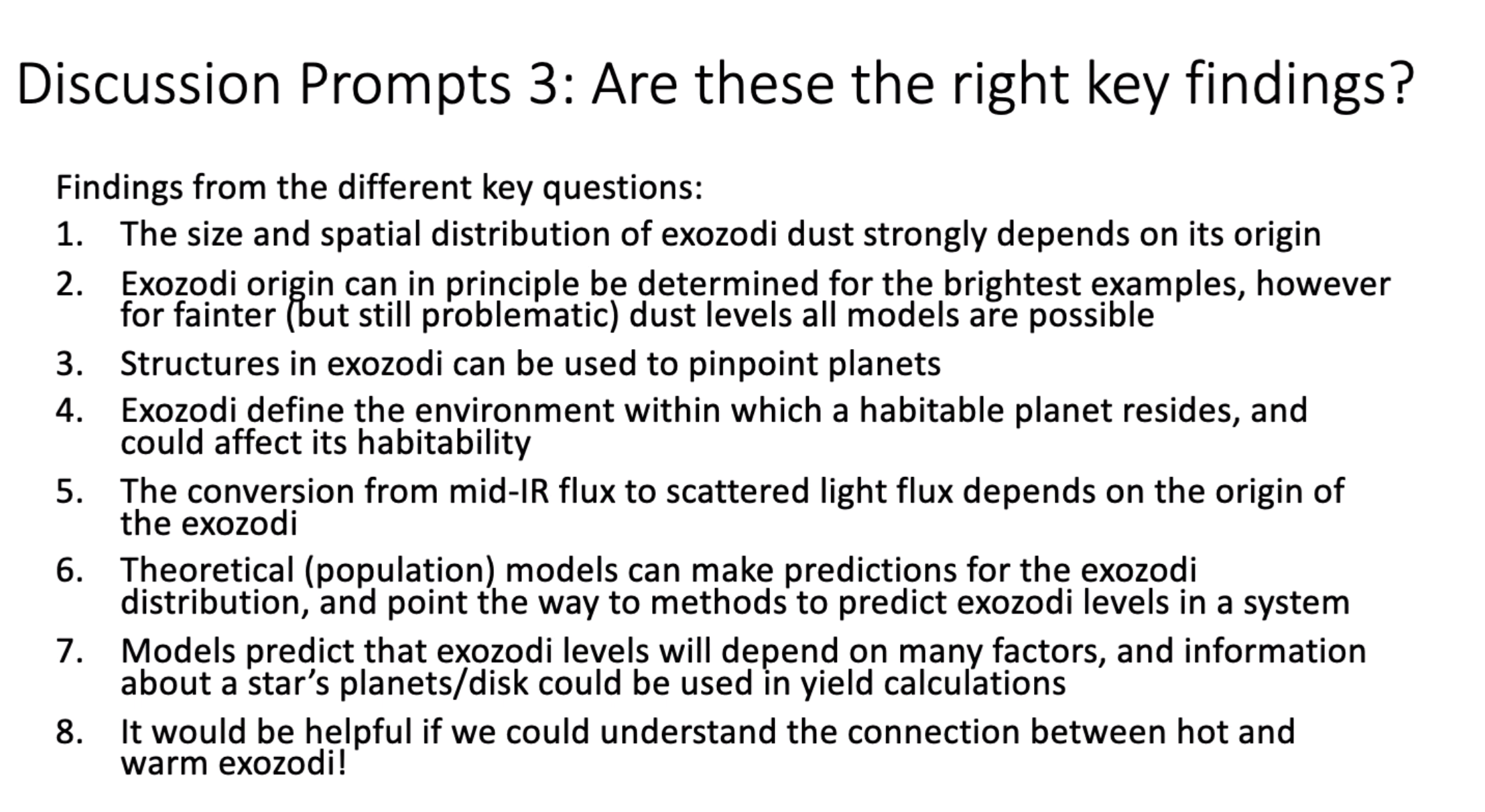
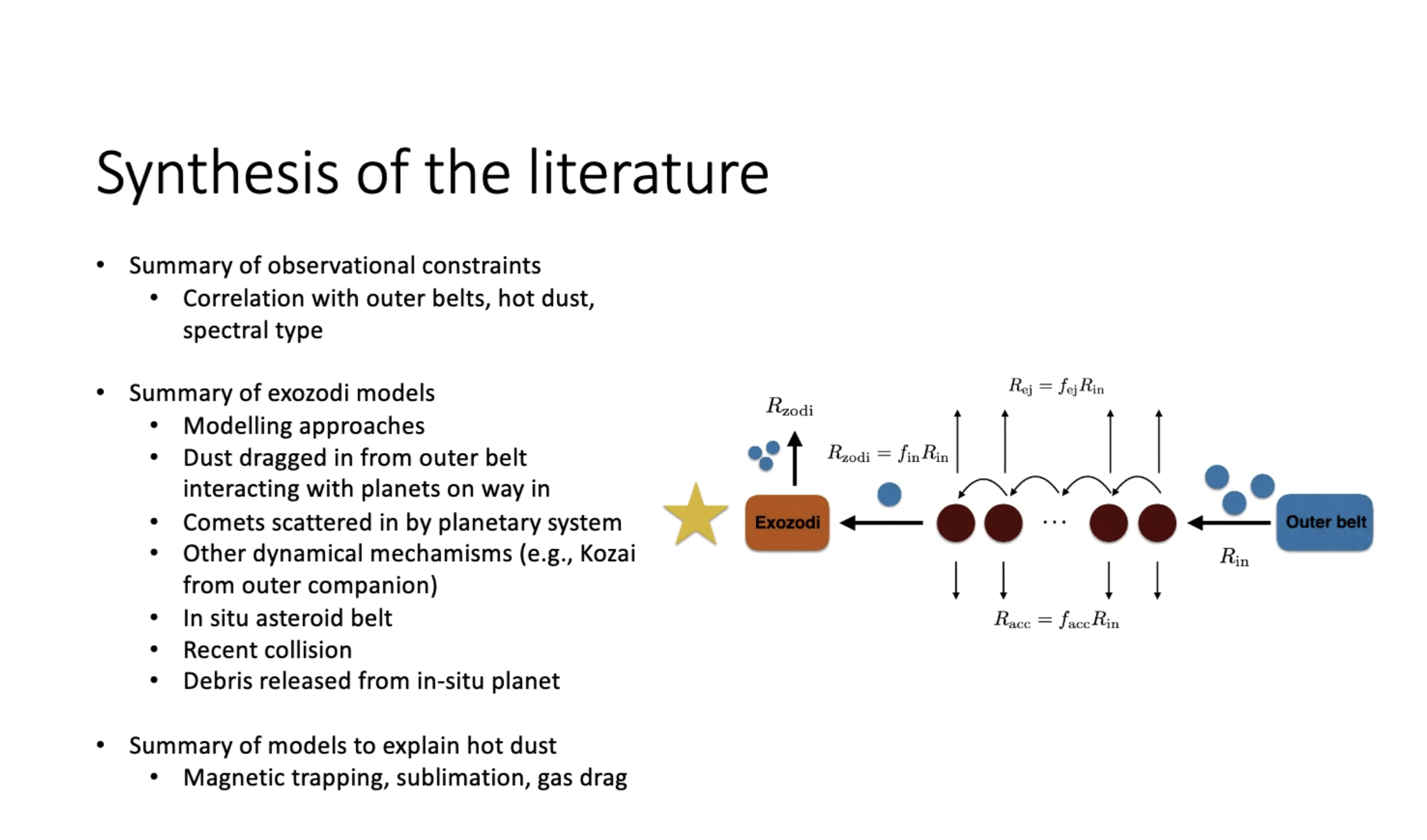


-
Planewave:
- 2-3 yrs until a 2 meter
- $2.5 million ea
- > 2 magnitudes deeper
-
move existing telescopes to CMAP sites?
- 1m outriggers?
- 6x2m + 4x1m array? 45 baselines!
-
JWST plenary talk:
- “imaging interferometers are coming online”
-
How to get more hands at the Array/instrumentation interest
- REU options
- Shadow-a-Scientist programs
- Collaborations/Partners
-
Funding
- NSF wants astronomers to compete for MSIPs with MSRI funds
- Workshops on centers of excellence, partnerships with industry (TIP)
- Could chara get solar panel funding?
- Grow local and state politician interest/investment?
Some thoughts from AAS 241


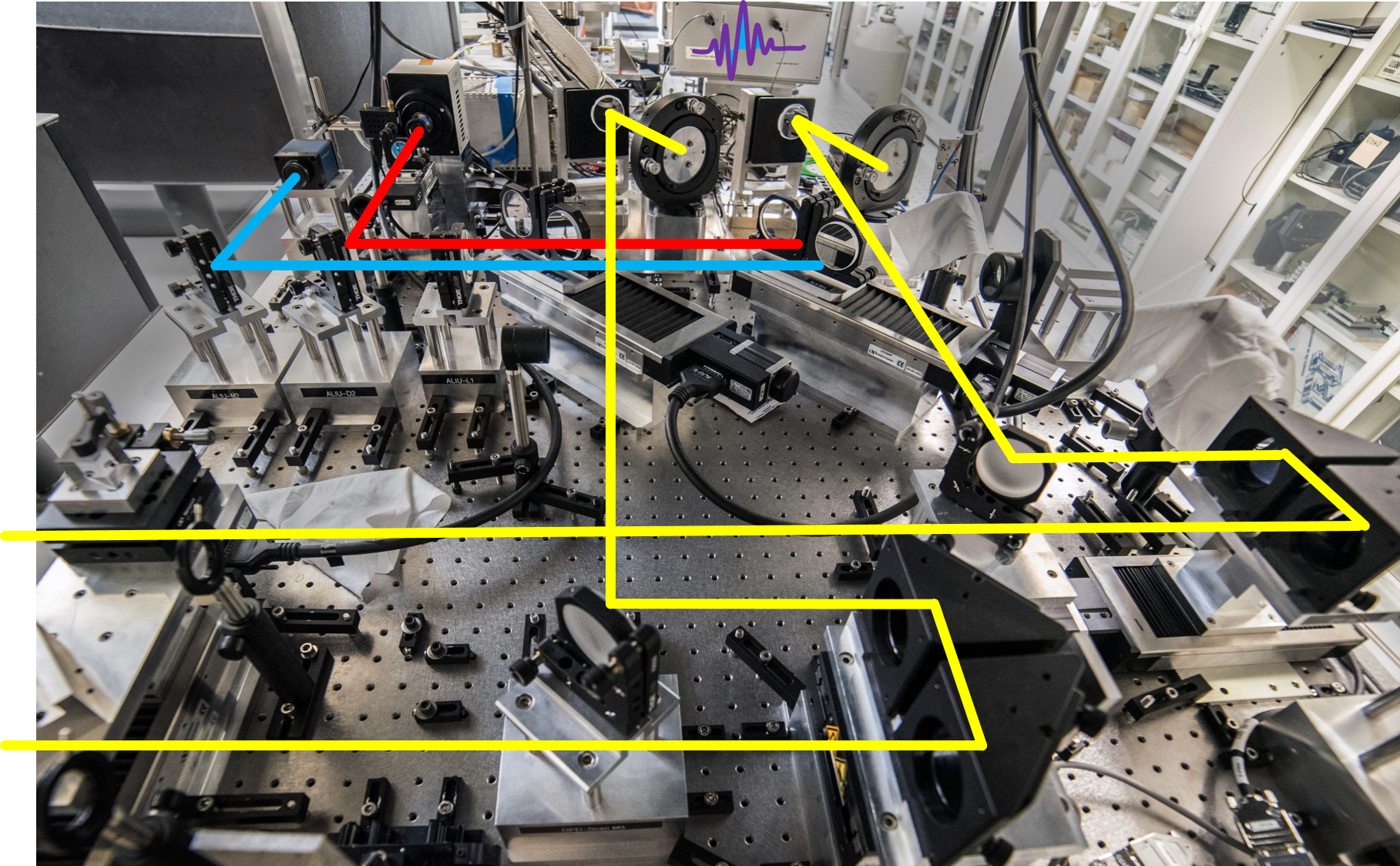

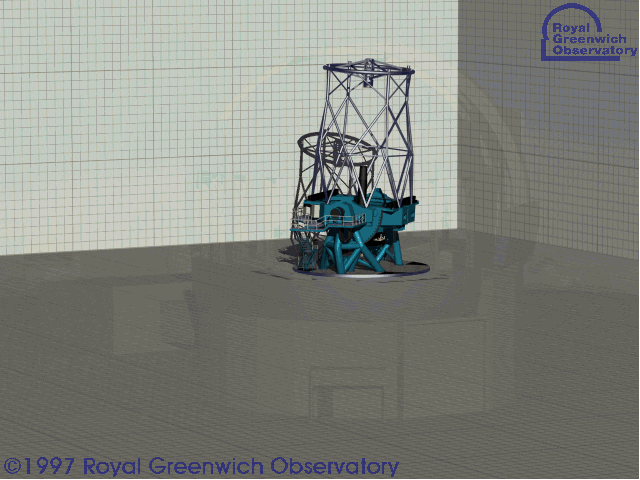
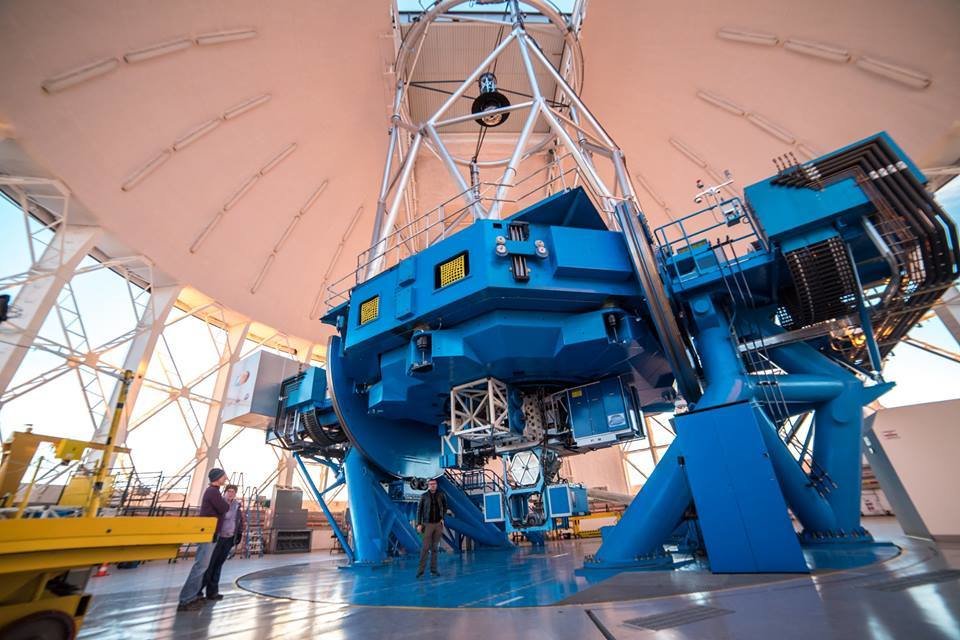





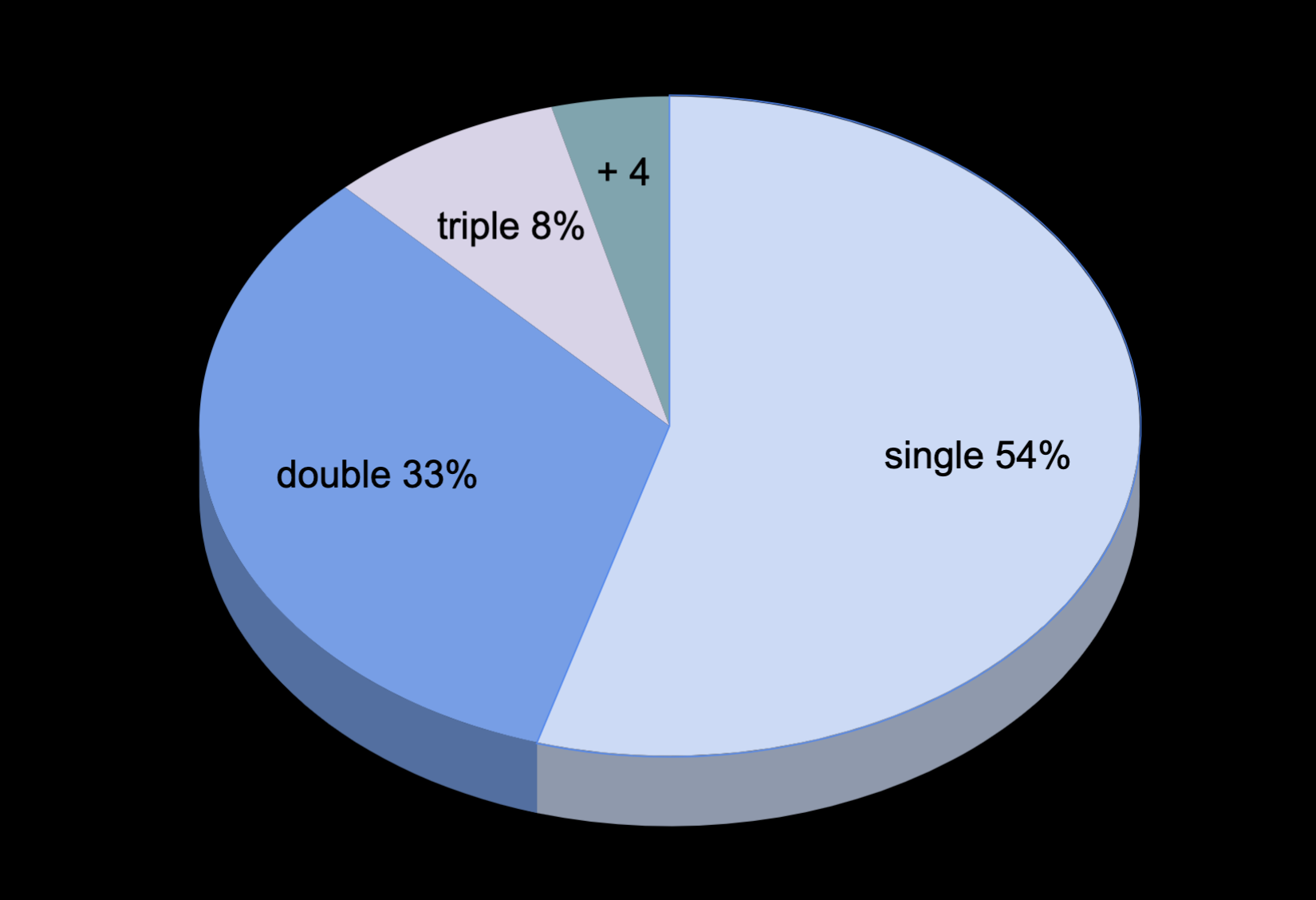
~50% of the stars you see are binaries
~25% are triples
-on avg there's an exoplanet per star
~10% of Sun-like stars likely host rocky exoplanets, more for lower-mass stars
-40-50% of Kepler/K2/TESS objects of interest may have companions
-biases occurrence rates & underestimates exoplanet radii by 50%
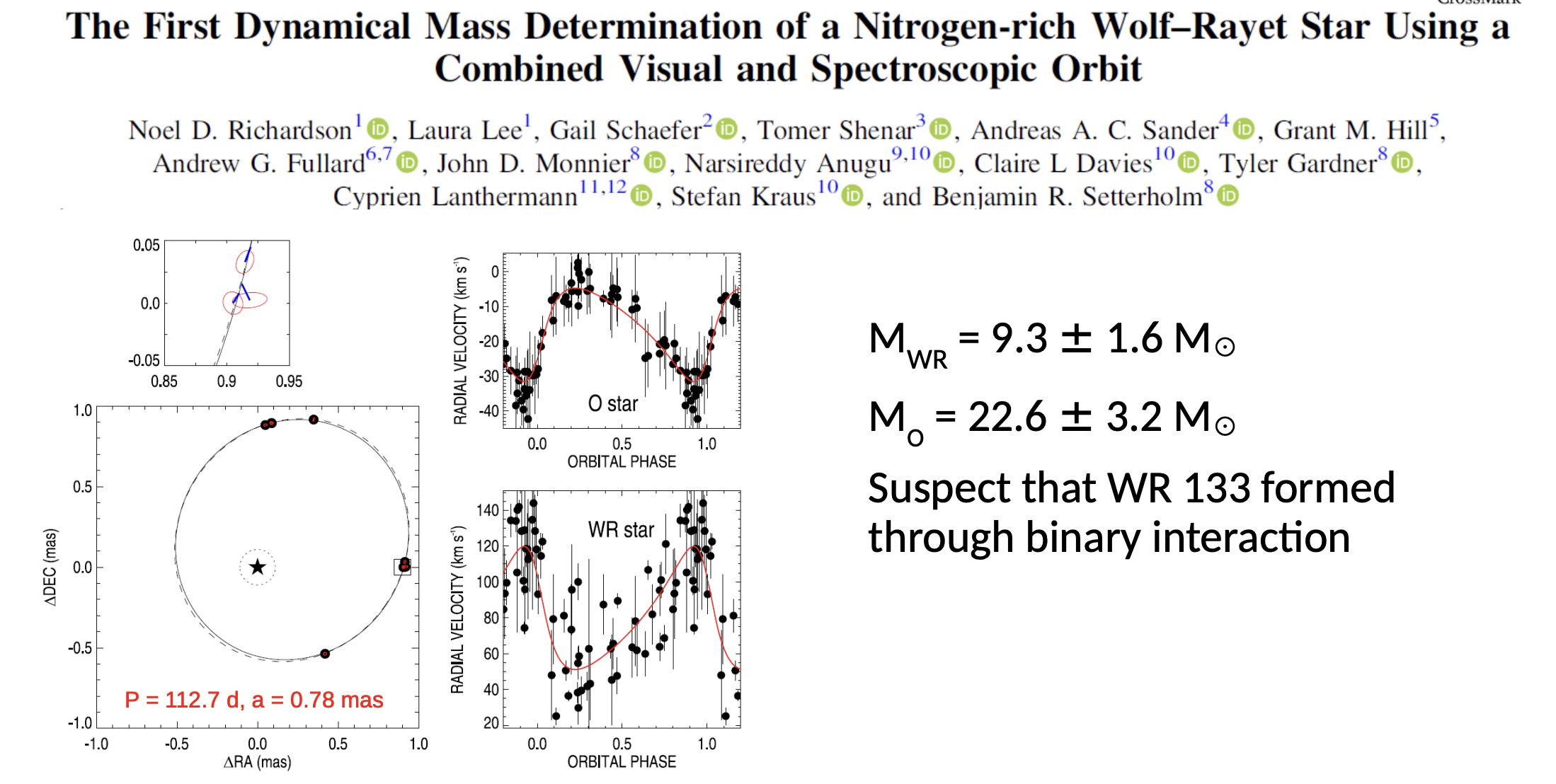
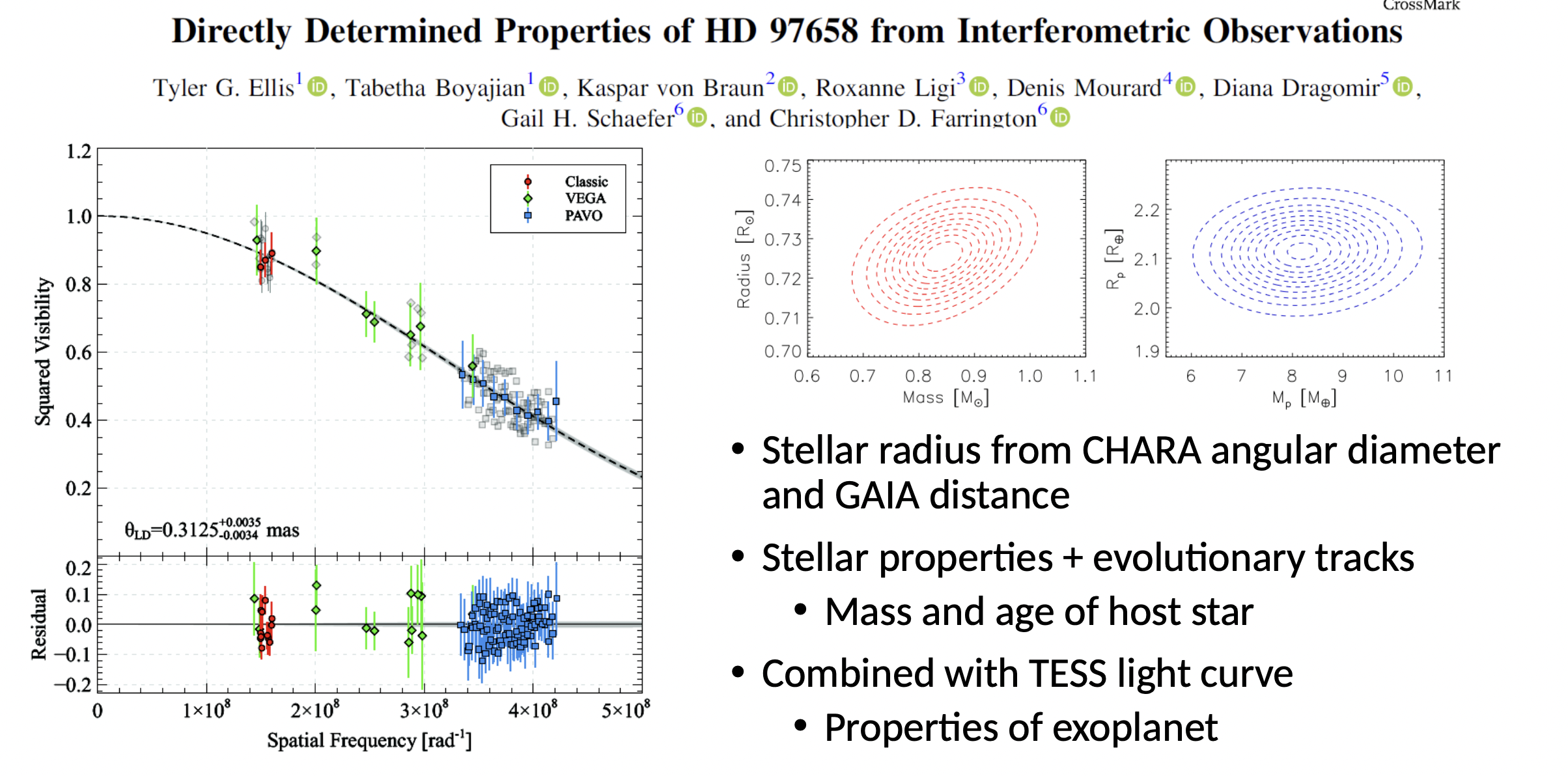






<0.08
0.08-0.4
0.4-8
>8
>20
>3
1.4-3
>1.4
Solar Masses



Oxygen

- get transmission spectrum of the atmosphere
- measure different radii at different wavelegnths to give clues to composition

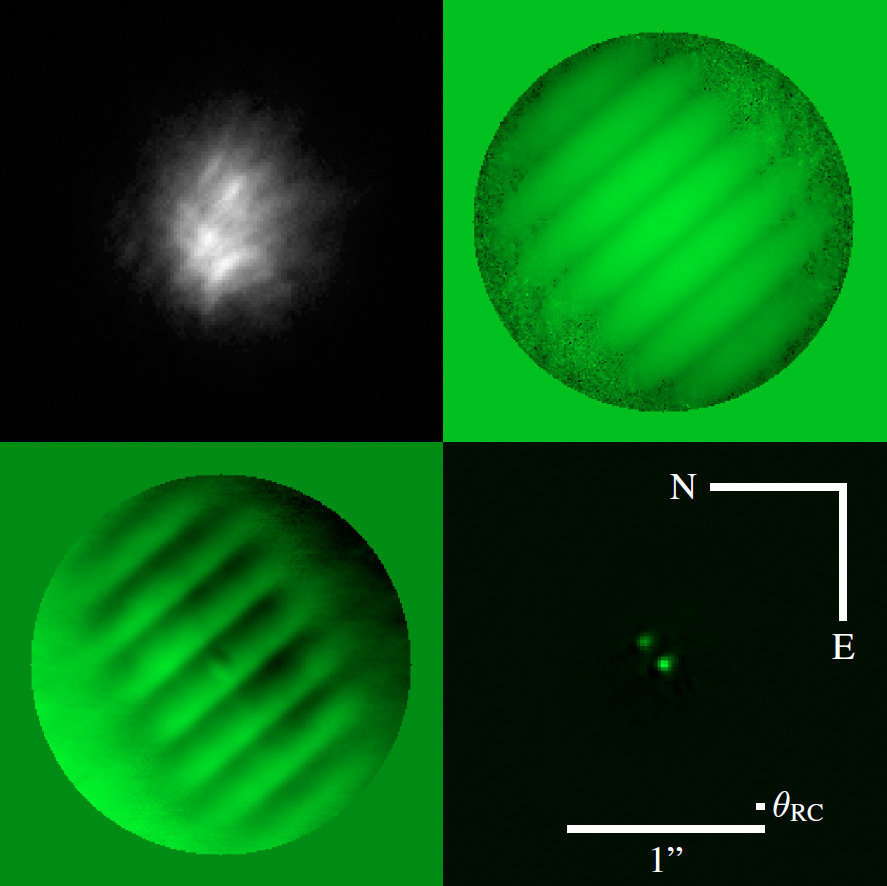
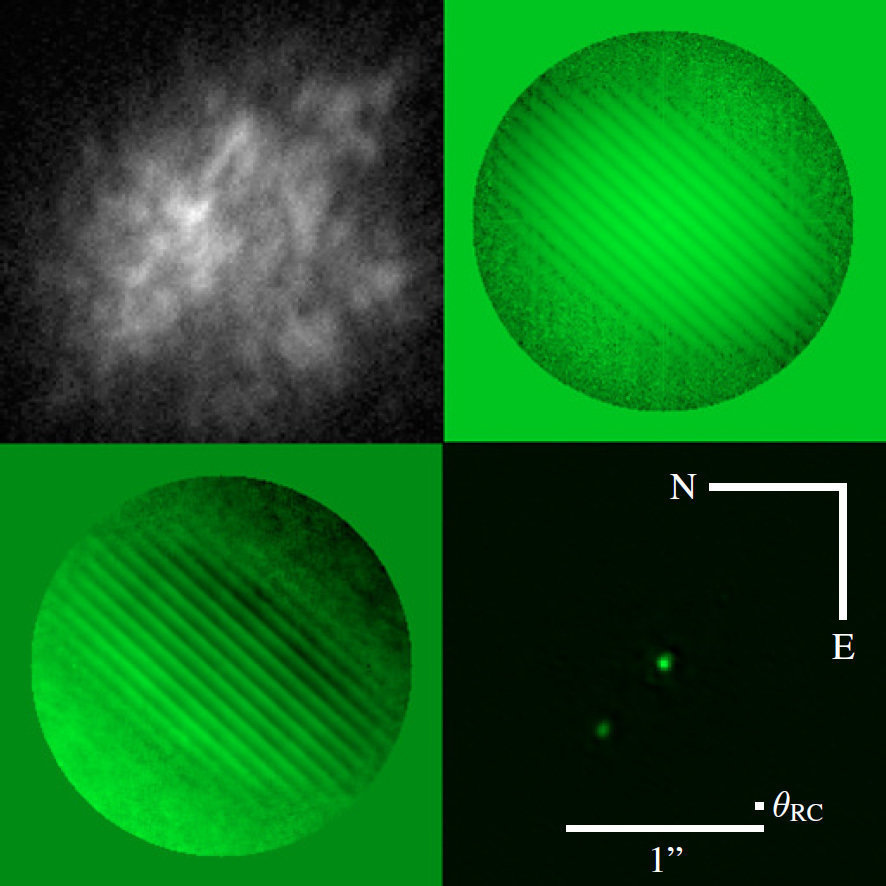
Fringe spacing
Fringe orientation
Fringe Depth (contrast)
Binary separation
Binary position angle
Binary magnitude difference
(delta mag)
relation semimajor-axis (a) and the period (T)
masses of objects
wide binary
close binary
vs
:
:
vs
:
use this to calibrate Mass-Luminosity relationship for single stars
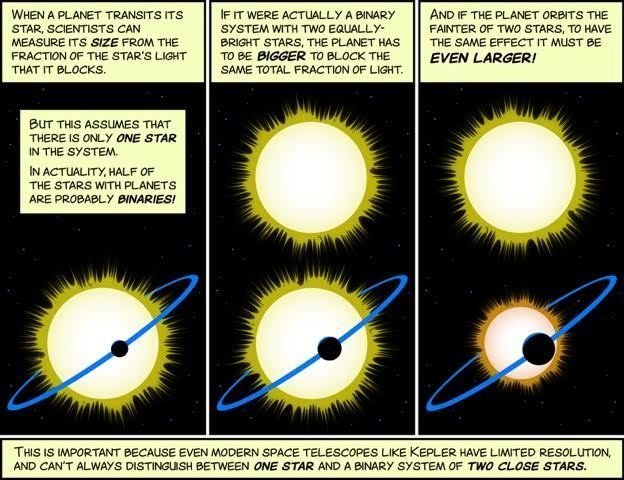
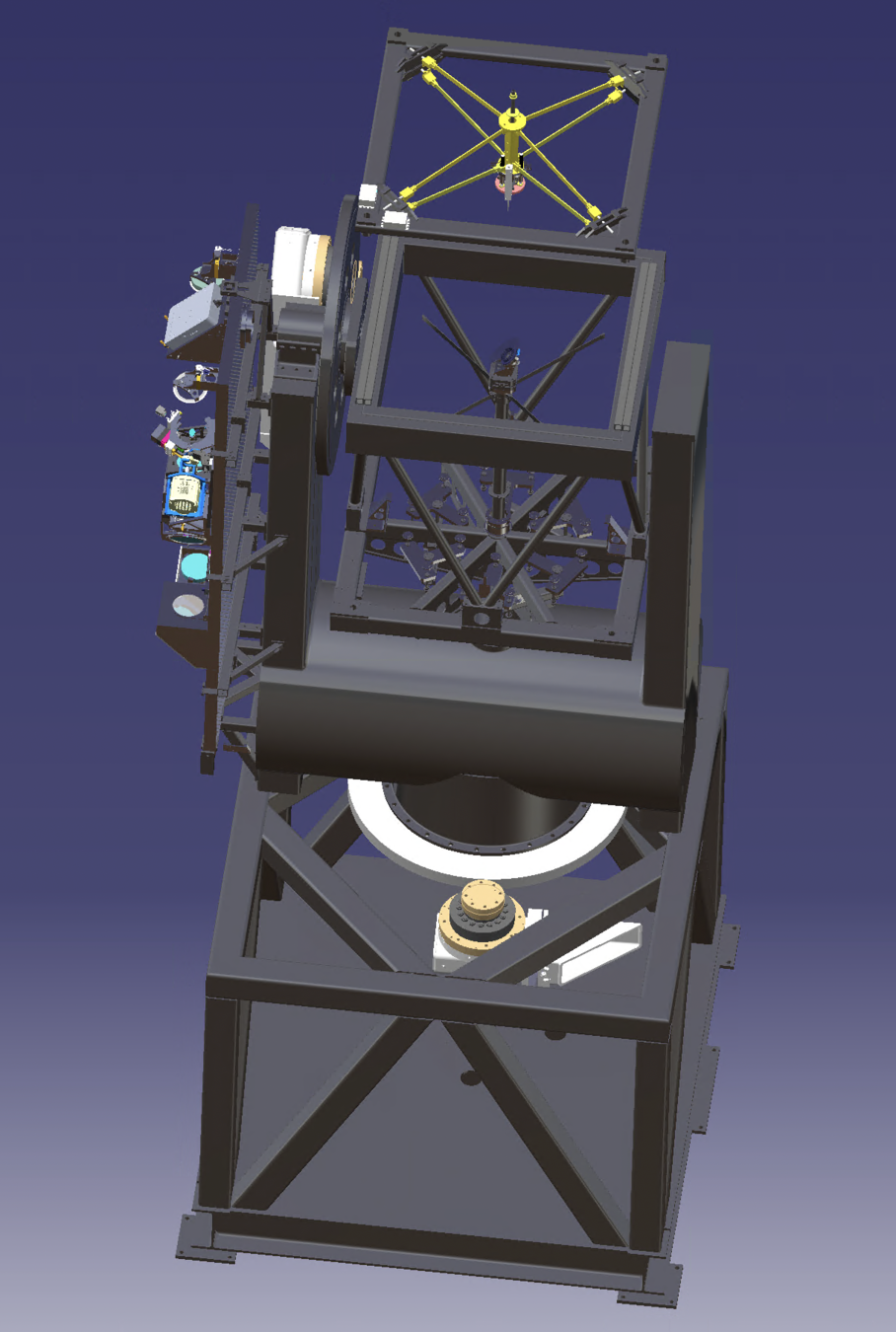


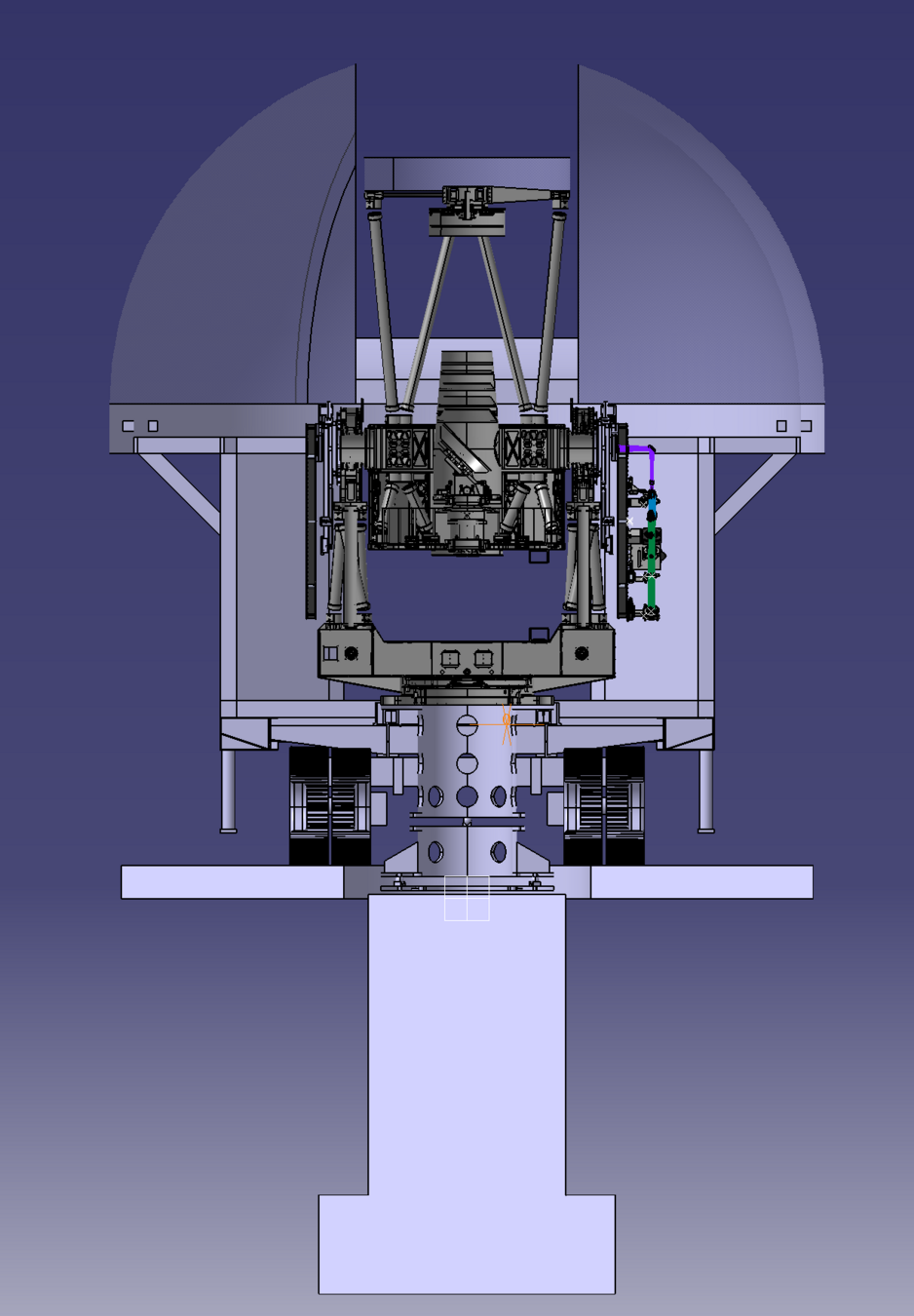
CHARIOT
(CHARA Array Integrated Optics Testbed)
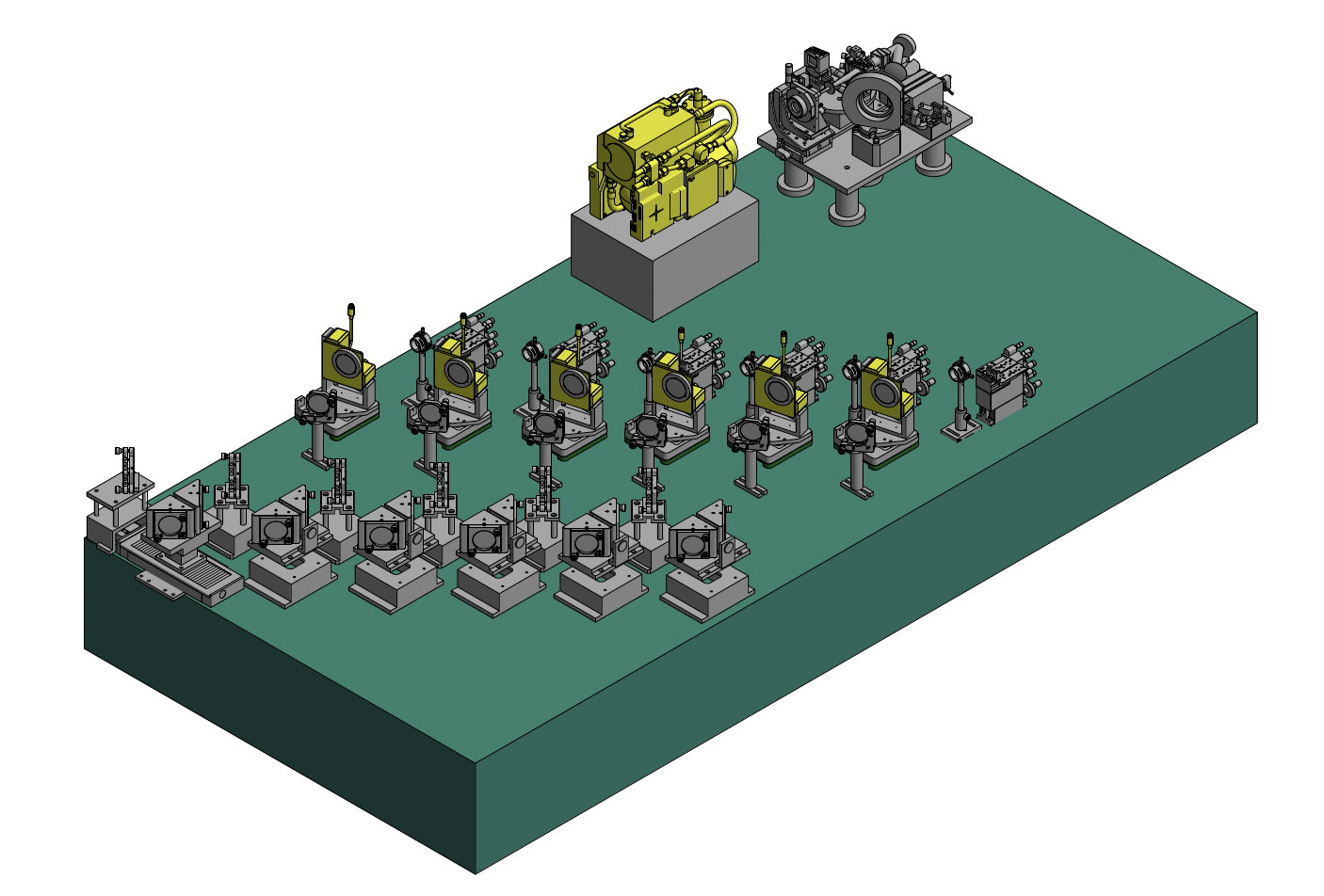
collaboration with Leibniz Institute for Astrophysics Potsdam (AIP)
ULI optics for JHK bands
(Siliprandi, Labadie, Madhav, Dinkelaker, Thompson, Benoît)


Coupling ratio evolutions of (input coupling waveguide) and R2(λ) in blue diamonds of a writing beam combiner characterized by coupling input light in the two external PT1 and PT2 inputs to obtain two experimental measurements of the 3 dB asymmetric directional coupler (a, b) and one for each photometric asymmetric Tap directional couplers, as Tap 1 (c) and Tap 2 (d)

Siliprandi et al. 2022


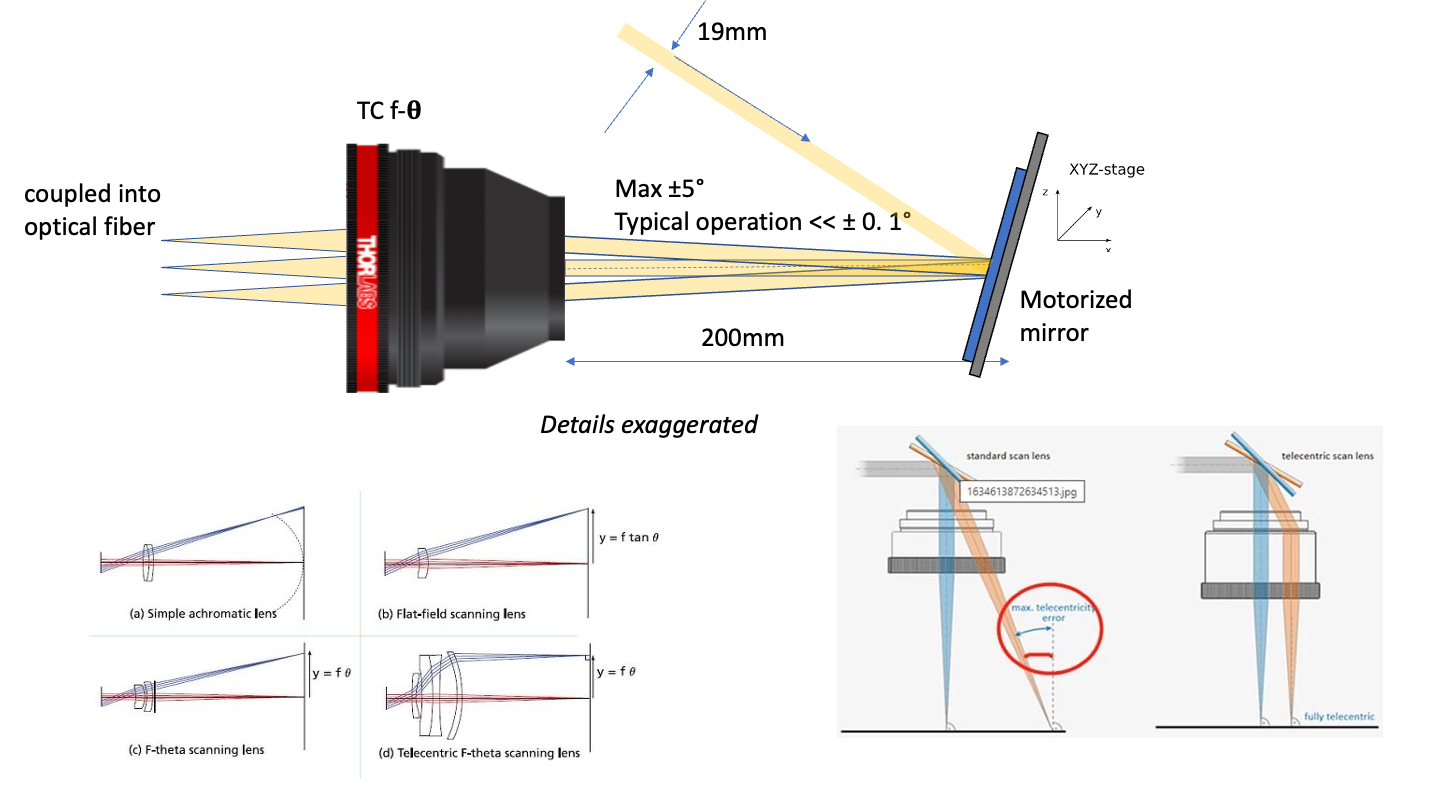
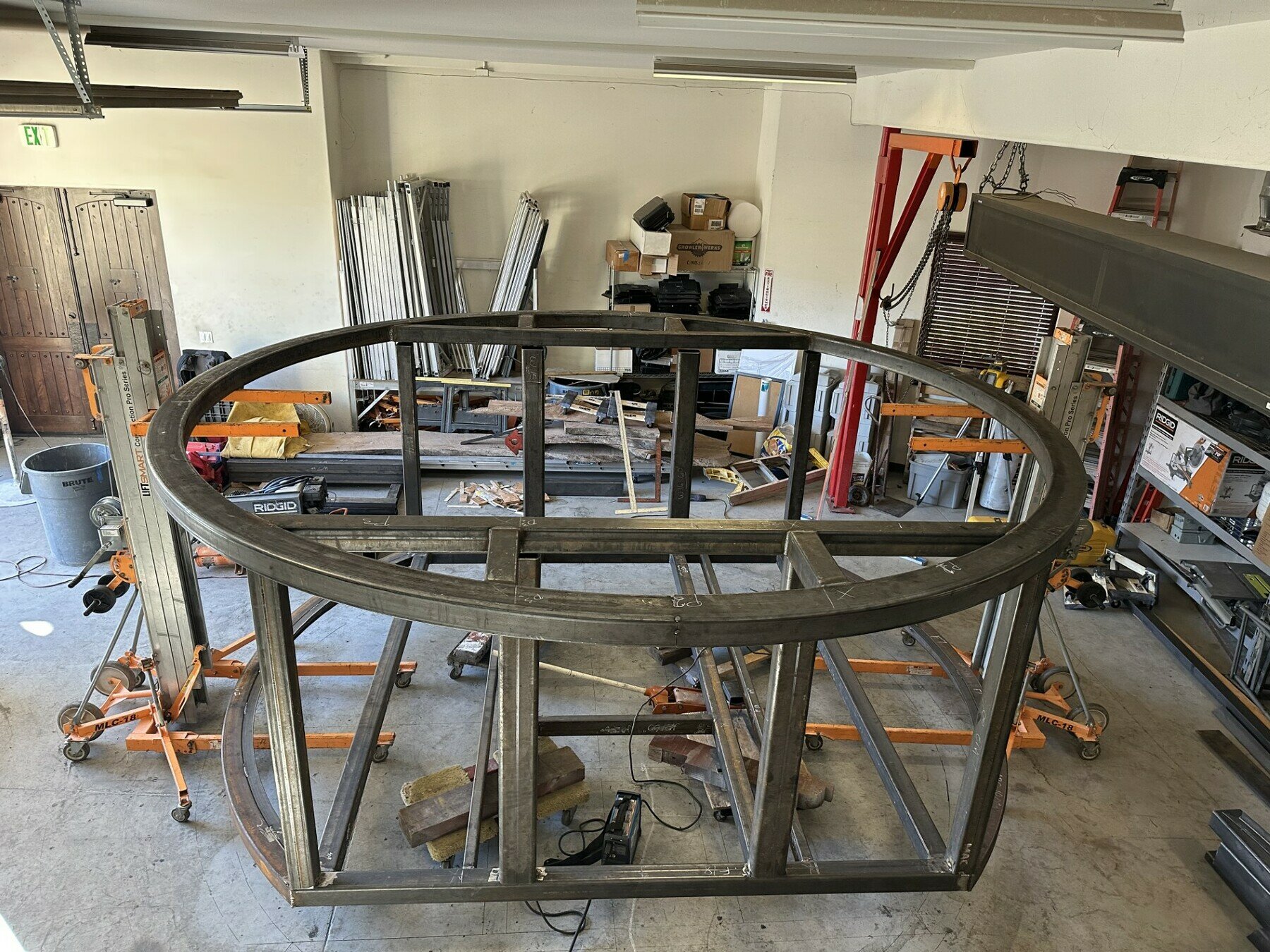
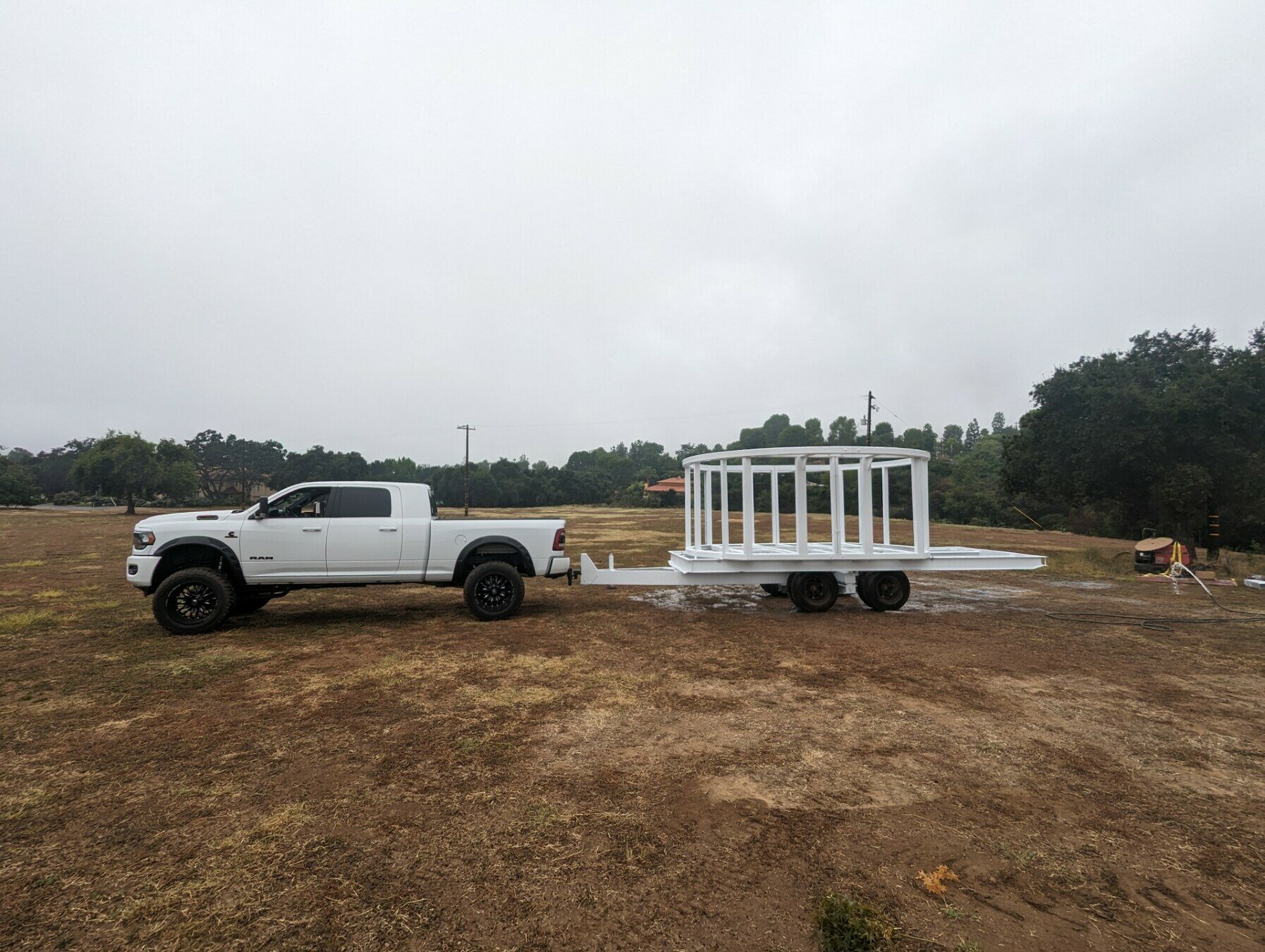
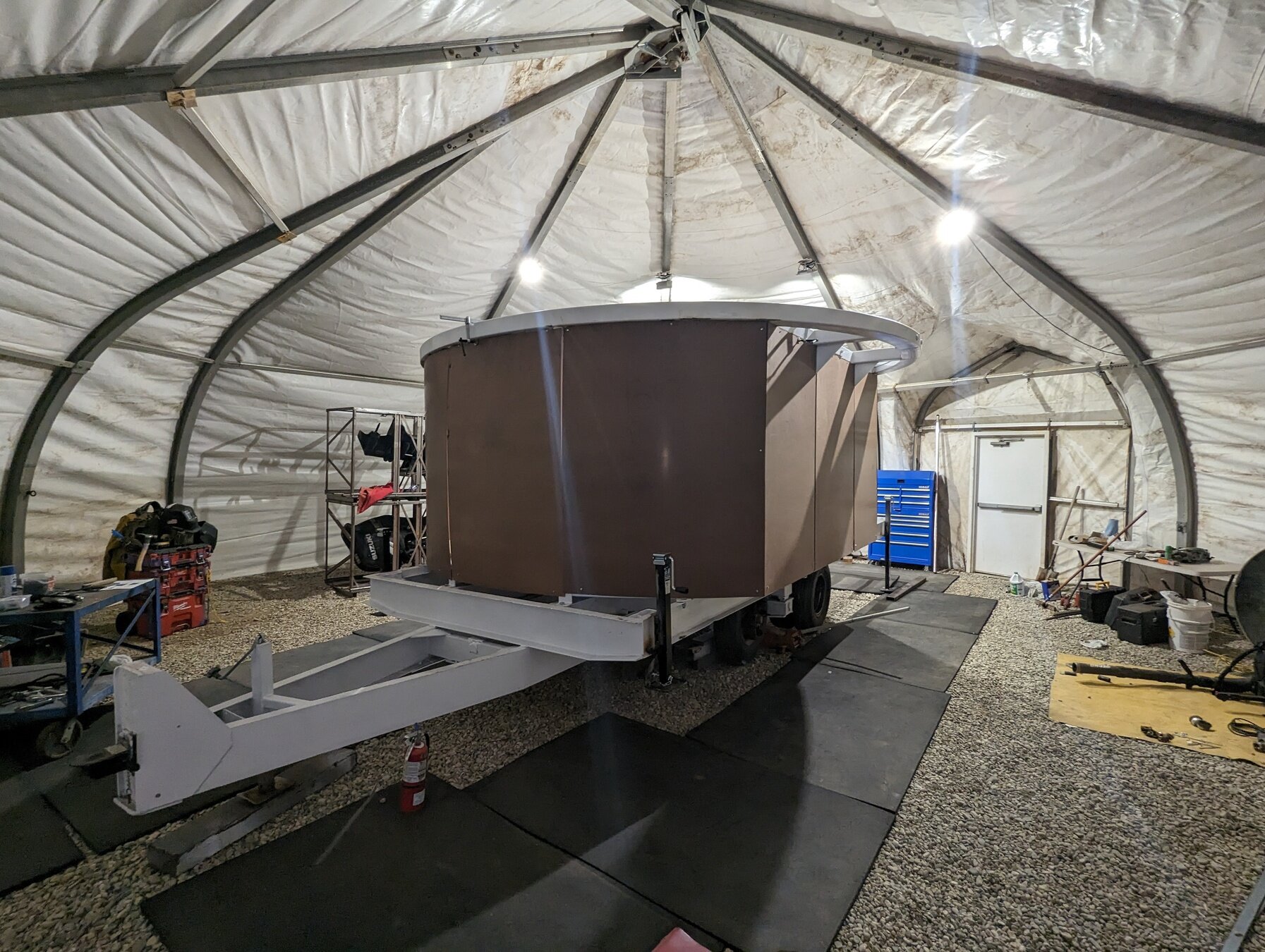
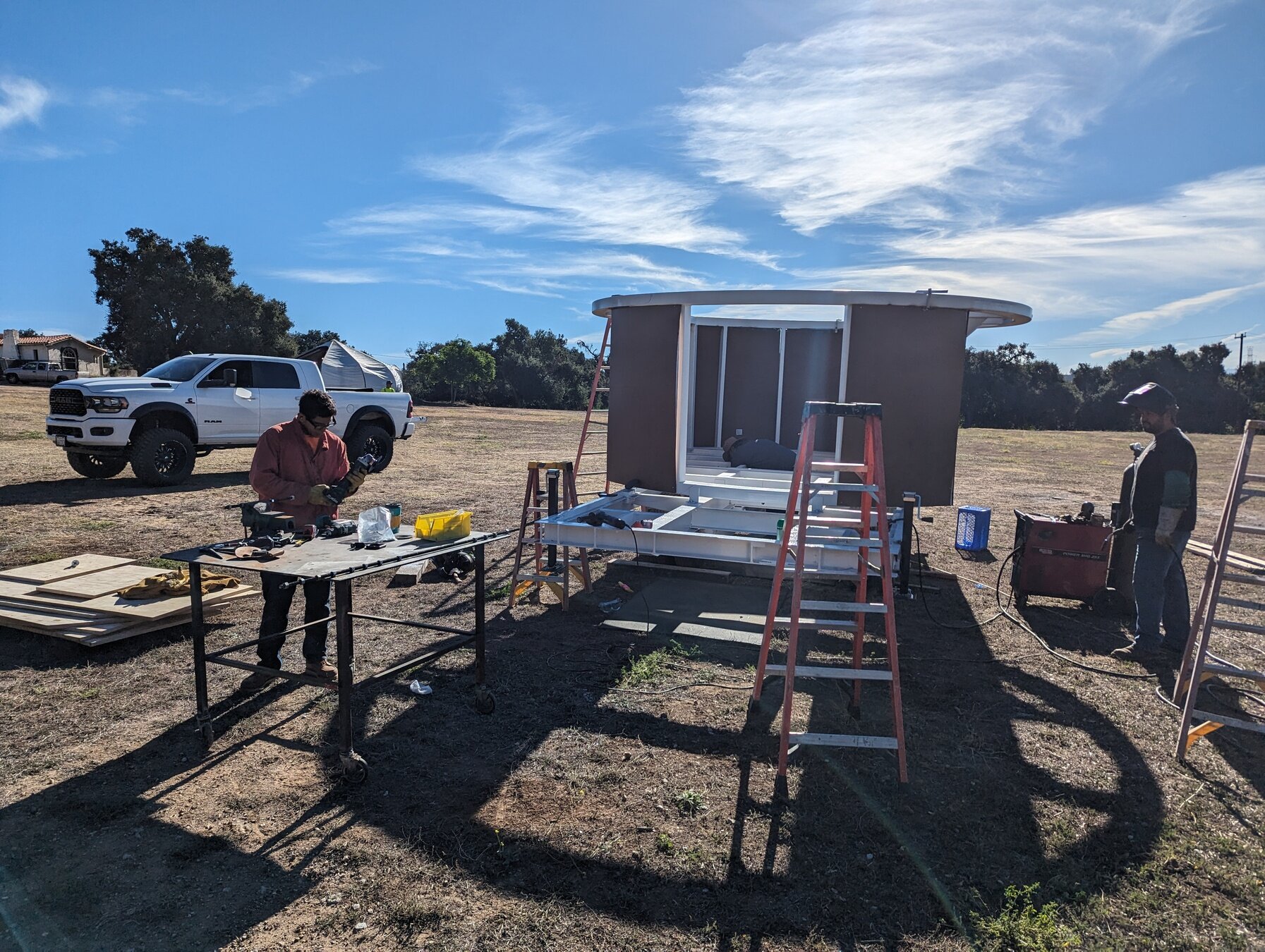
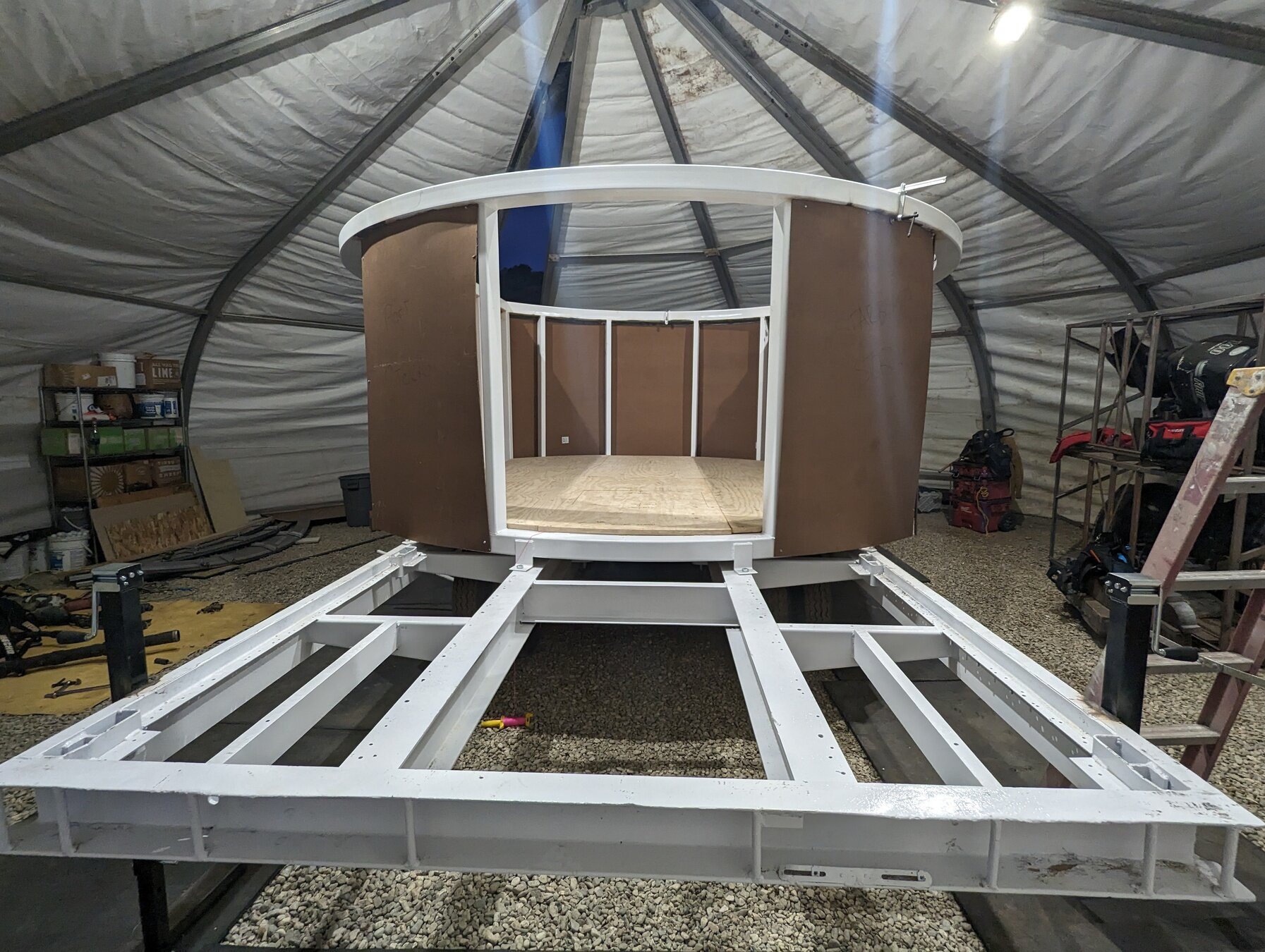

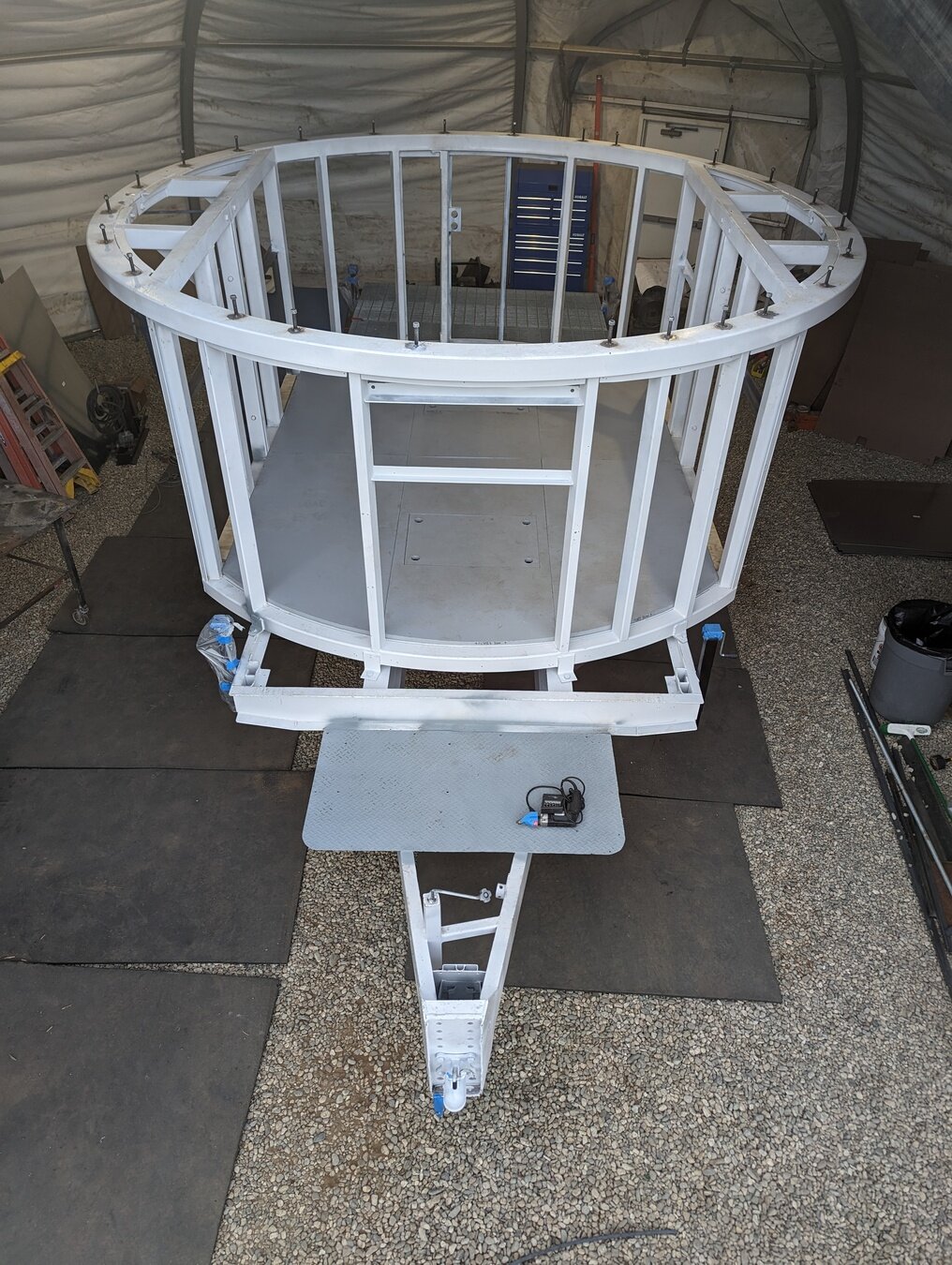
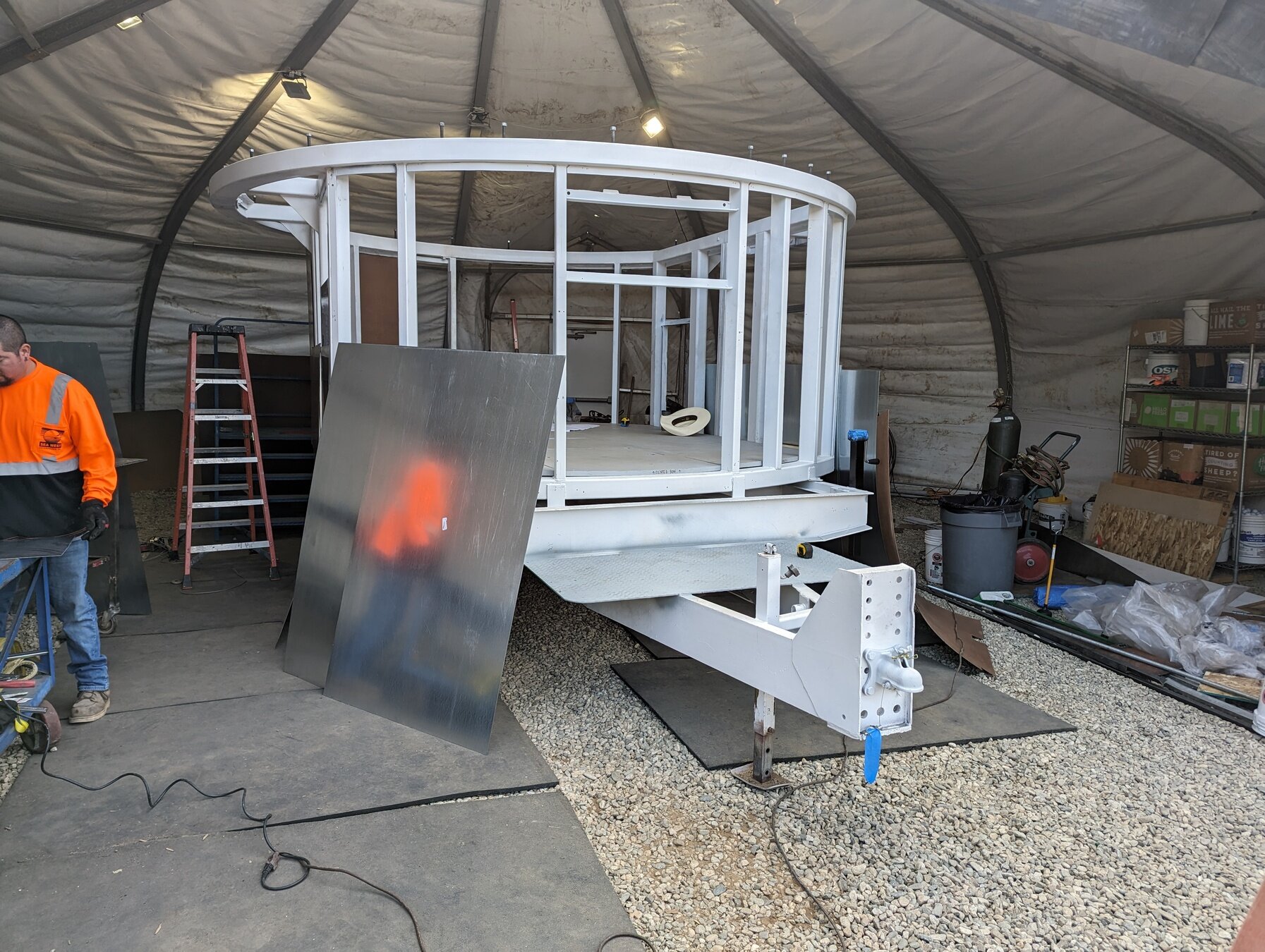



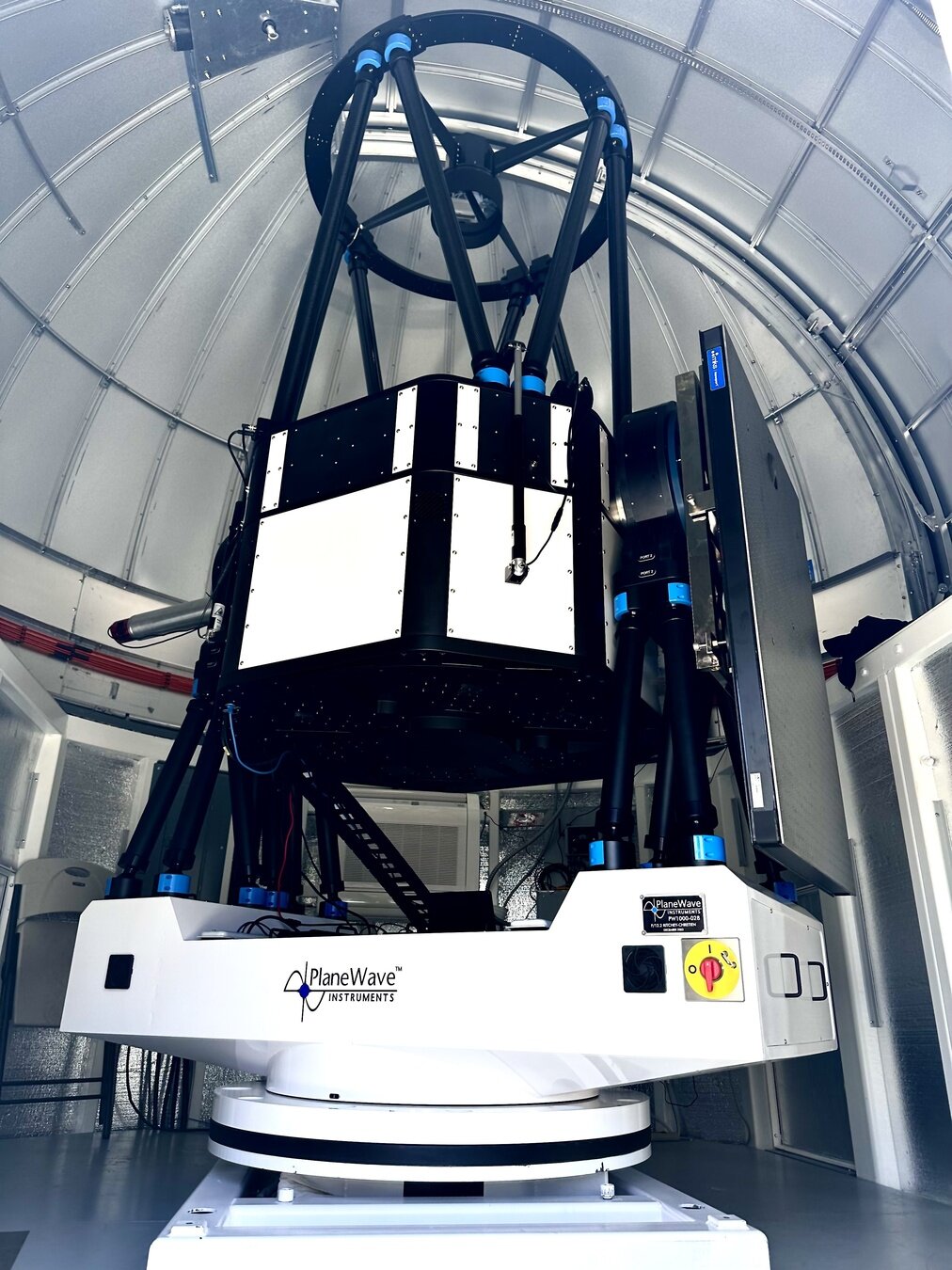
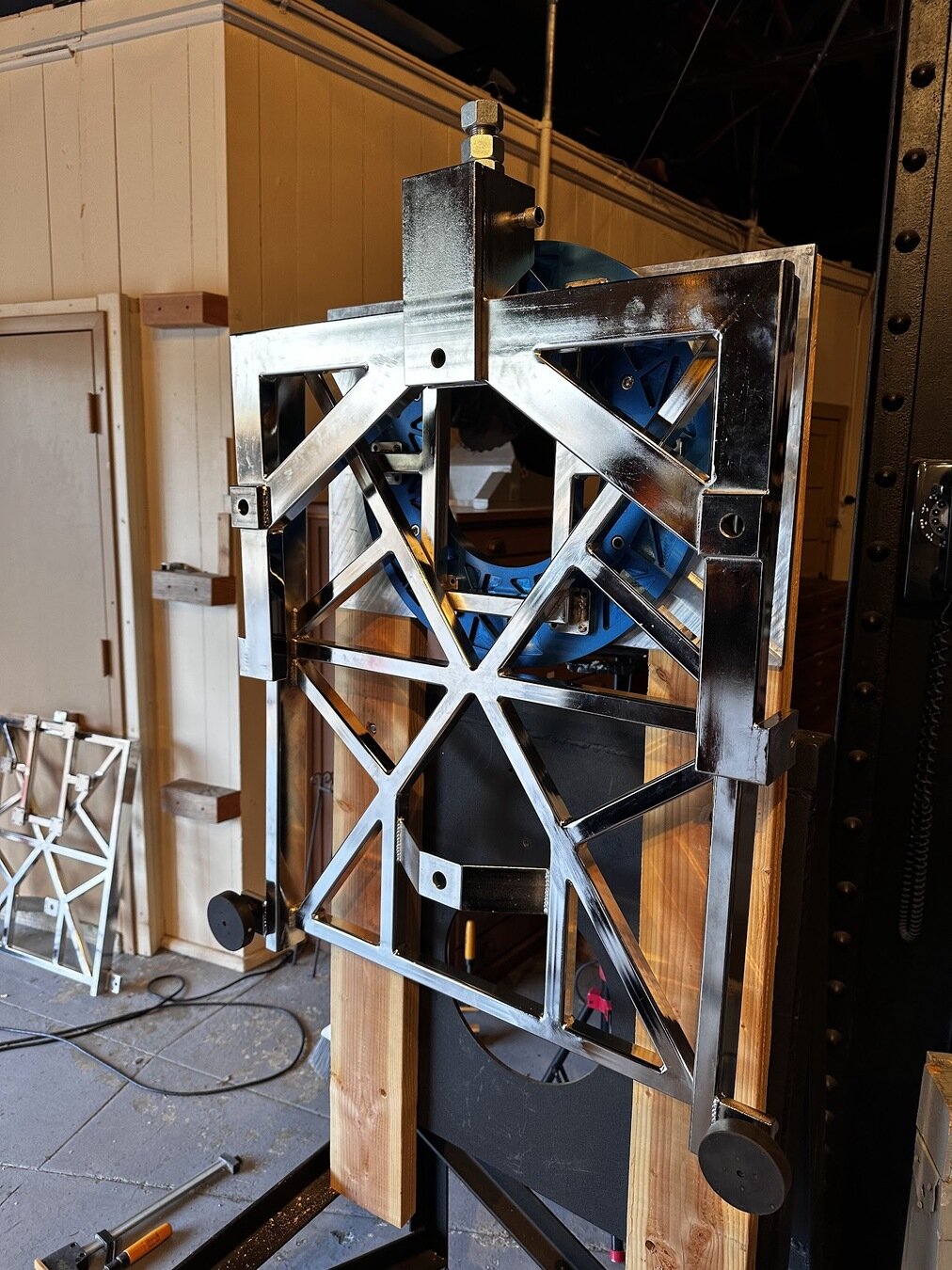
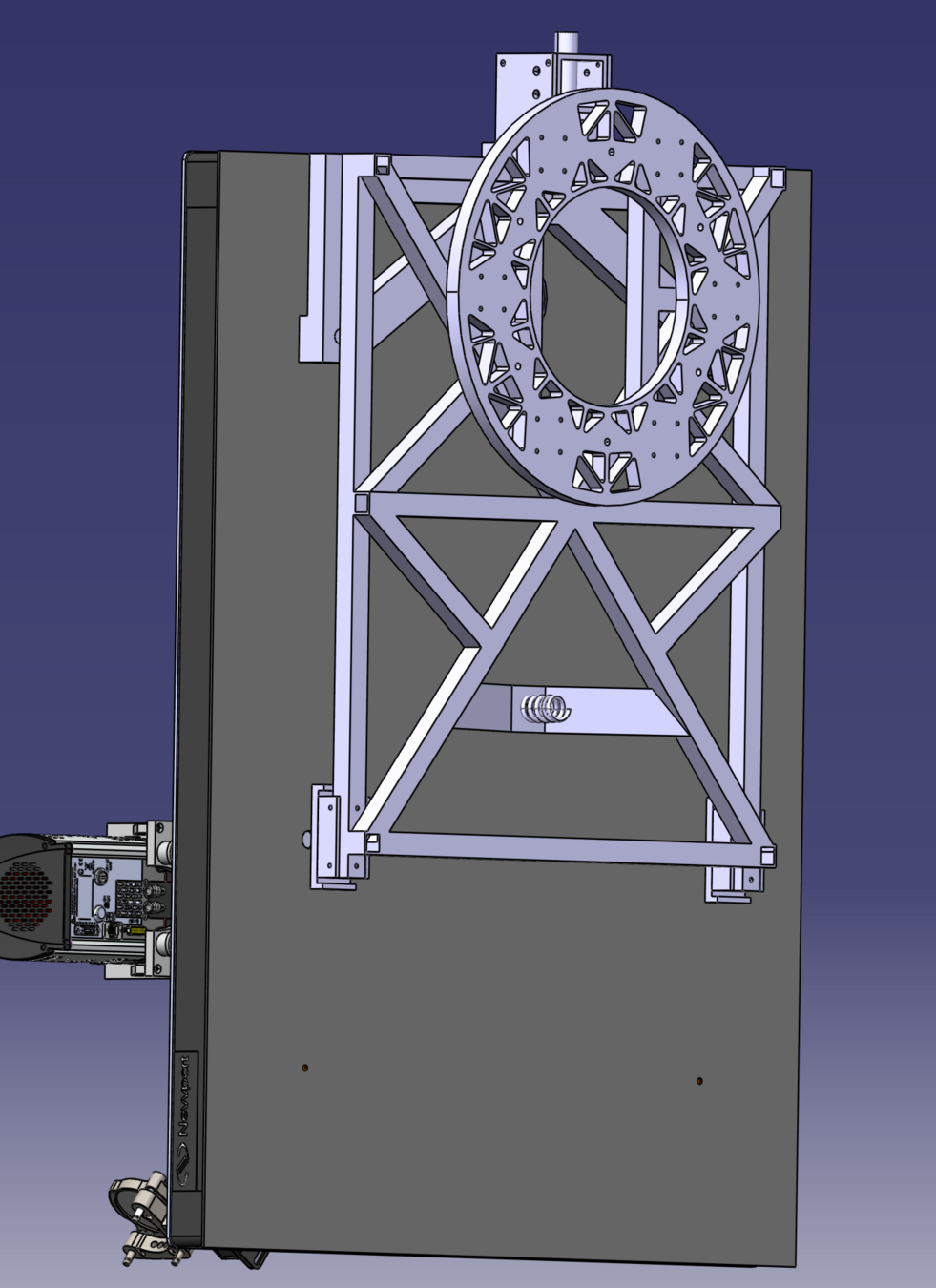


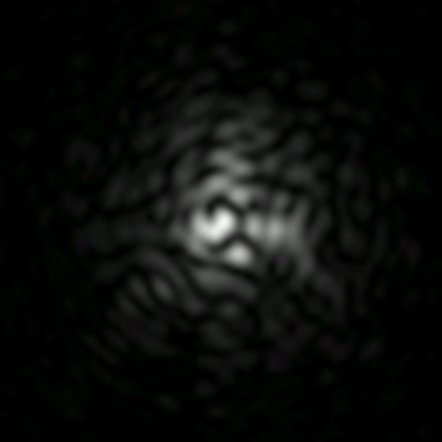
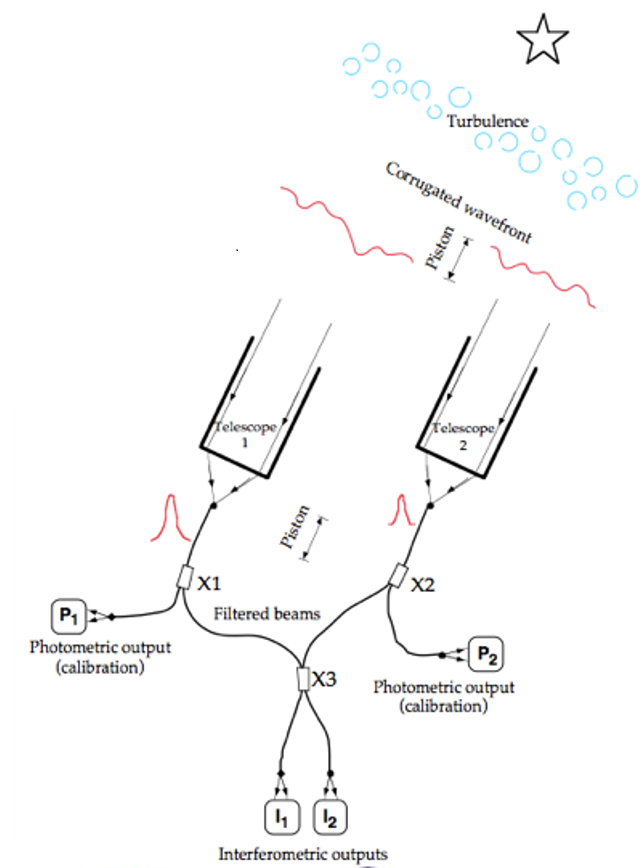
All we have to measure is light from a distant star.....so how can we find out so much about them?
flux
spectra
position
wavefront
What can we measure from light?
Characteristics
-
Intensity ("flux")
-
photometry
- magnitudes
- transits
-
photometry
-
Wavelength ("color")
-
spectrum
- radial velocity
- composition
- incandescence
- emission
- absorption
-
spectrum
- Interference
- Polarization
- Timing



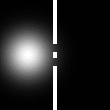
Old but interesting. Perhaps a reader is ready to modernize the list?? I believe this is from Shapley's book "Beyond the Observatory."
******************
“Thirty Deductions from a Glimmer of Starlight”
Harlow Shapley
… let us return to a consideration of what modern astronomers can find out about a single star. I shall list here thirty facts that we can now deduce from appropriate studies of a single star image. The first eighteen of these facts can be discovered about any star.
1. The position in the sky with reference to other stars.
2. The apparent magnitude (brightness) with reference to stellar or artificial standards.
3. The color index (found by comparing the brightness in various spectrum intervals—that is, measuring the color tint: reddish, yellowish, greenish, or bluish).
4. The variability in light; it may be zero.
5. The spectral class in two dimensions.
6. The variability, if any, in spectral class.
7. The chemical composition of the stellar atmosphere and the consequent nature of the atomic transformations that maintain the radiation.
8. The approximate age.
9. Whether it is a single or double (found in various ways).
10. The existence and strength of its magnetic field.
11. The involvement with interstellar nebulosity.
12. The speed of rotation.
13. The tilt of the rotational axis.
14. The speed in the line of sight, and variations, regular or irregular in that speed.
15. The cross motion—measurable only if the distance of the star is small or the speed is great.
16. The surface temperature.
17. The total luminosity (candle power).
18. The diameter.
The next eight facts can also be learned if the star is an eclipsing binary—a double star whose light varies because the two members of the system periodically eclipse each other.
1. The mean density of the two components.
2. The period of revolution.
3. The geometry of the eclipse—and whether it is total or partial.
4. The degree of darkening at the lib.
5. The ratio of the sizes of the two components.
6. The eccentricity of the relative orbit.
7. The inclination of the orbital plane.
8. The approximate distance.
And about a Cepheid variable—a star that varies in light periodically because of pulsations—four additional facts can be found.
1. The shape of the light curve.
2. The period of pulsation.
3. The population of membership.
4. The approximate distance.
magnetic fields
For many stars, we can now add: the frequencies and amplitudes of its oscillations (asteroseismology)
presence of planets
Let's consider the state-of-the-art in "single star images" - resolved interferometric imaging in the optical can yield:
* Stellar shapes - eg. particularly oblateness for rapid rotators
* Surface brightness distribution - including star spots, stellar limb darkening, gravity darkening
* Interior temperature structure of the upper atmosphere (by inverting the limb darkening)
* For rapid rotators, gravity darkening can directly indicate the degree of convective versus radiative energy transfer
* And the star spots can make Bryan happy by giving insight into magnetic fields 😎
CHARA-Carnegie
By Nic Scott
CHARA-Carnegie
- 546



